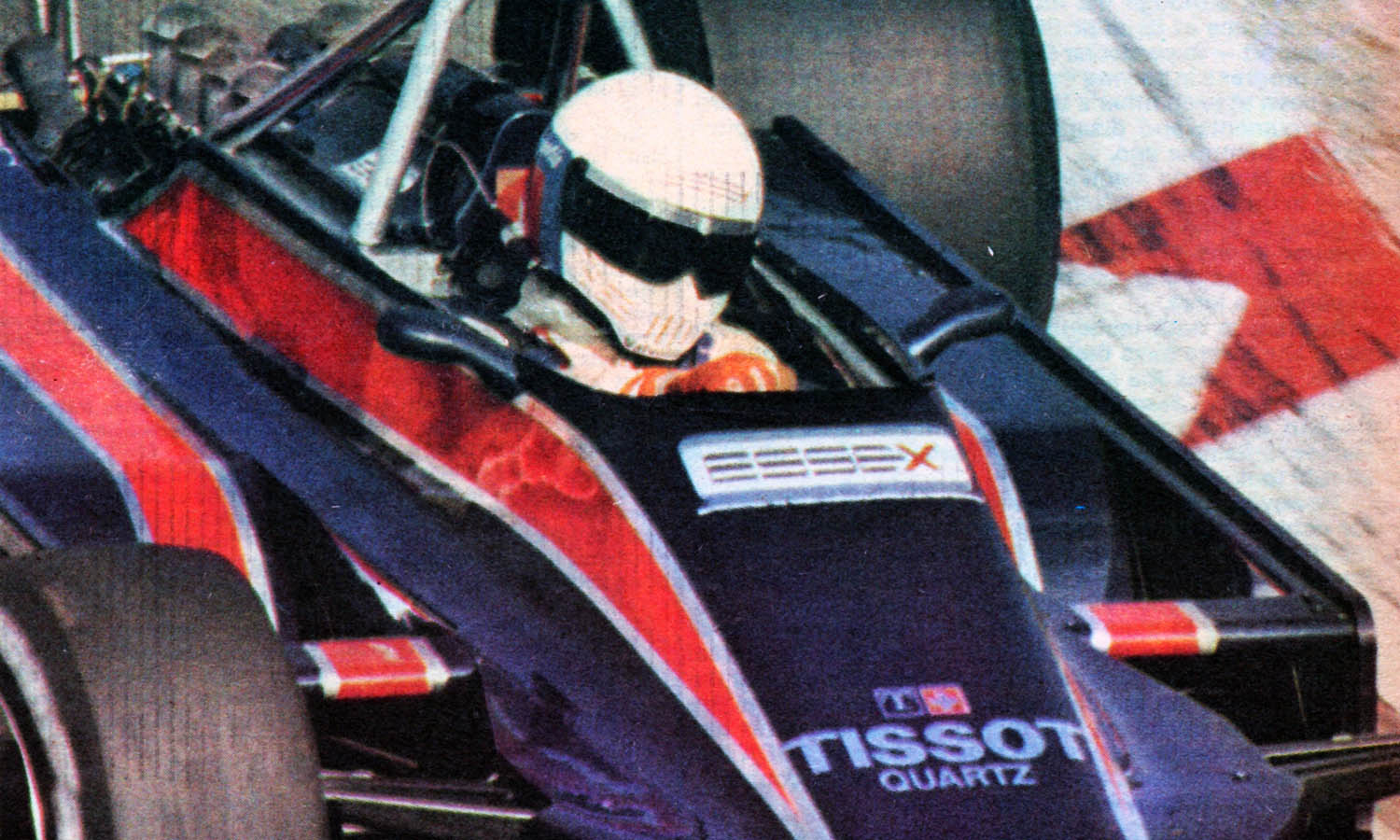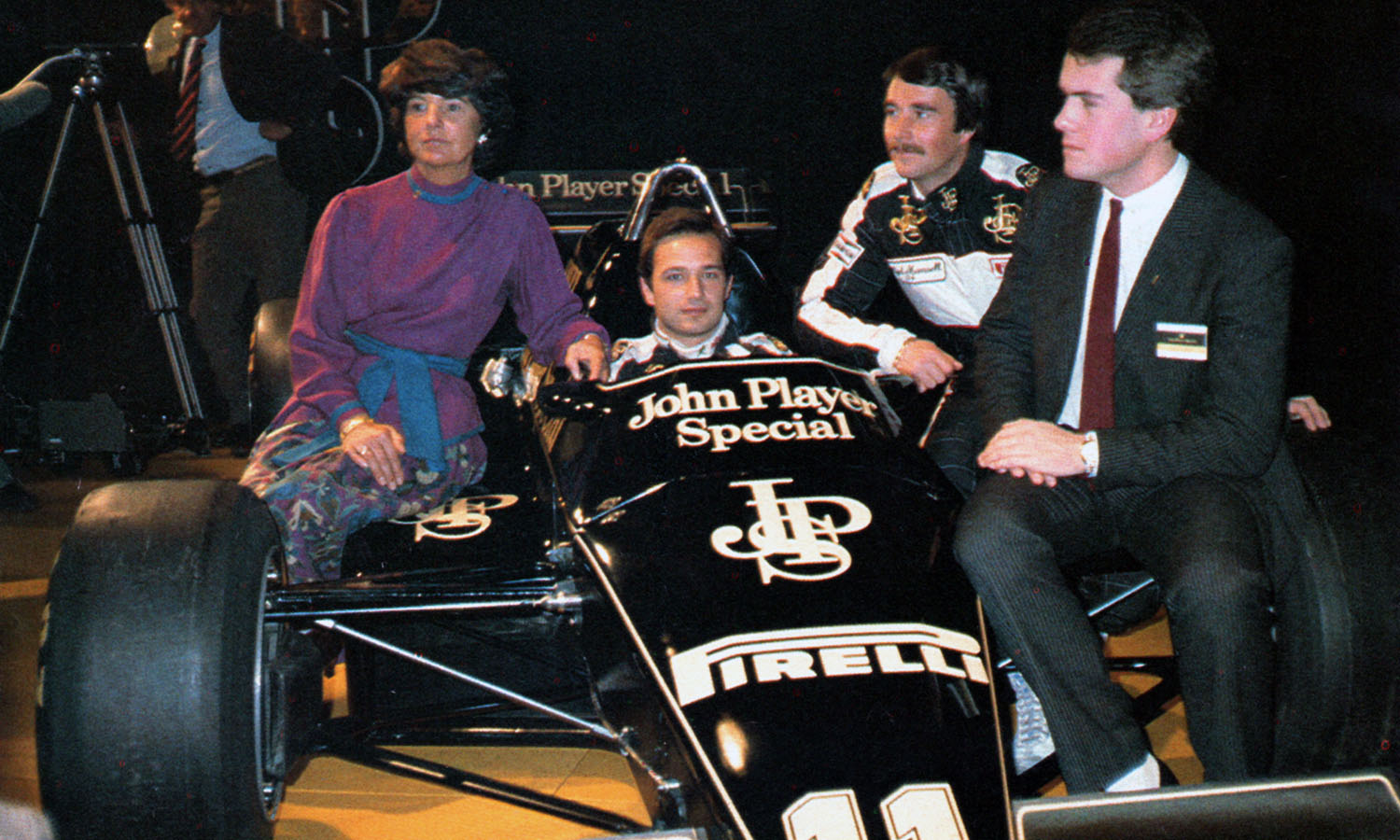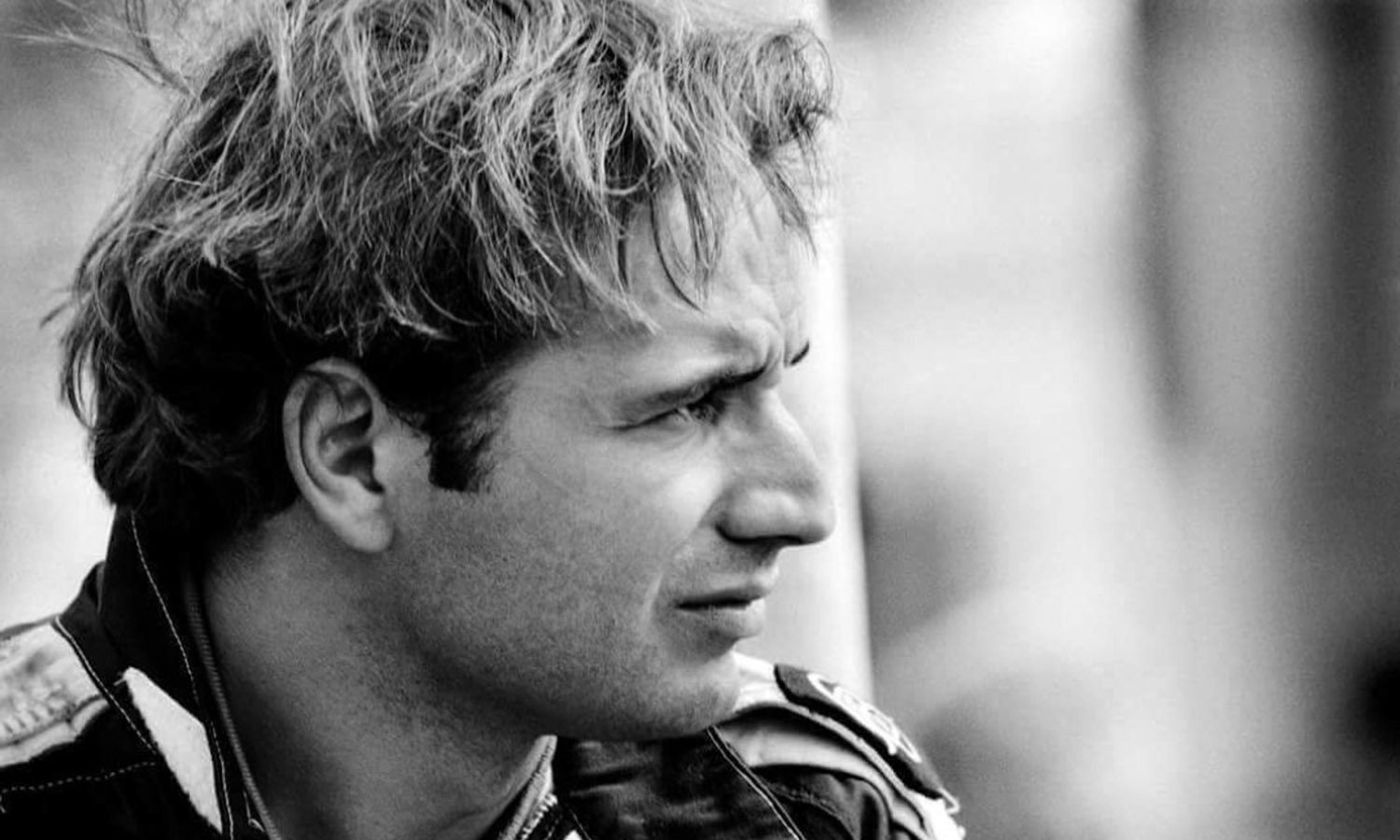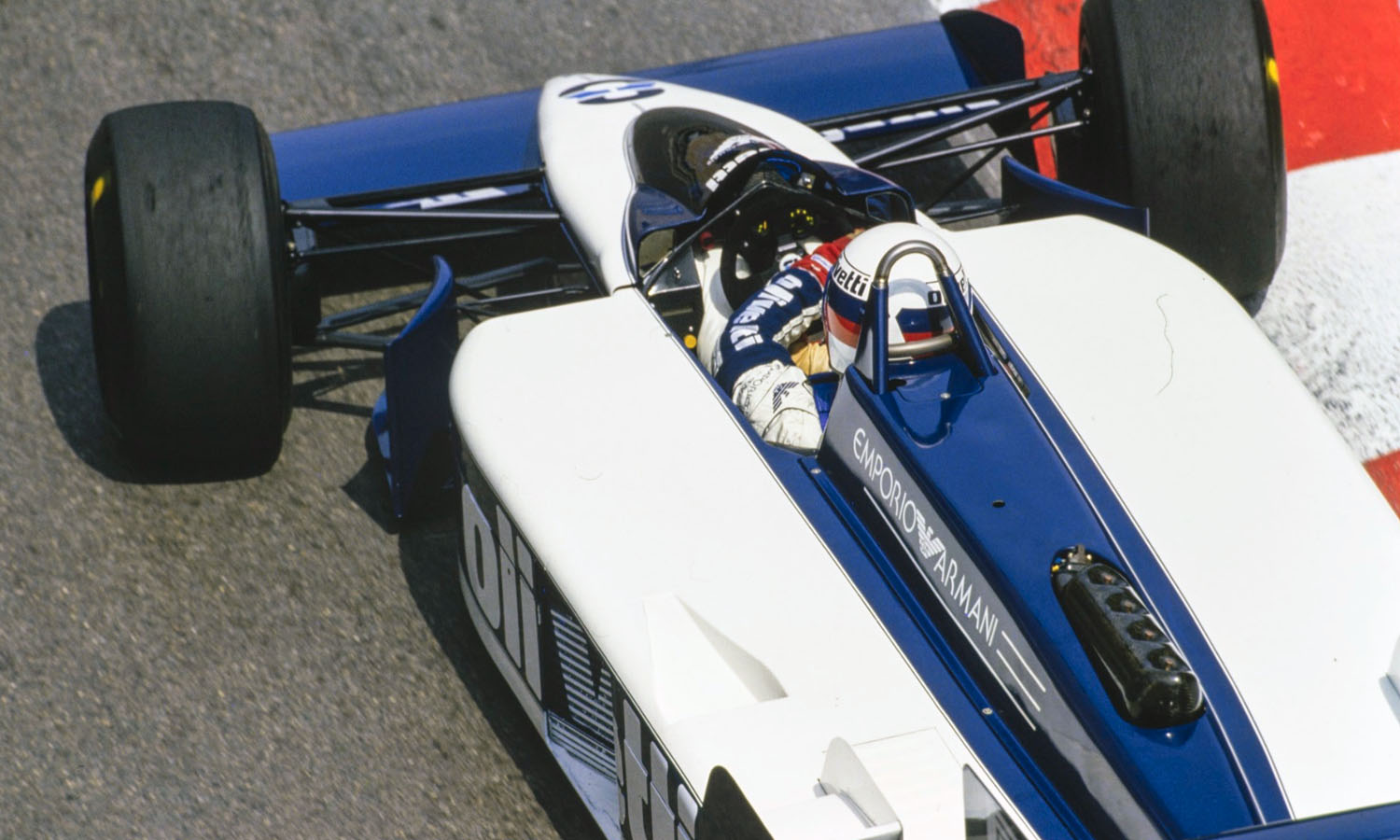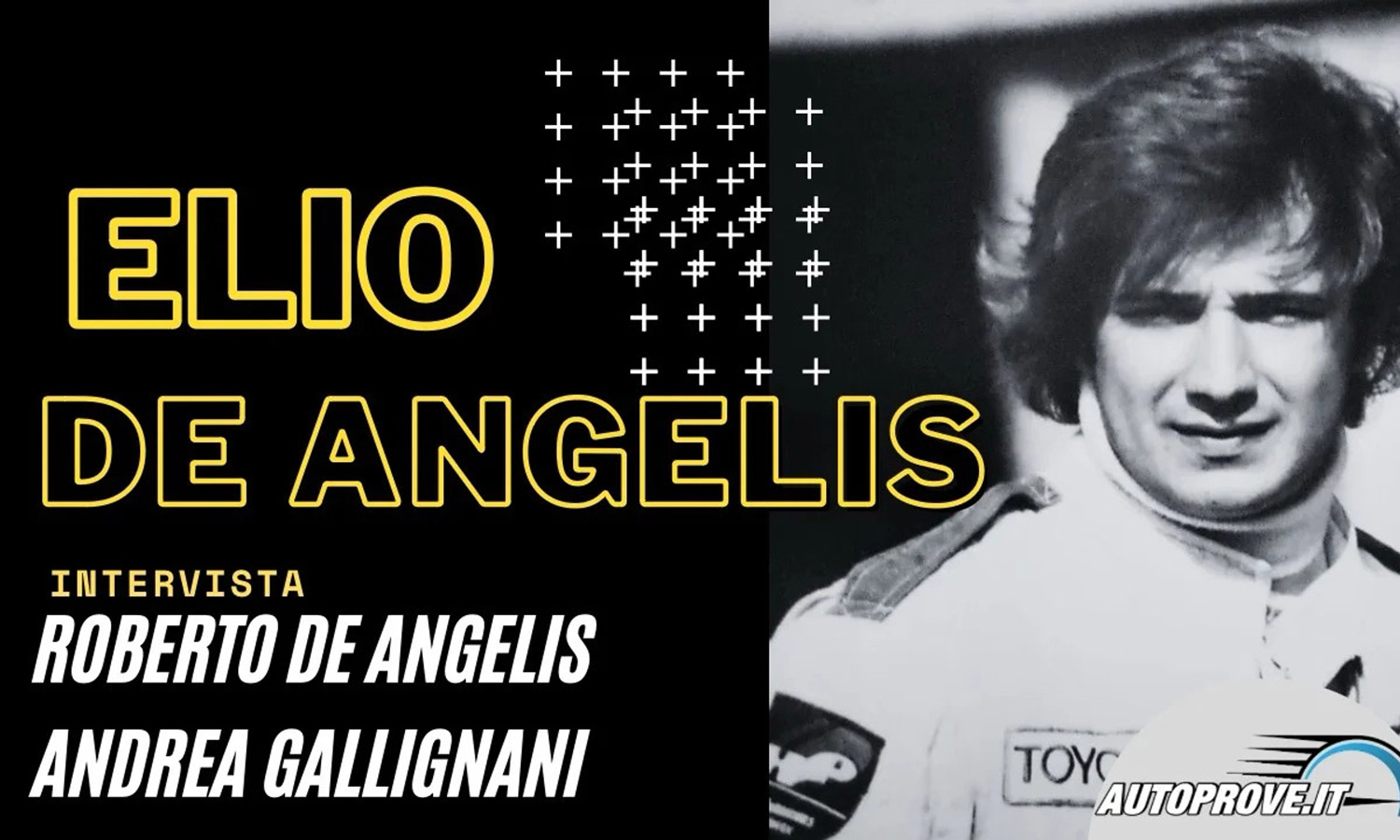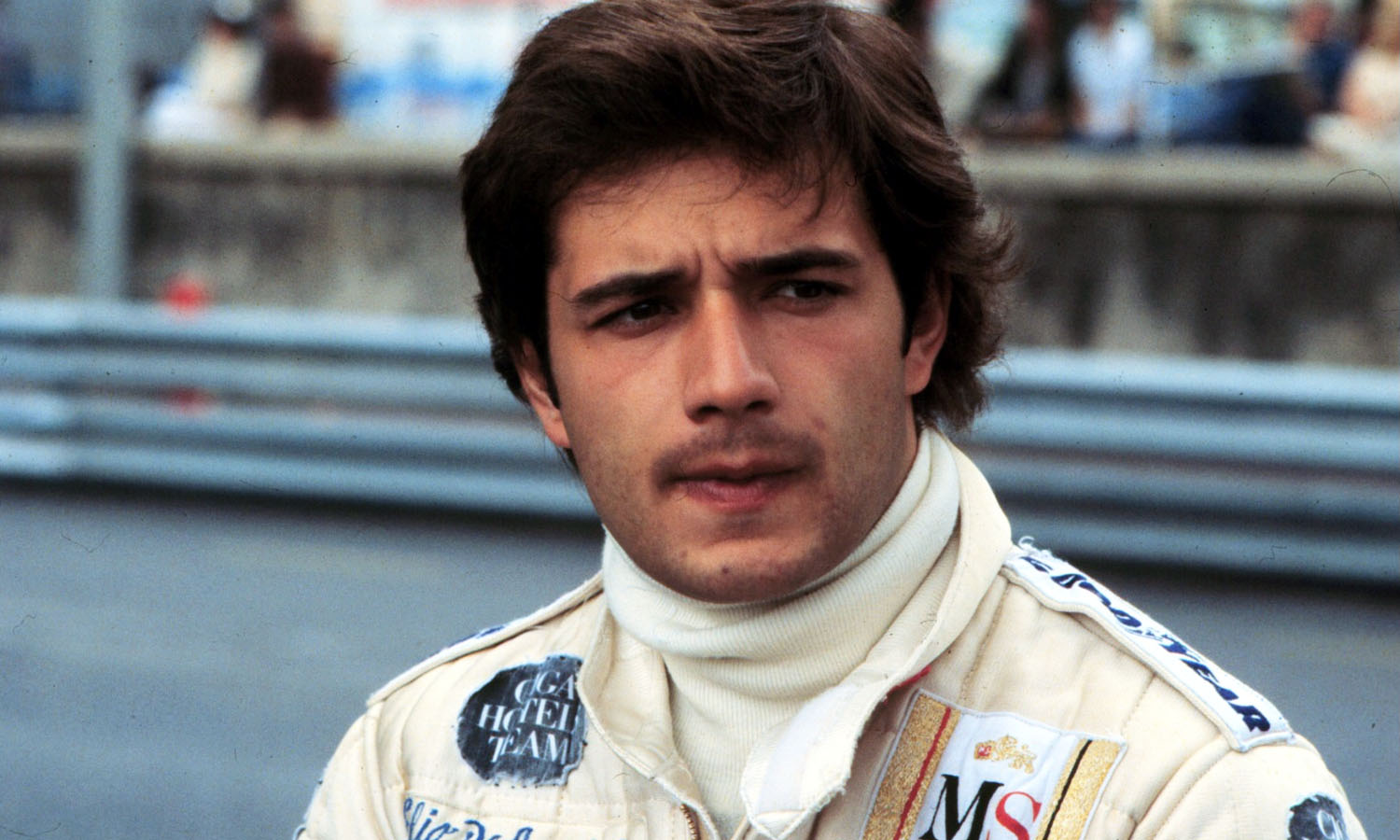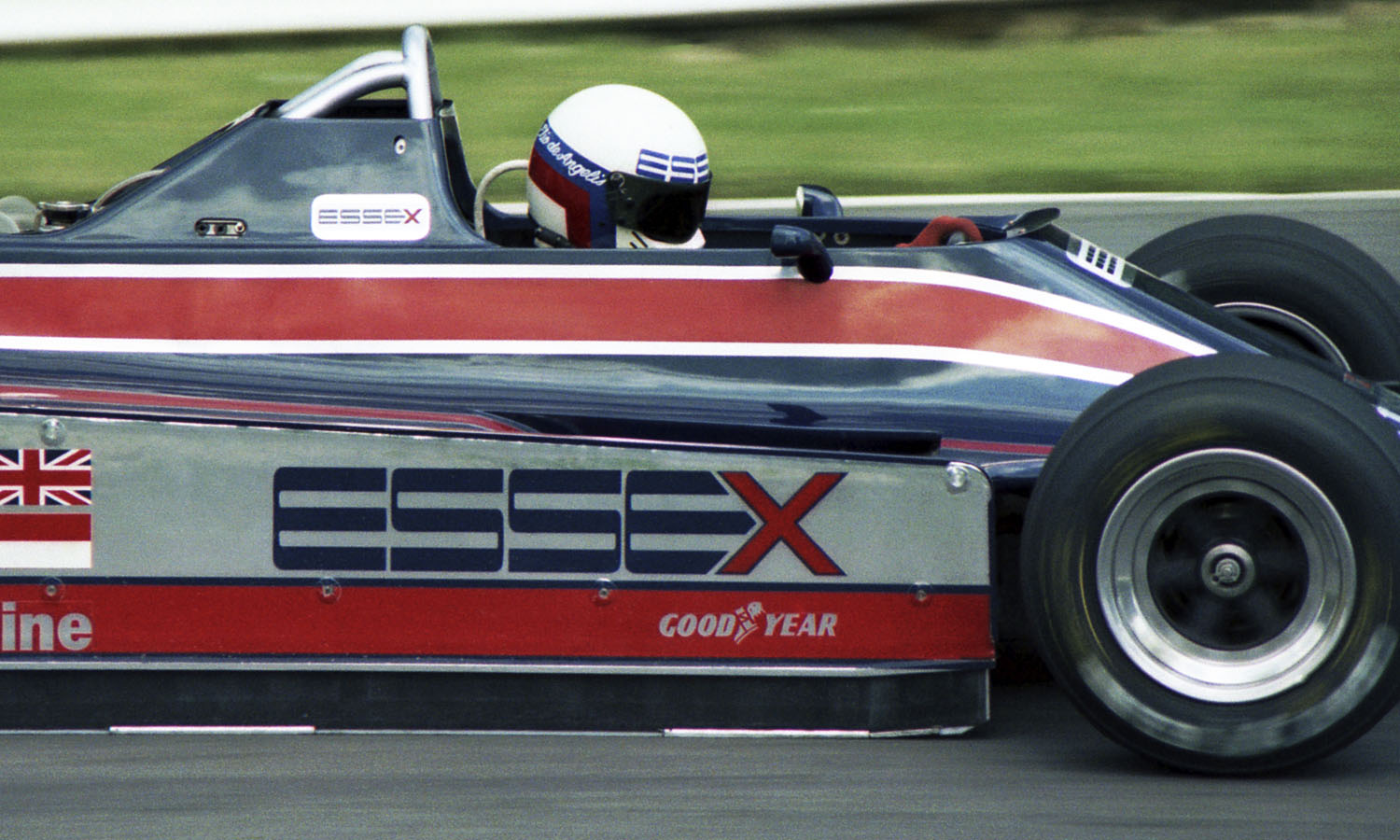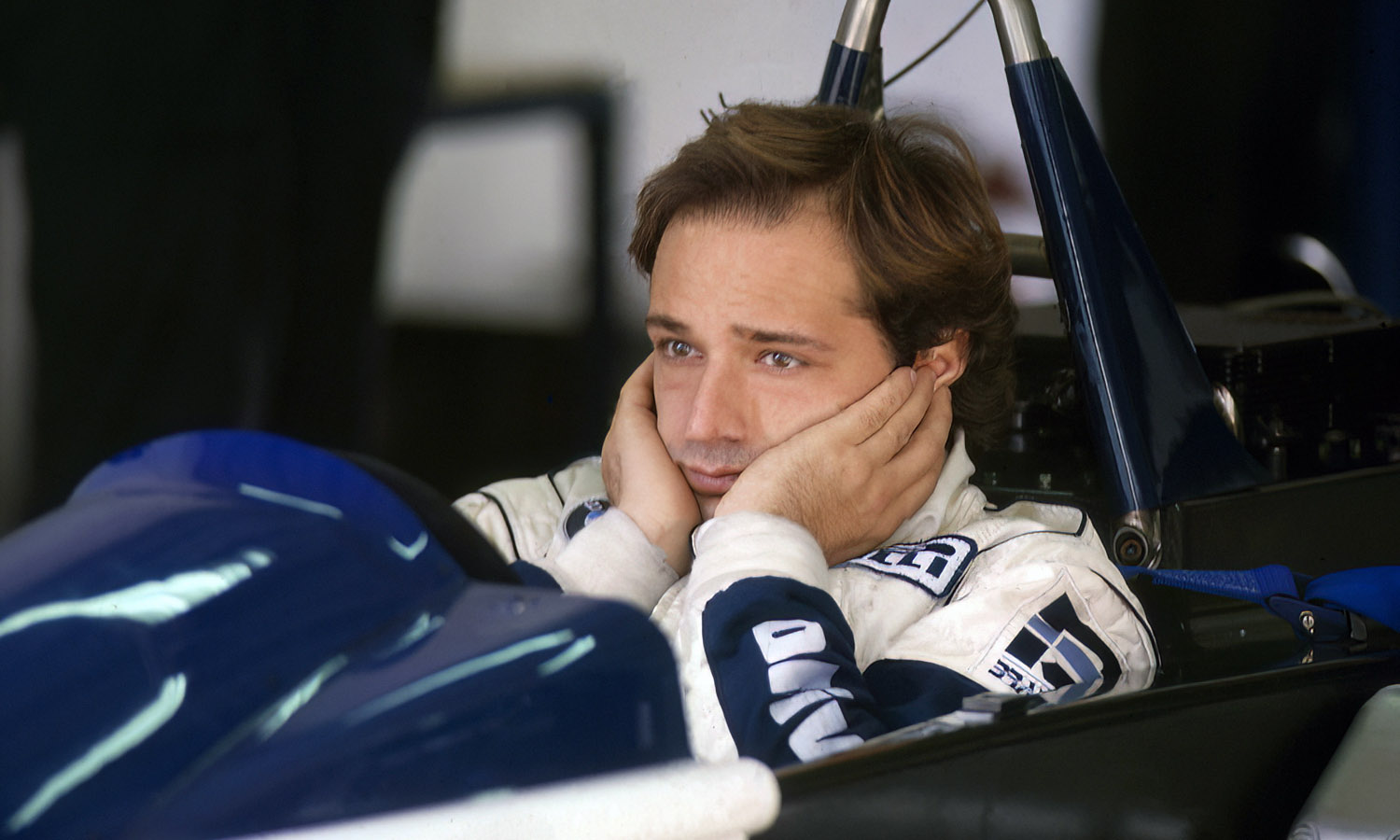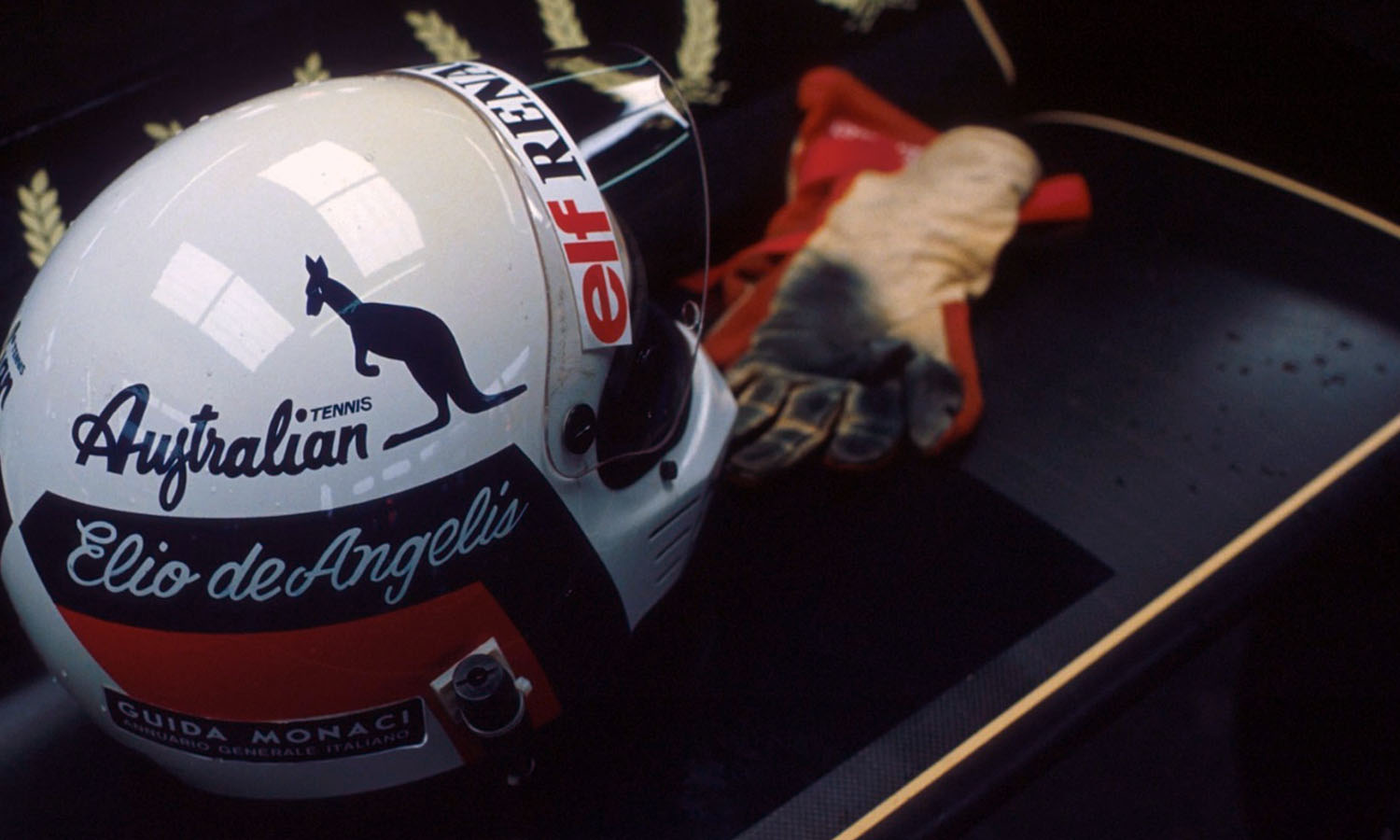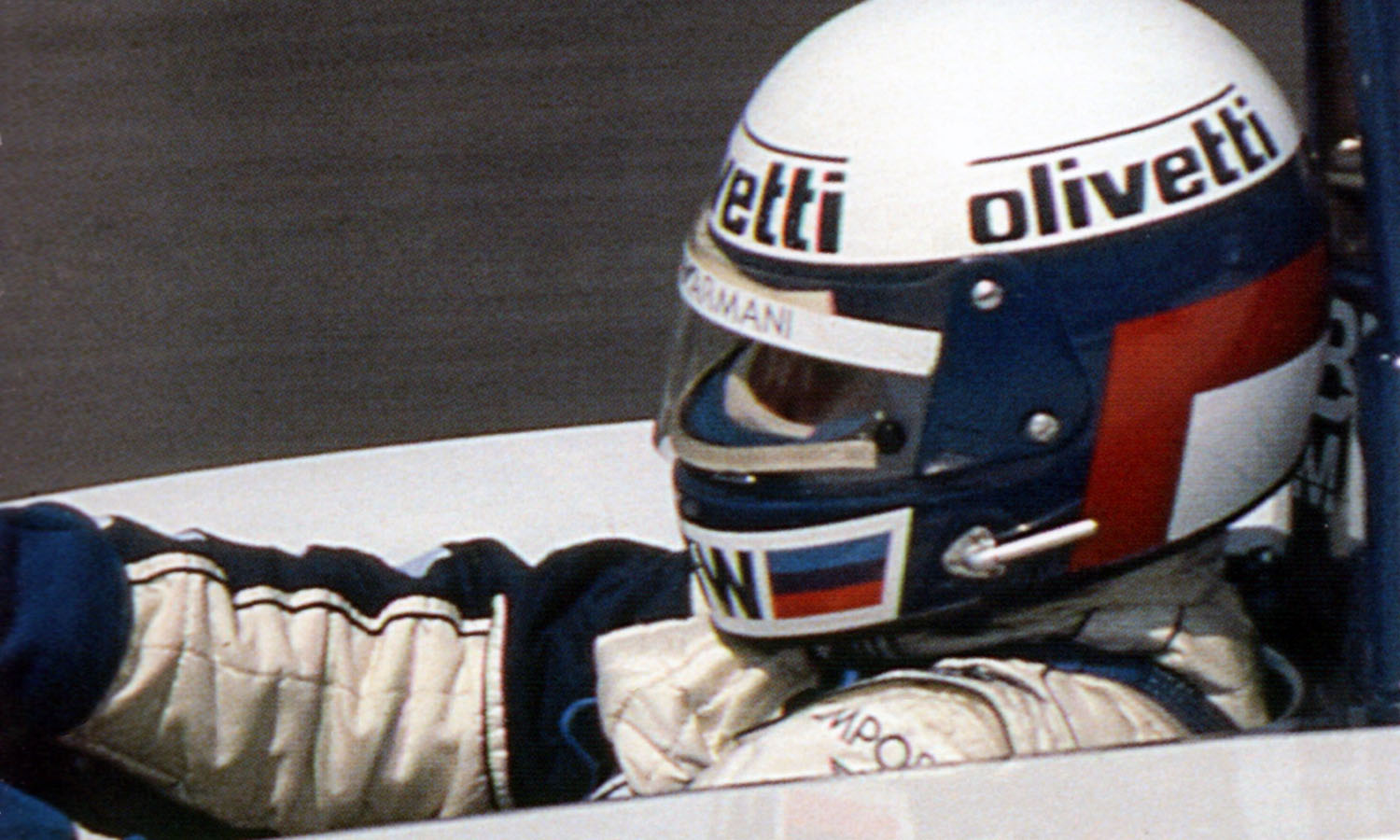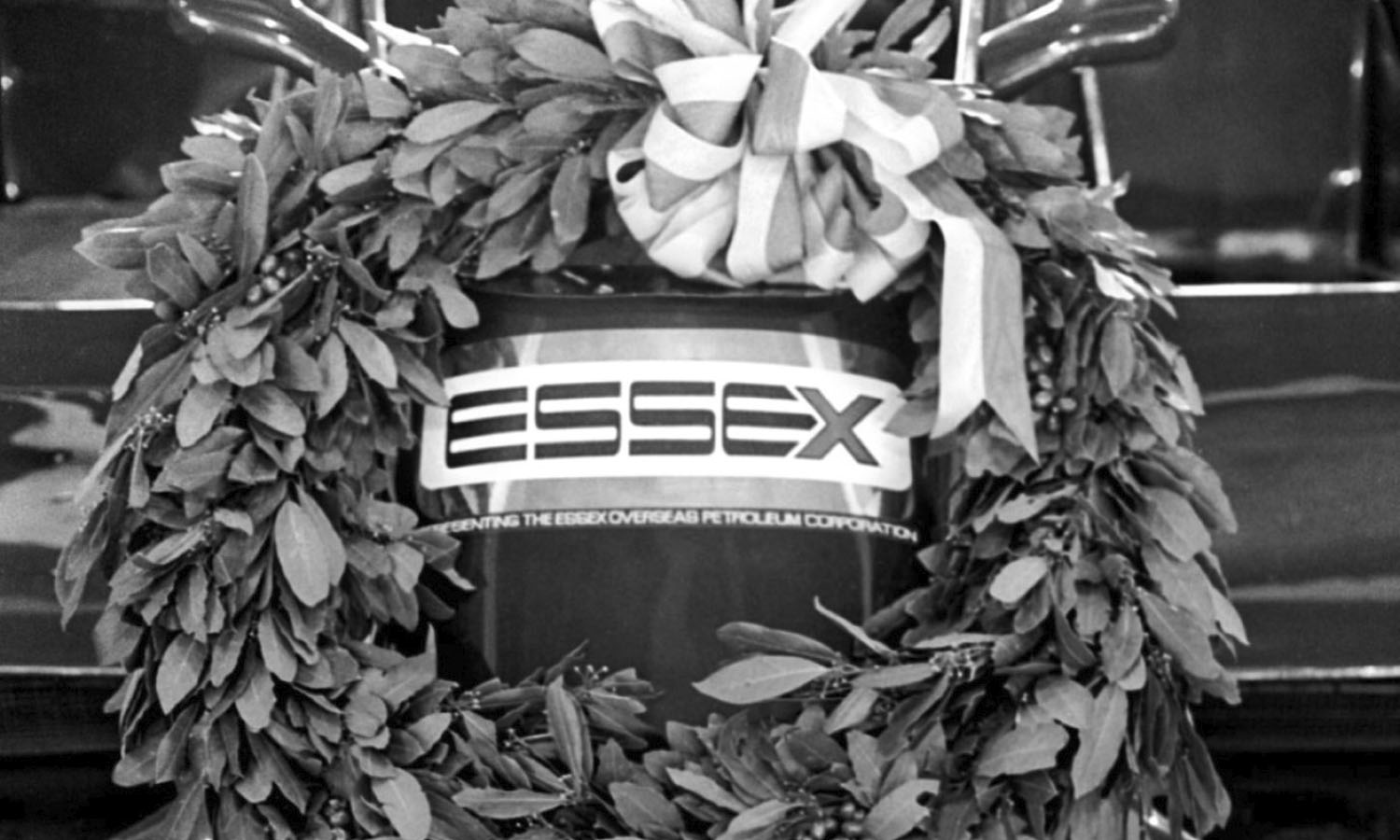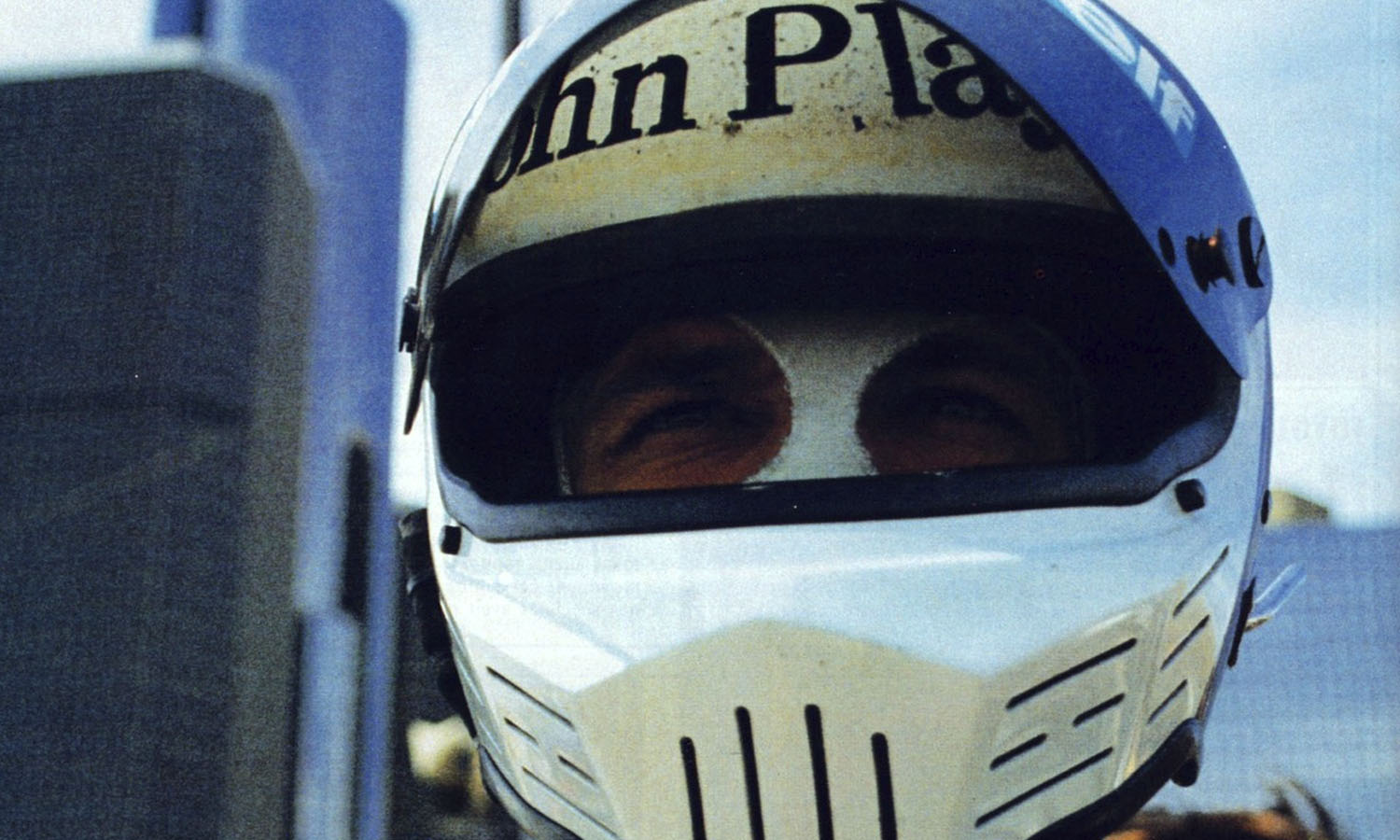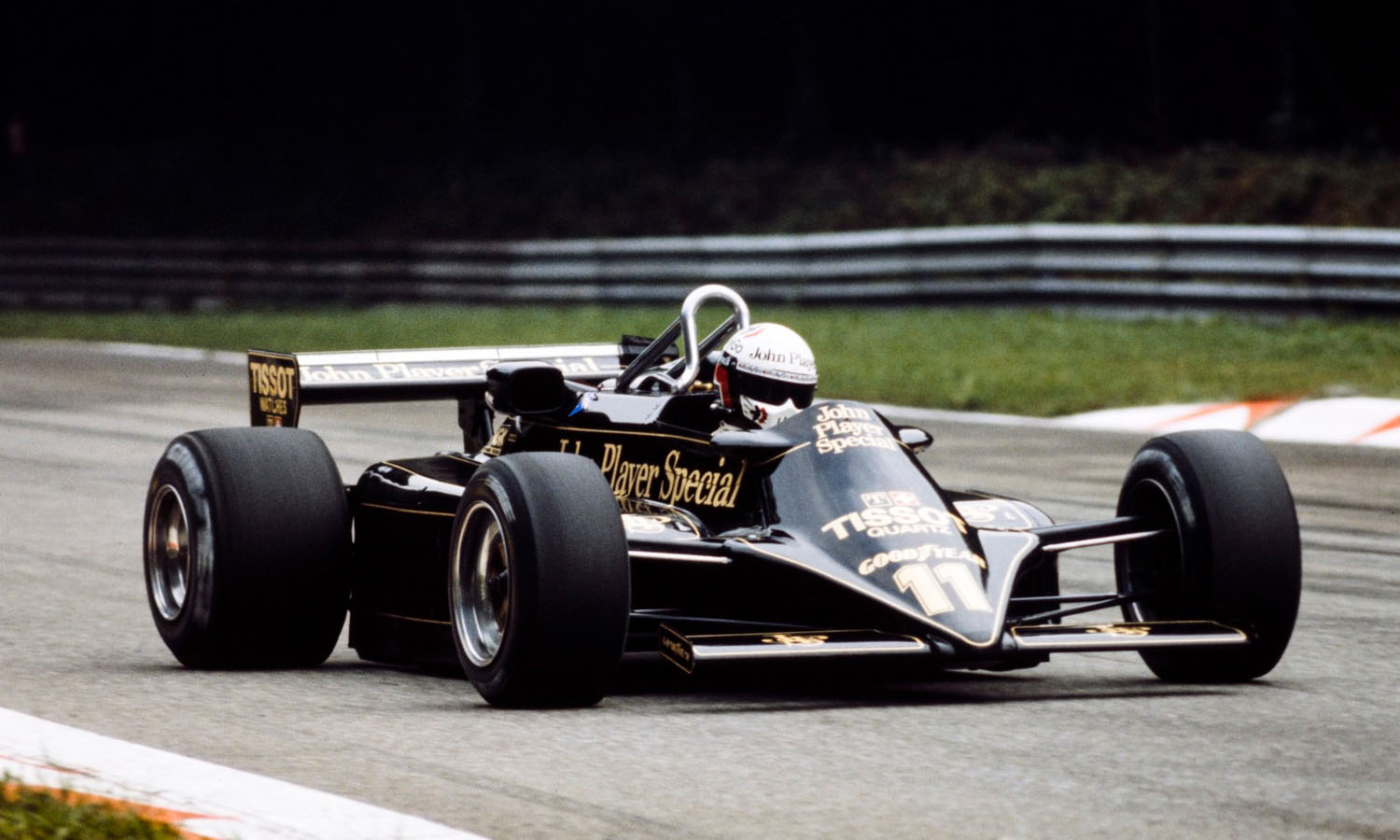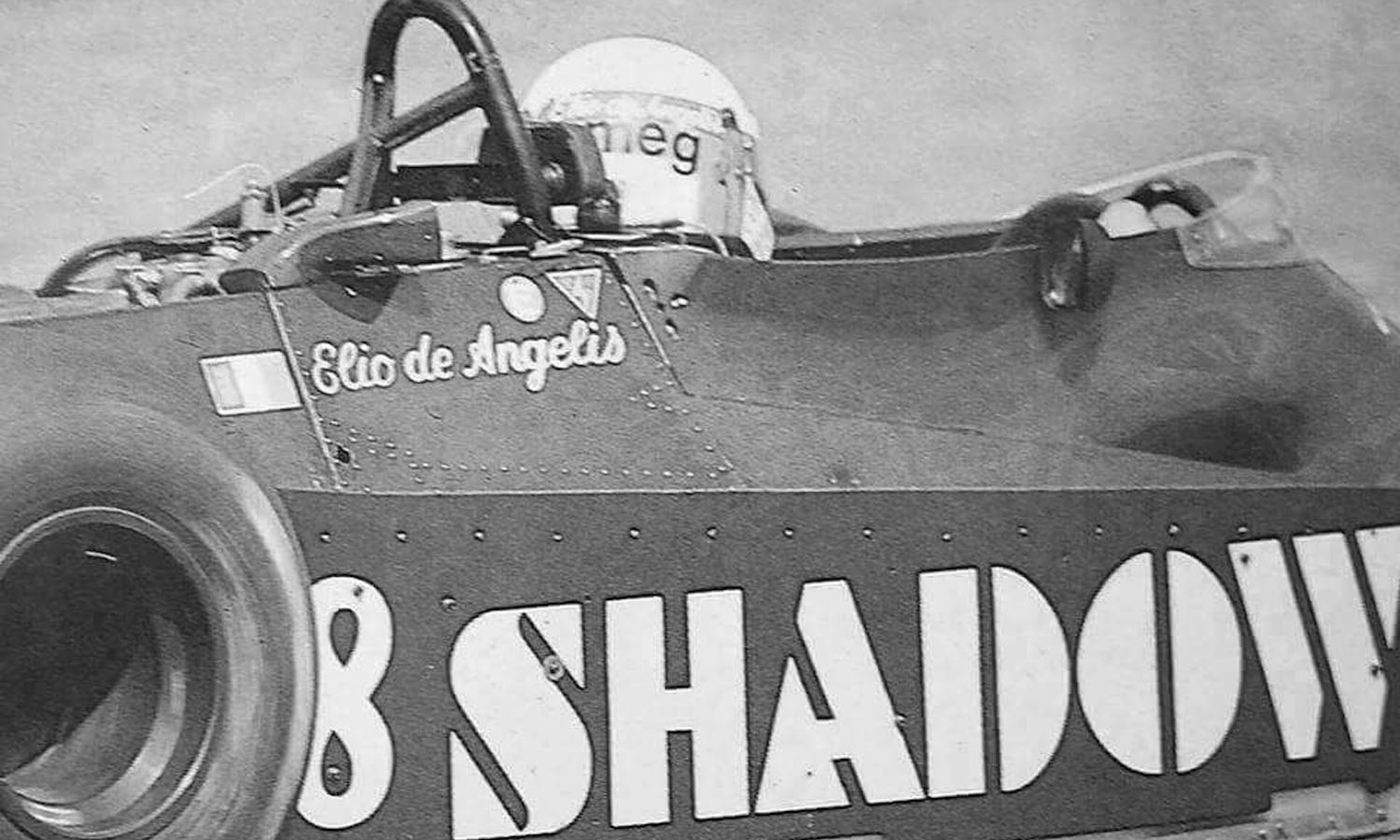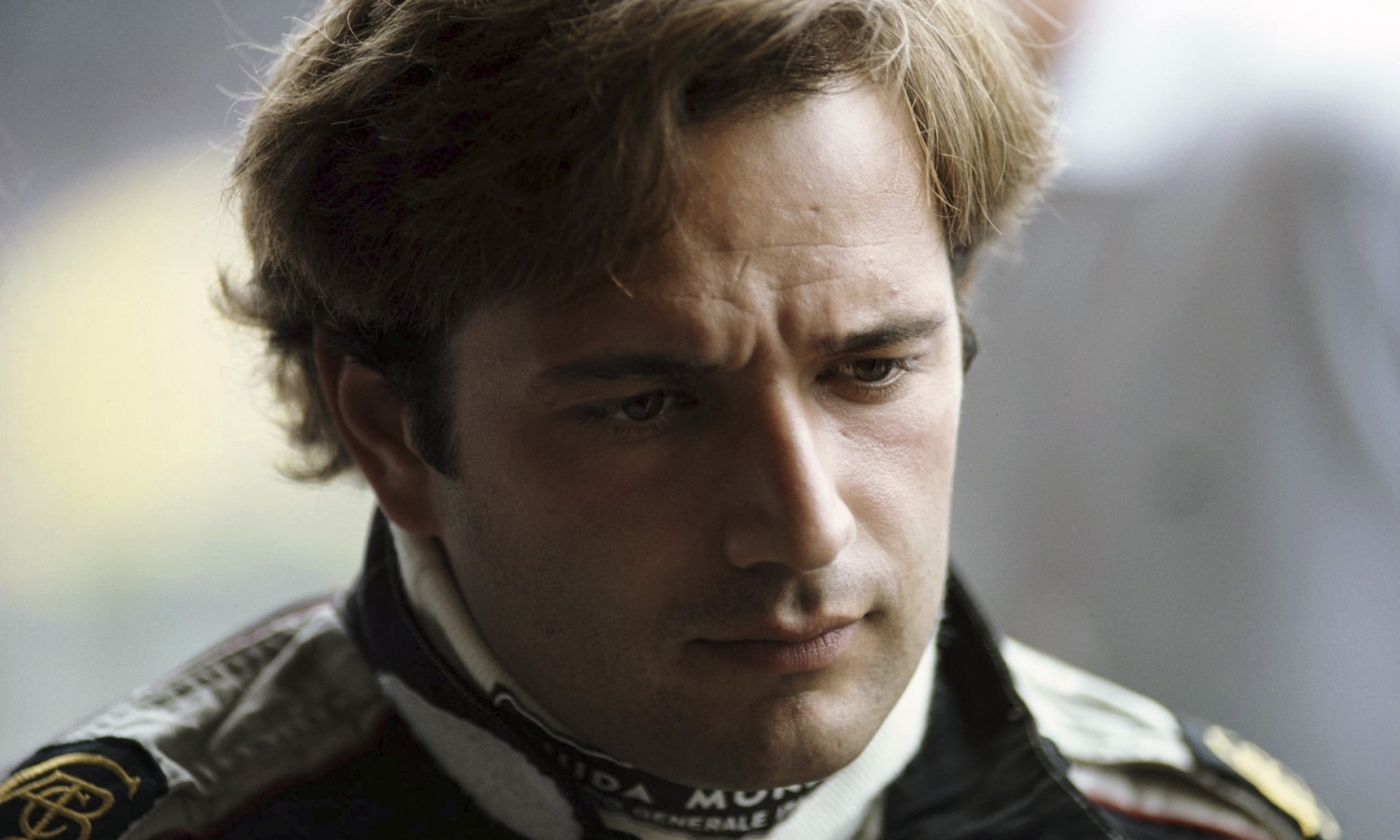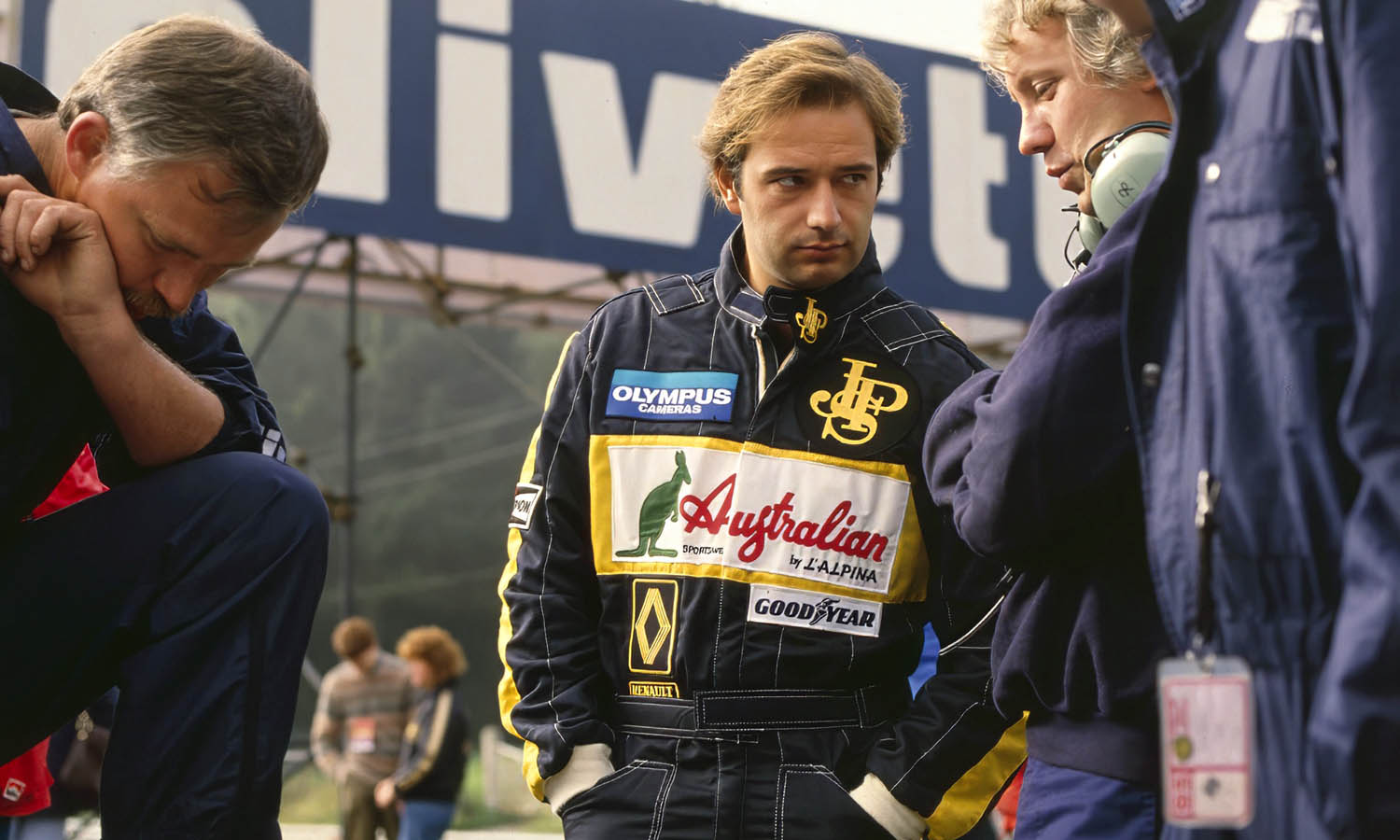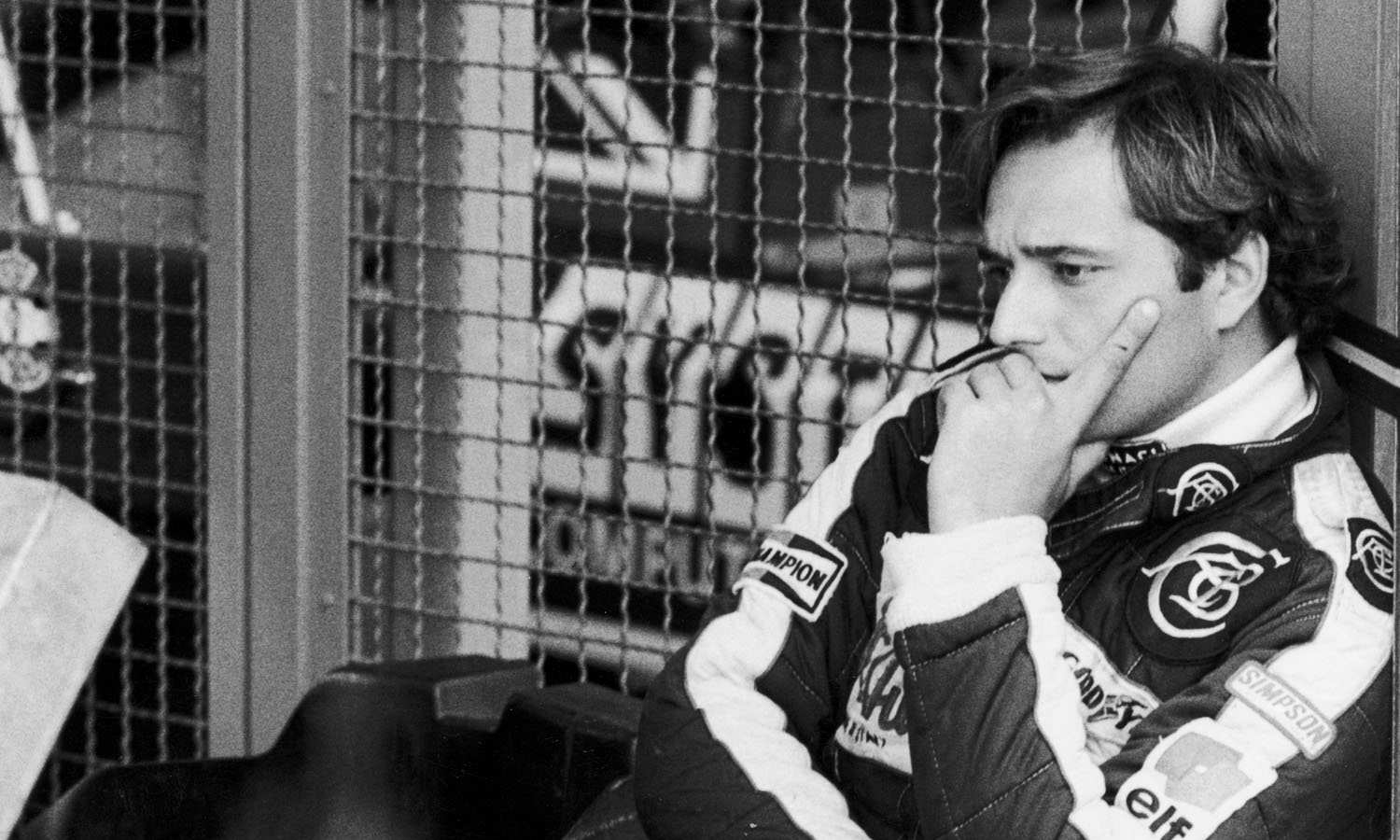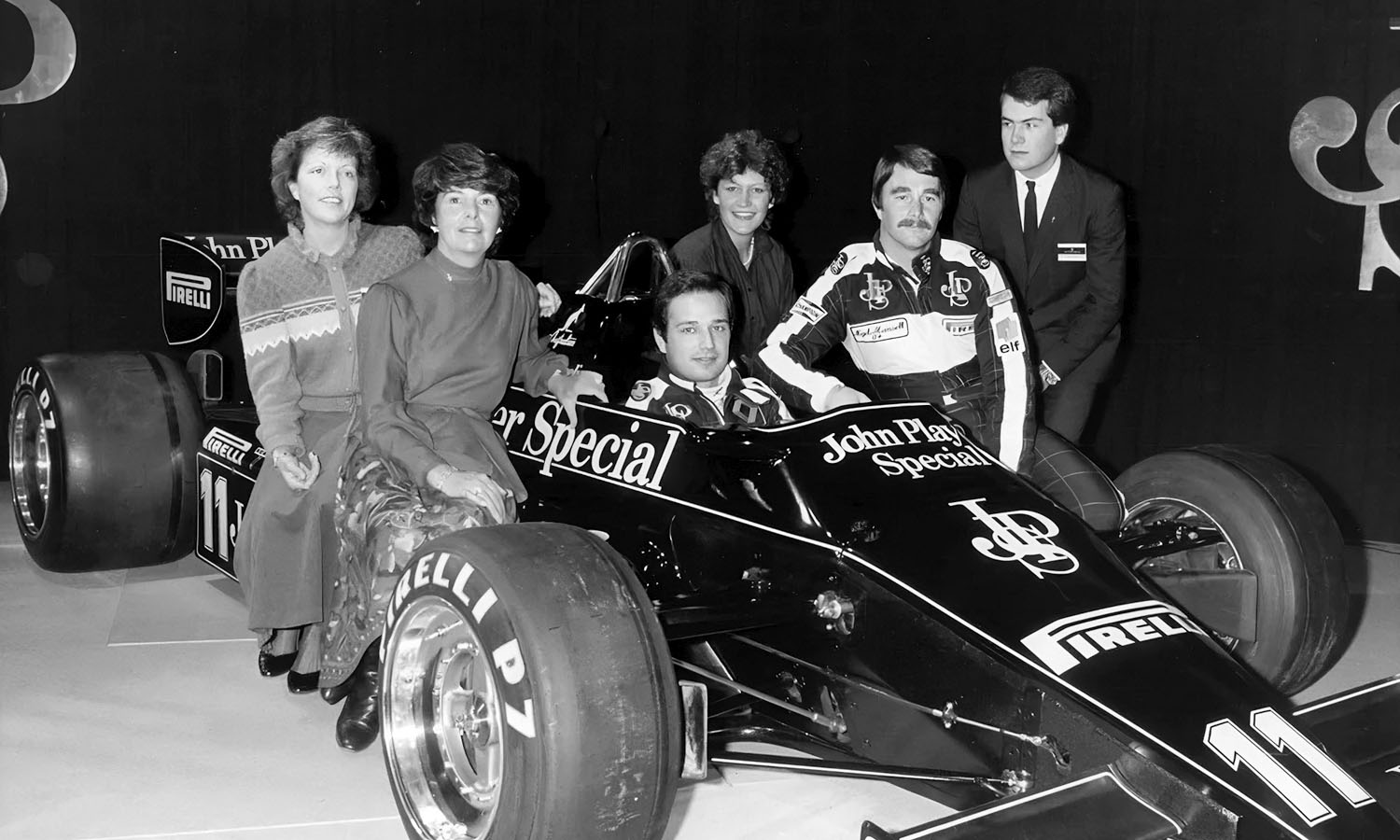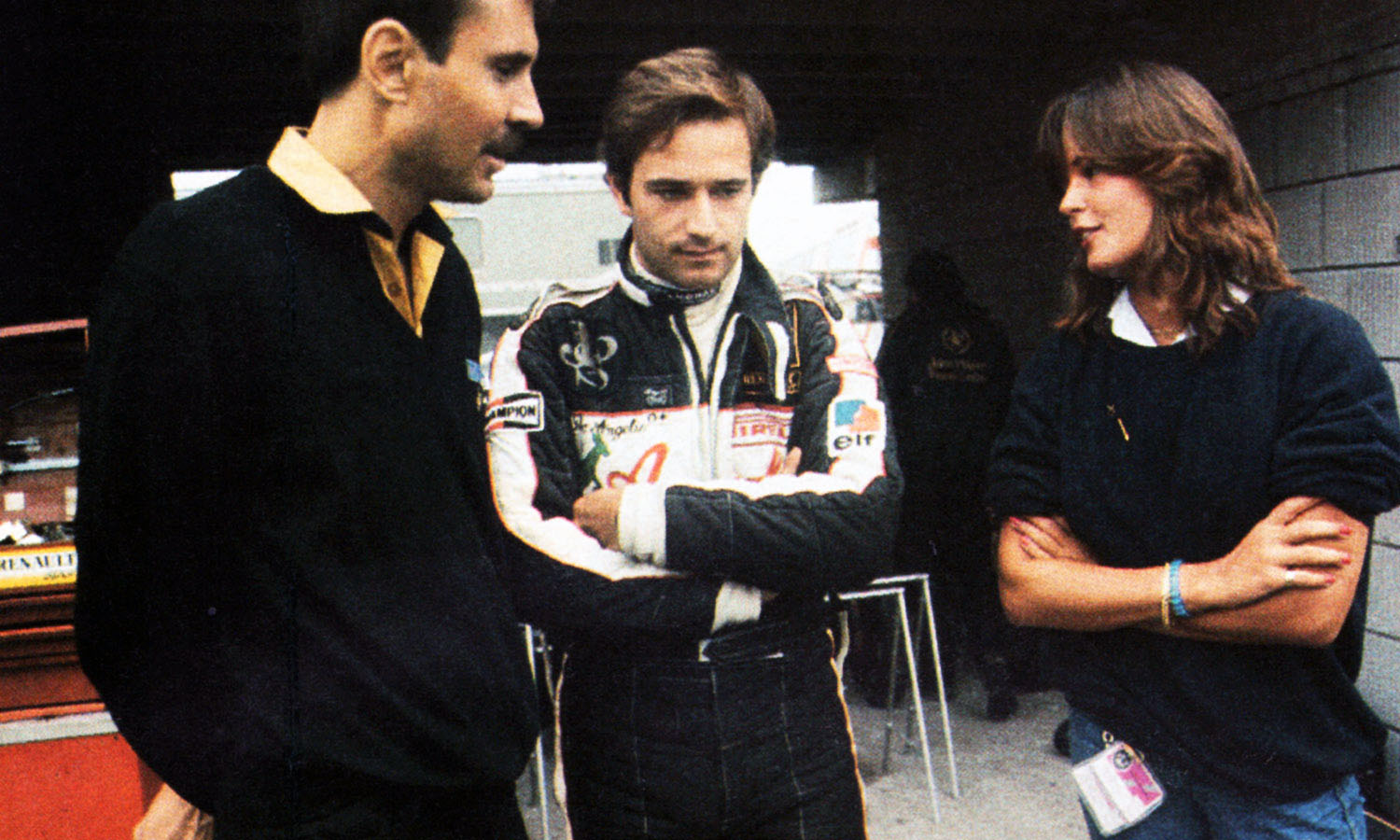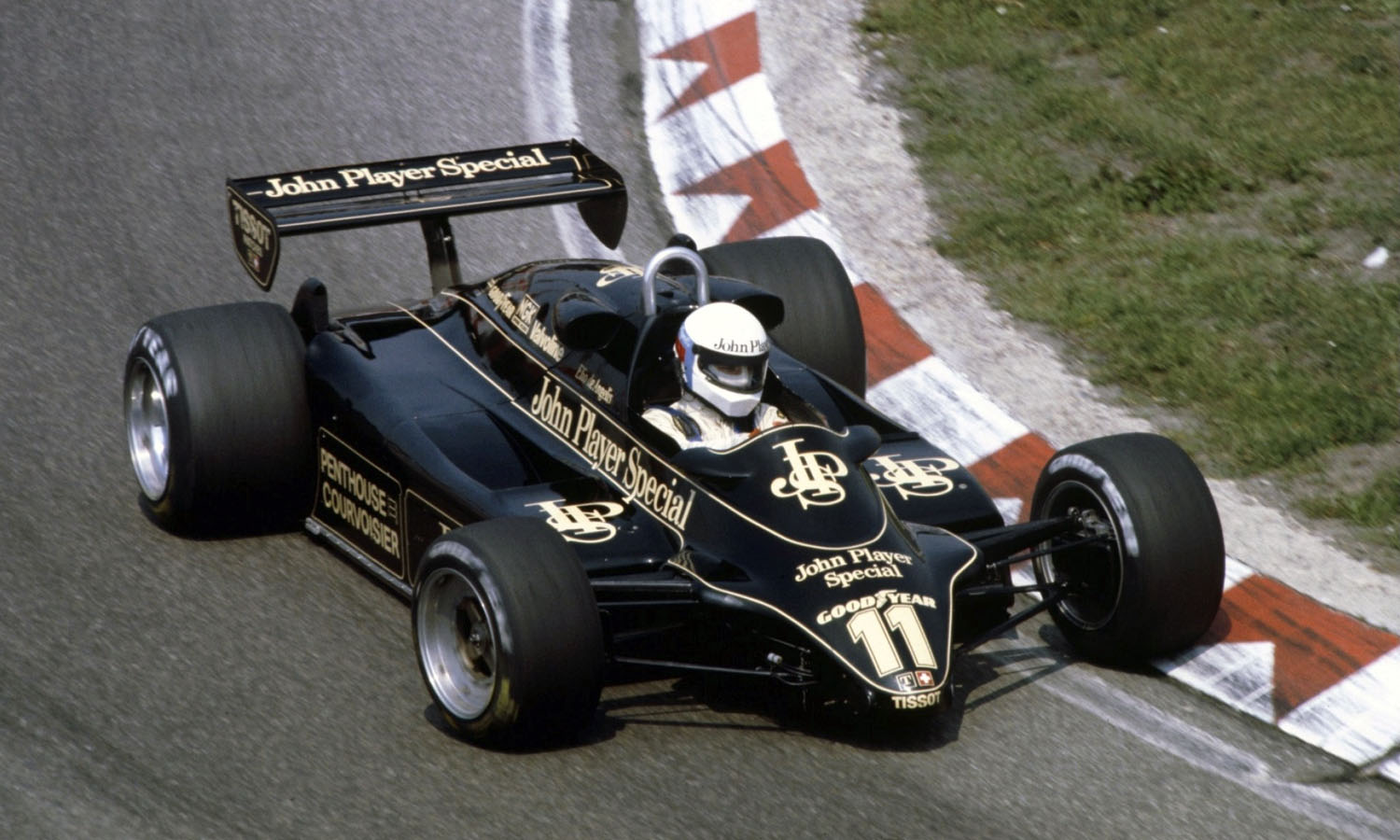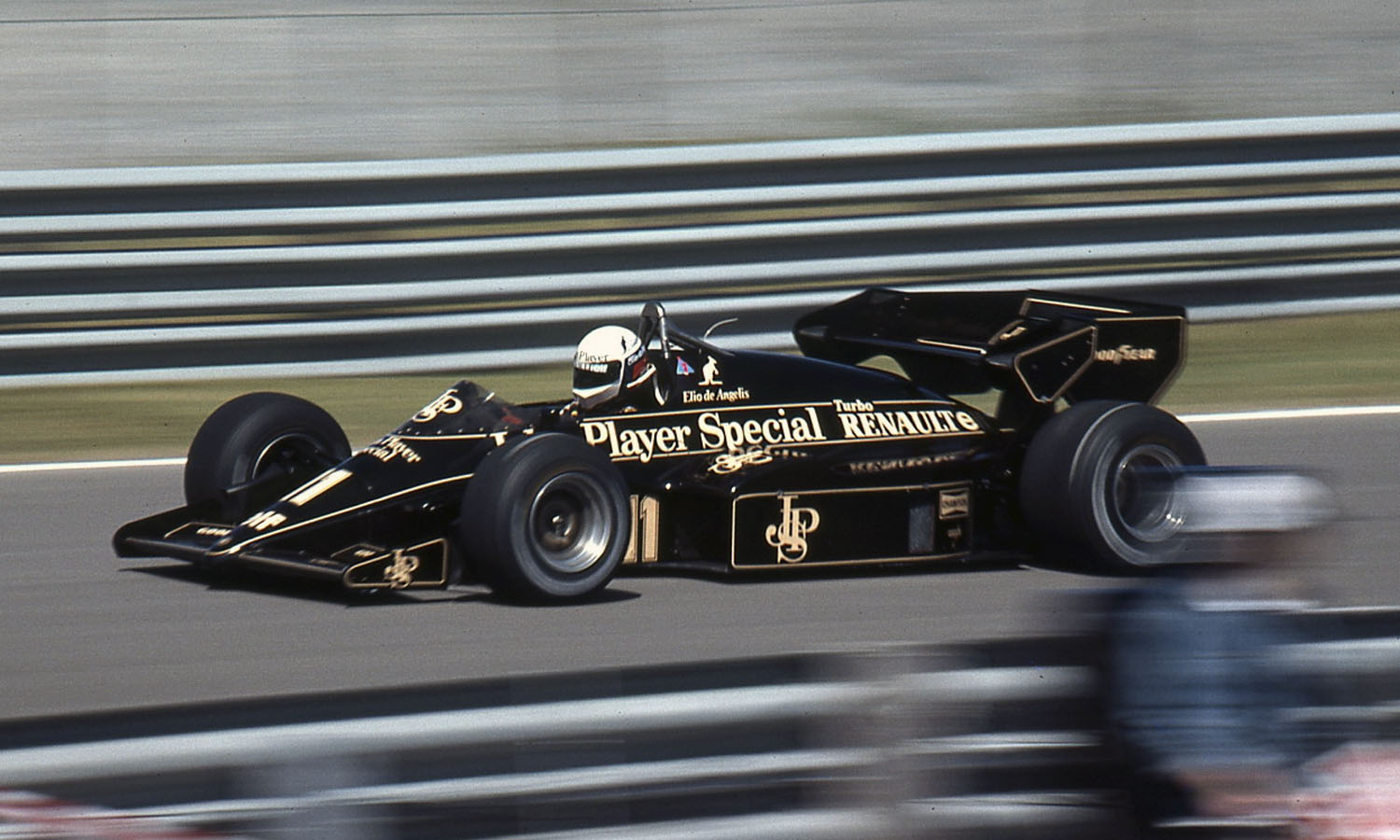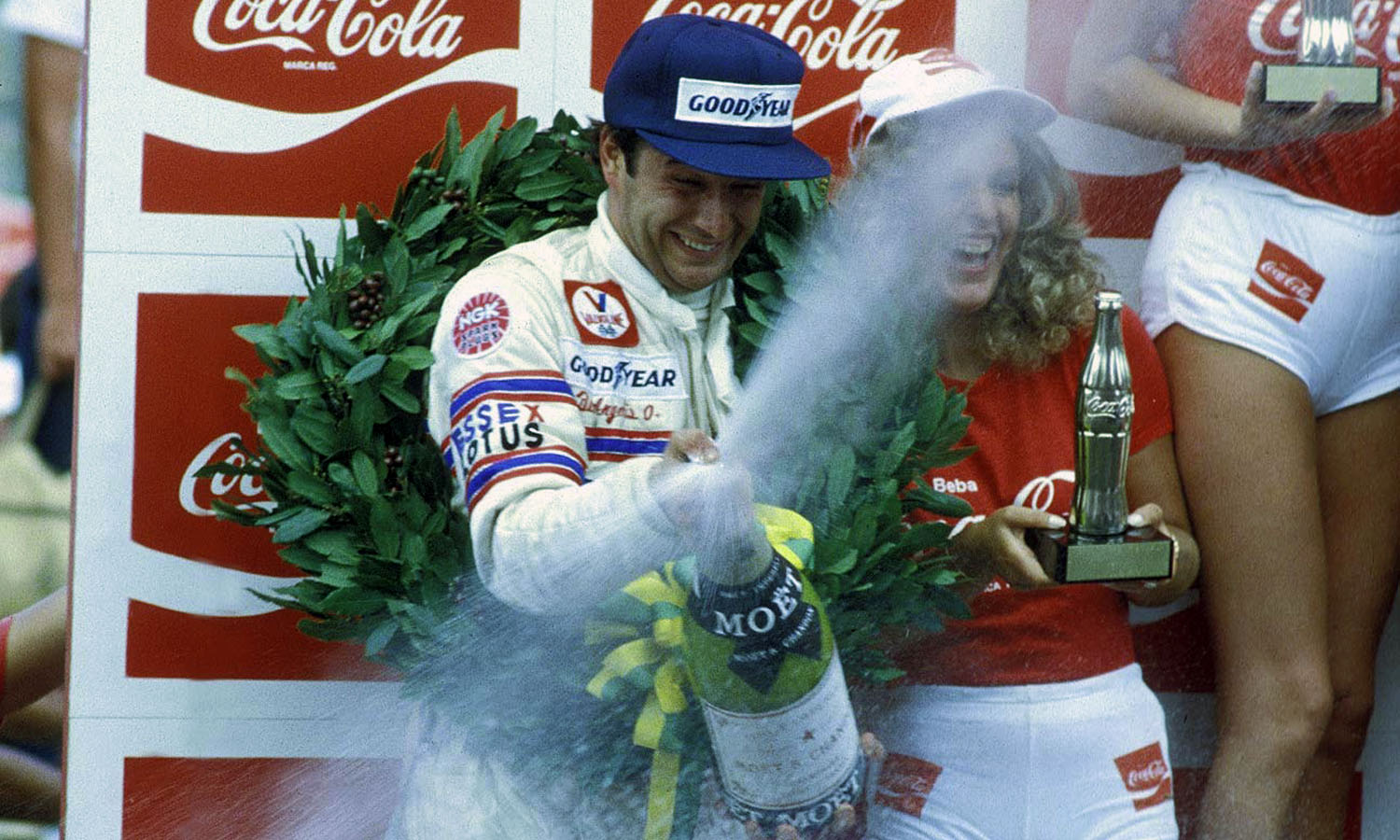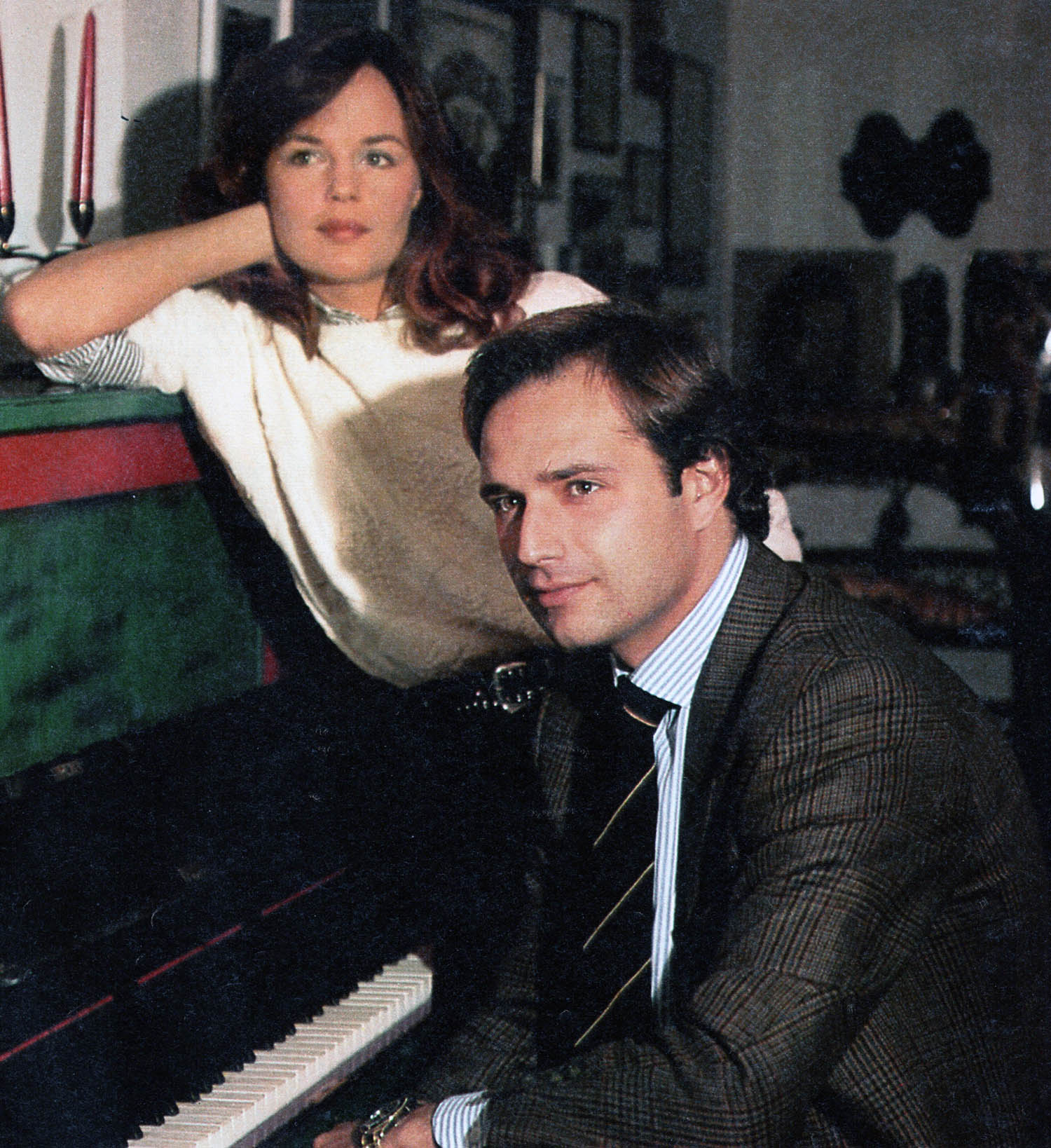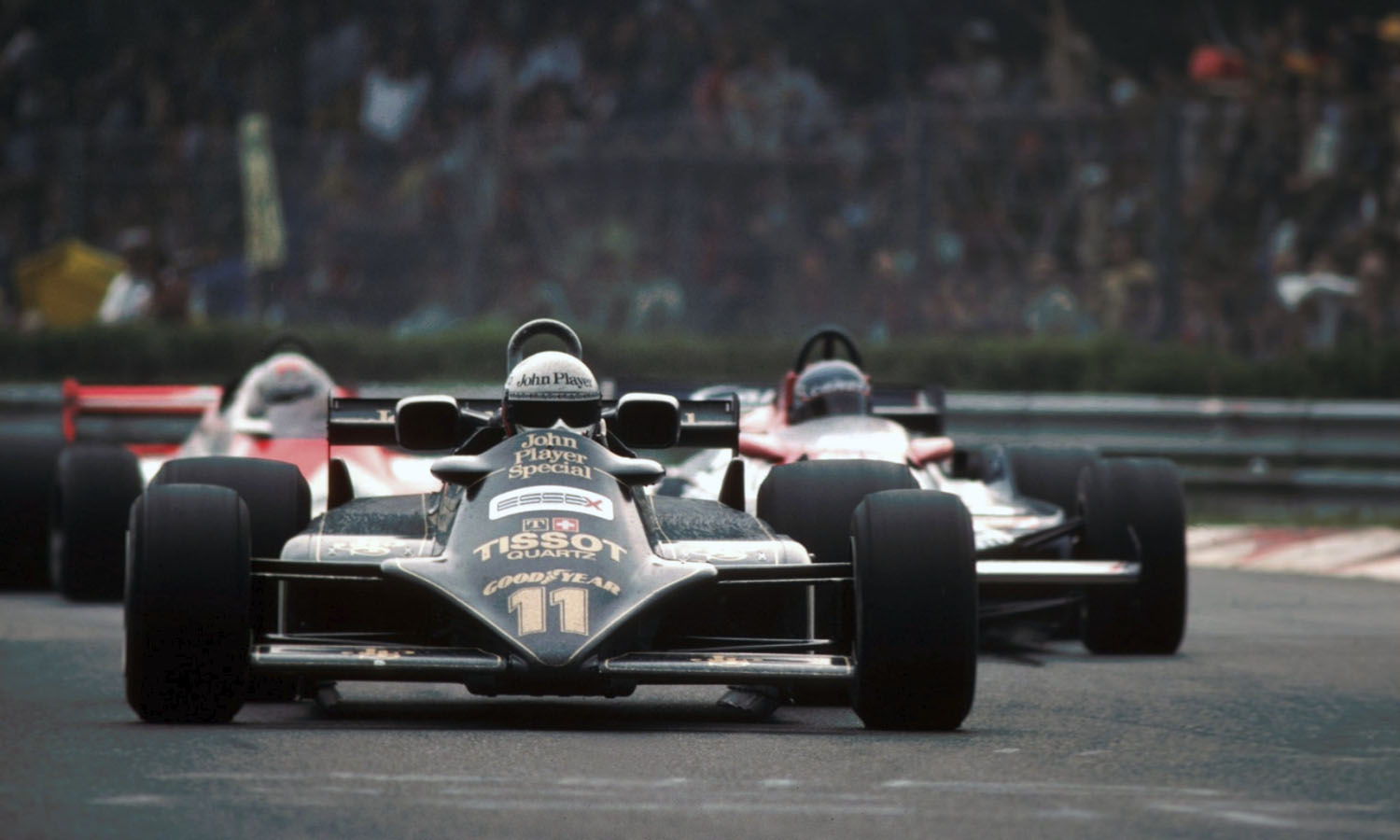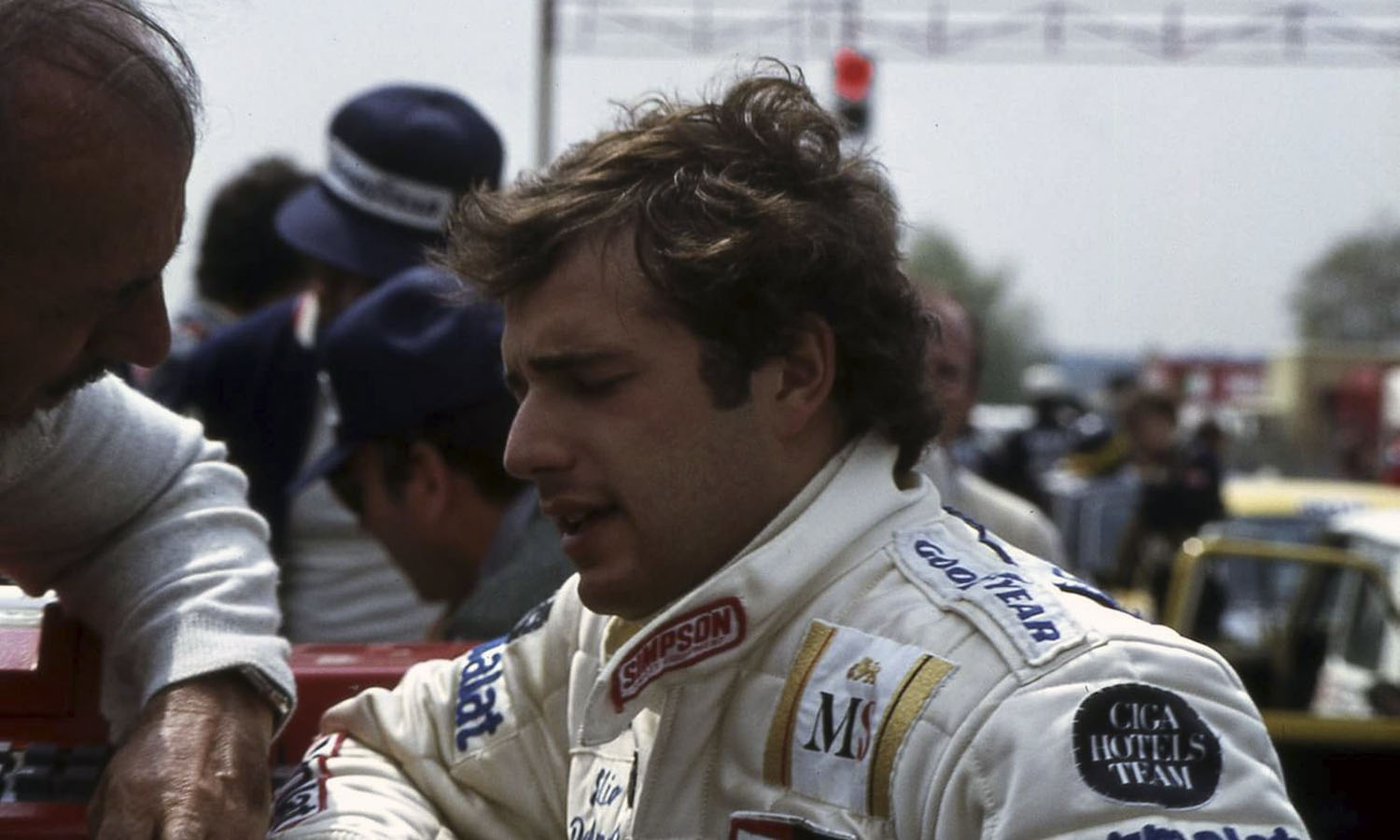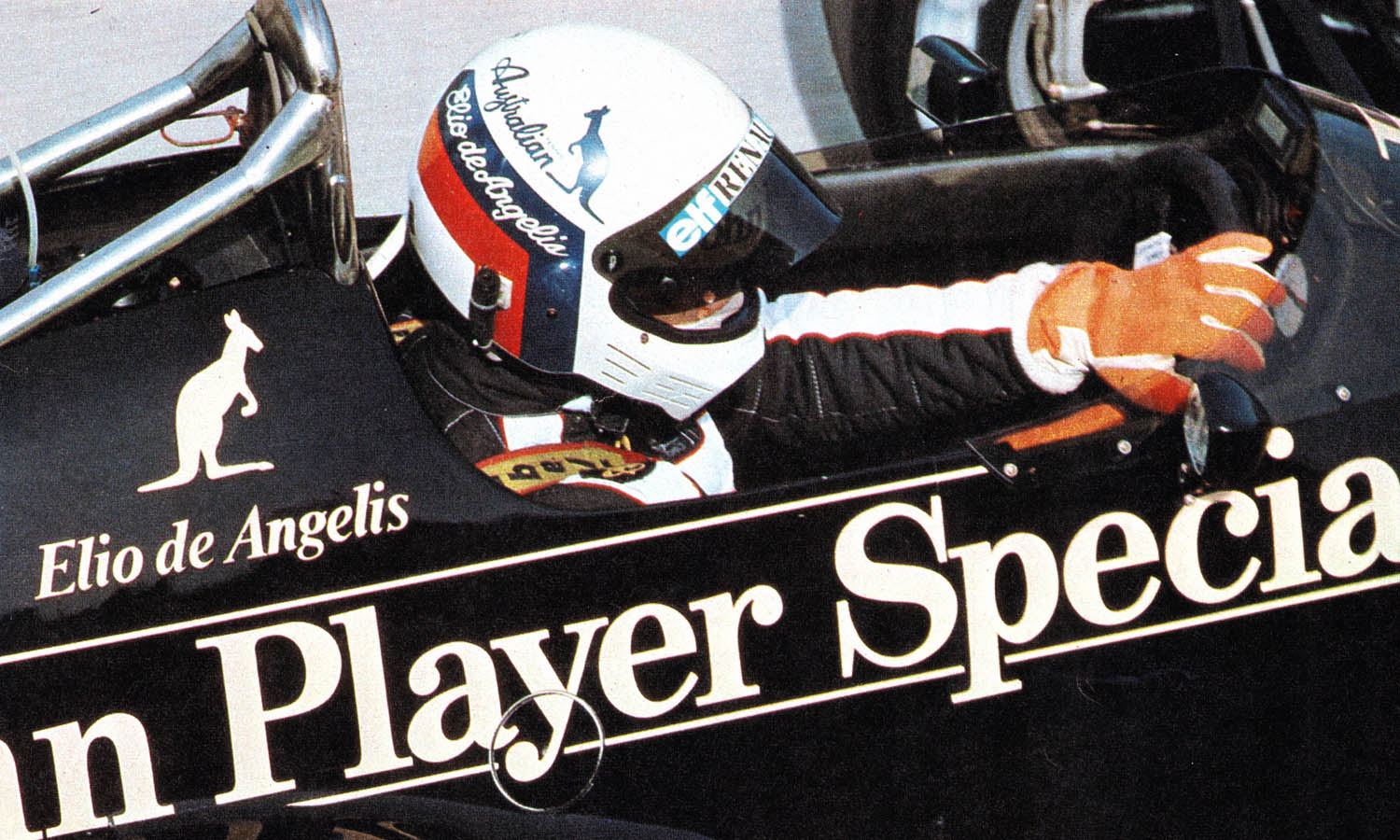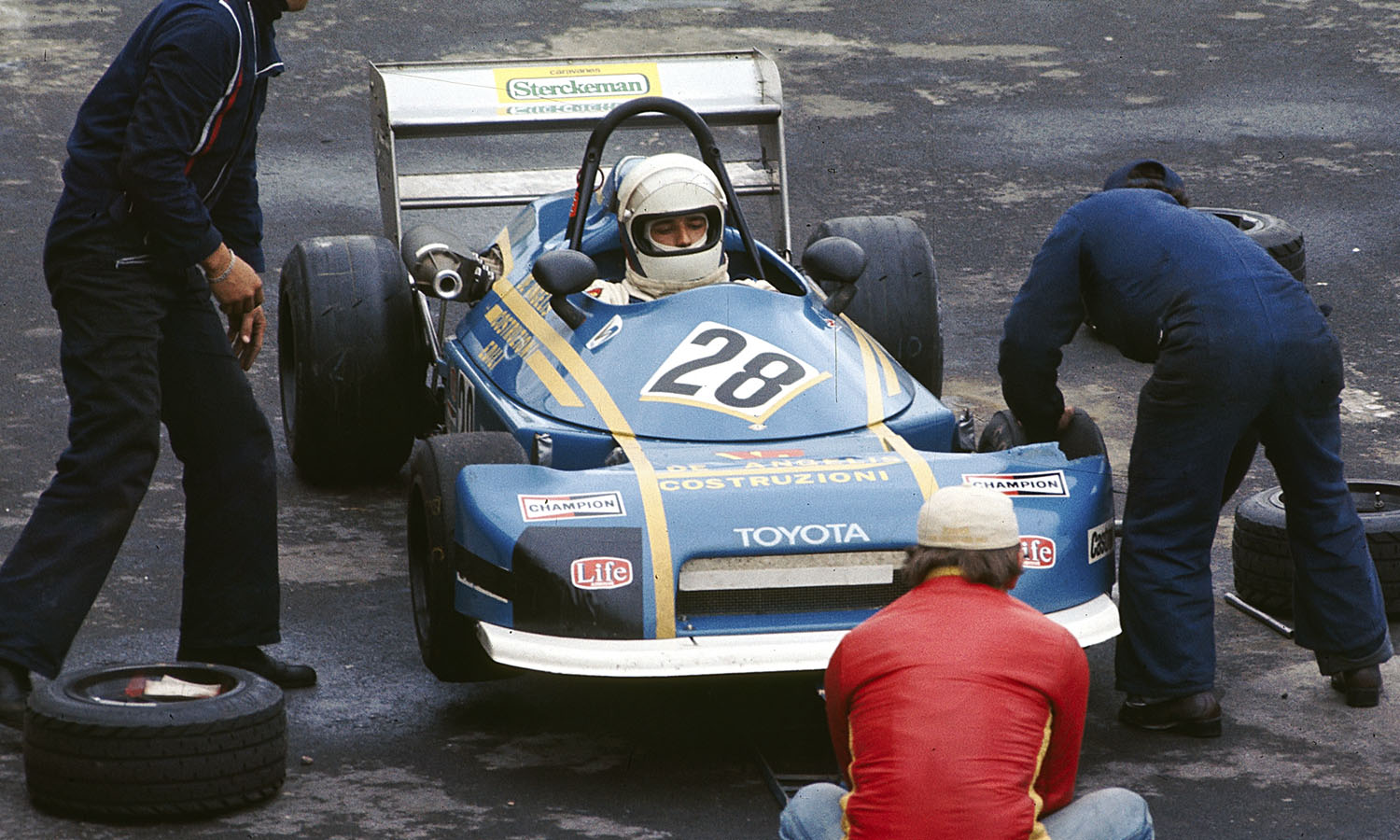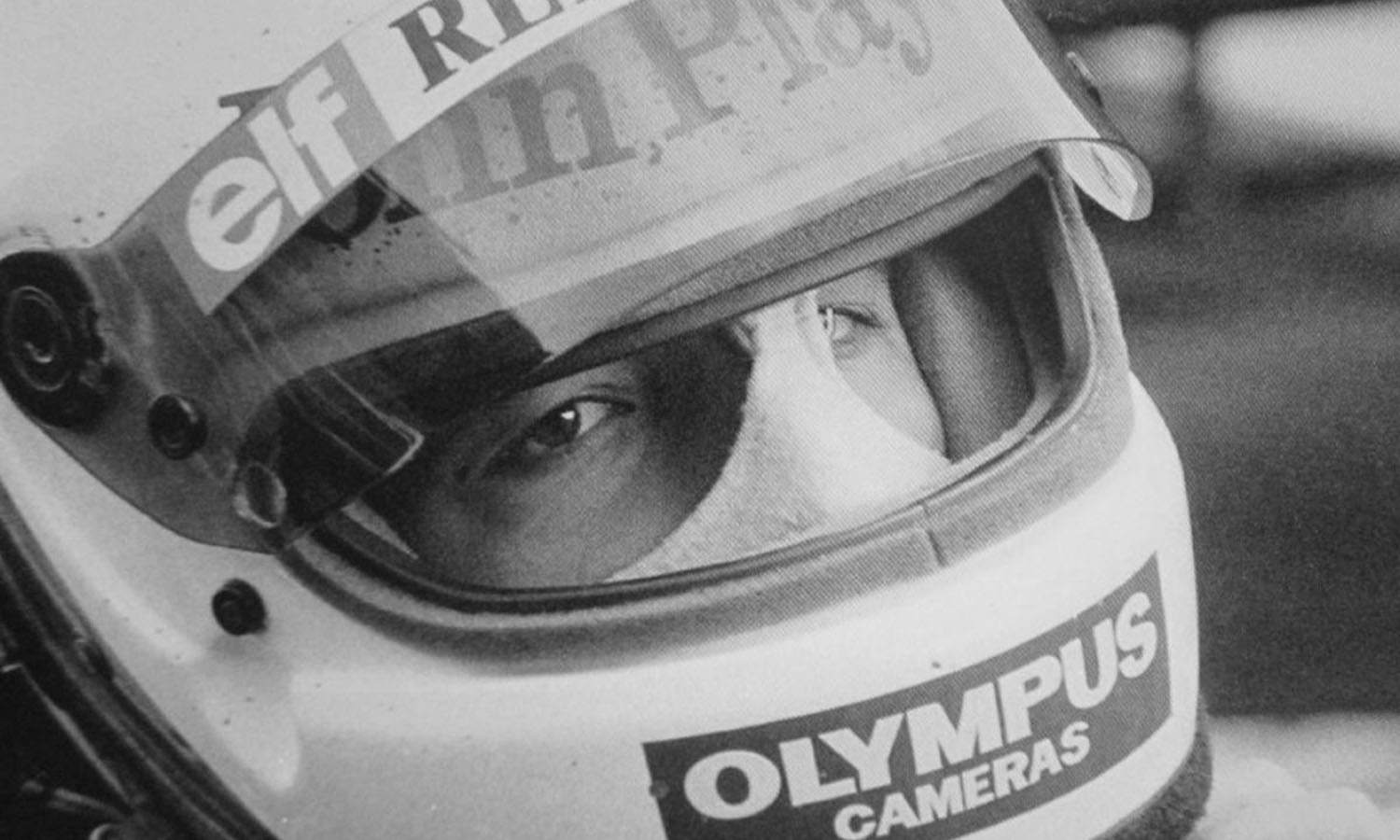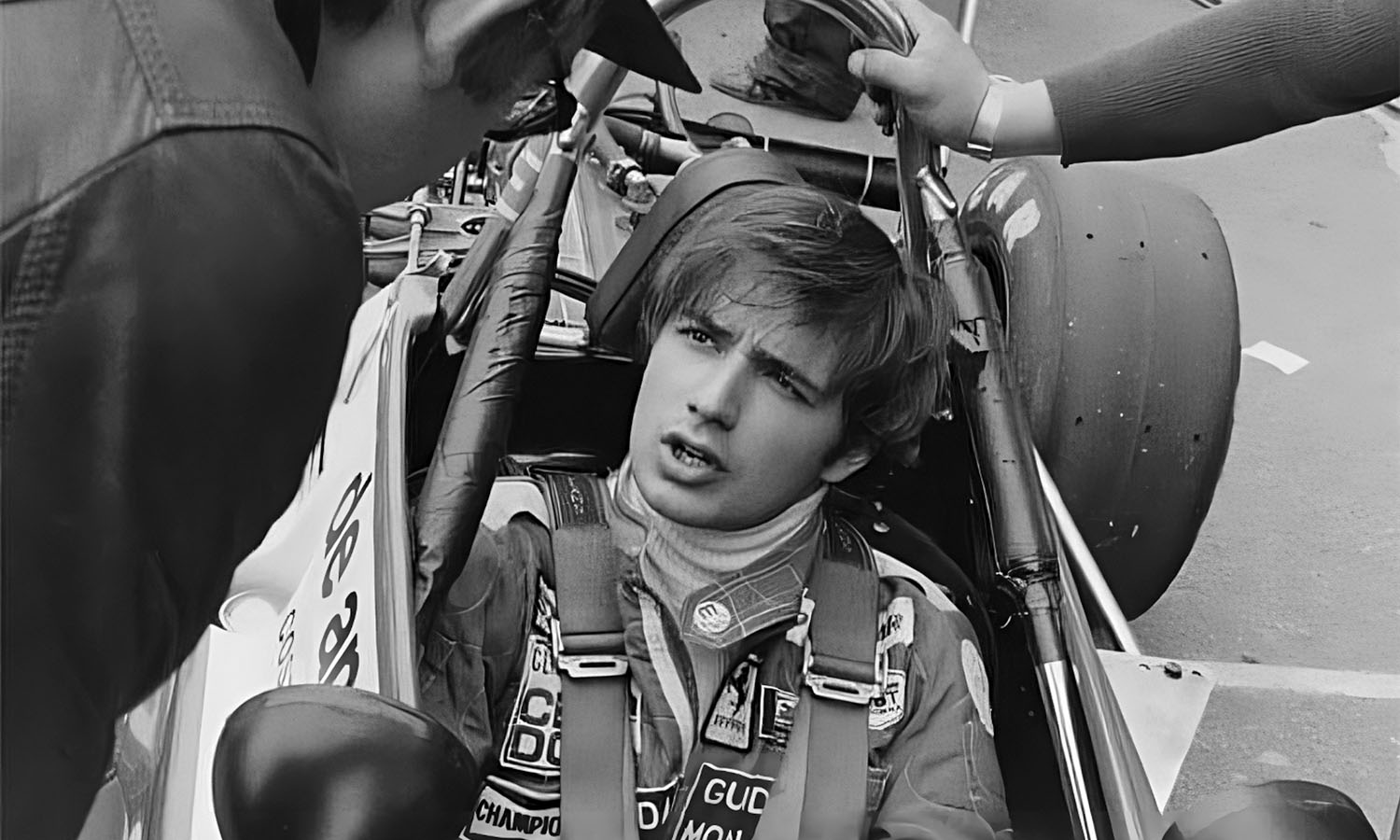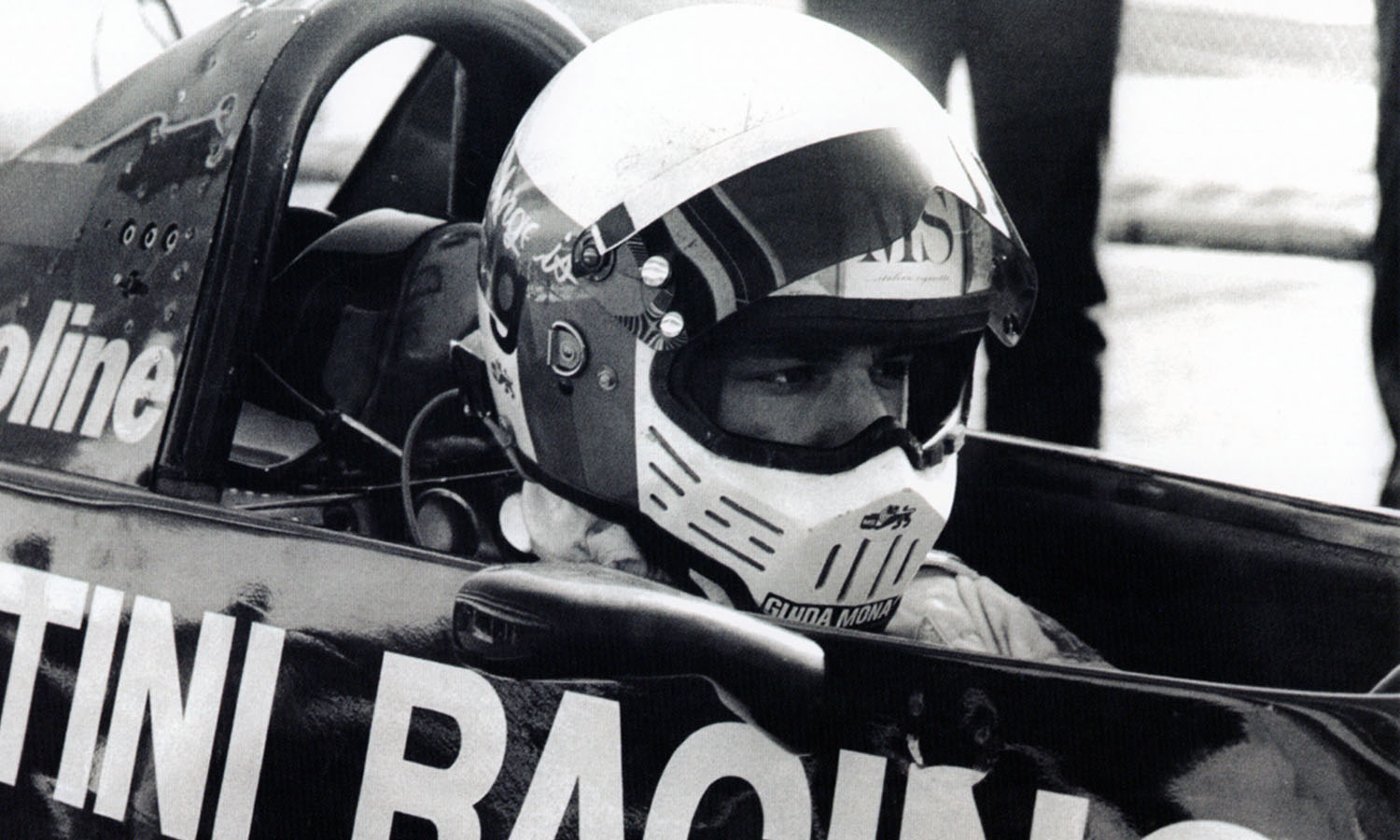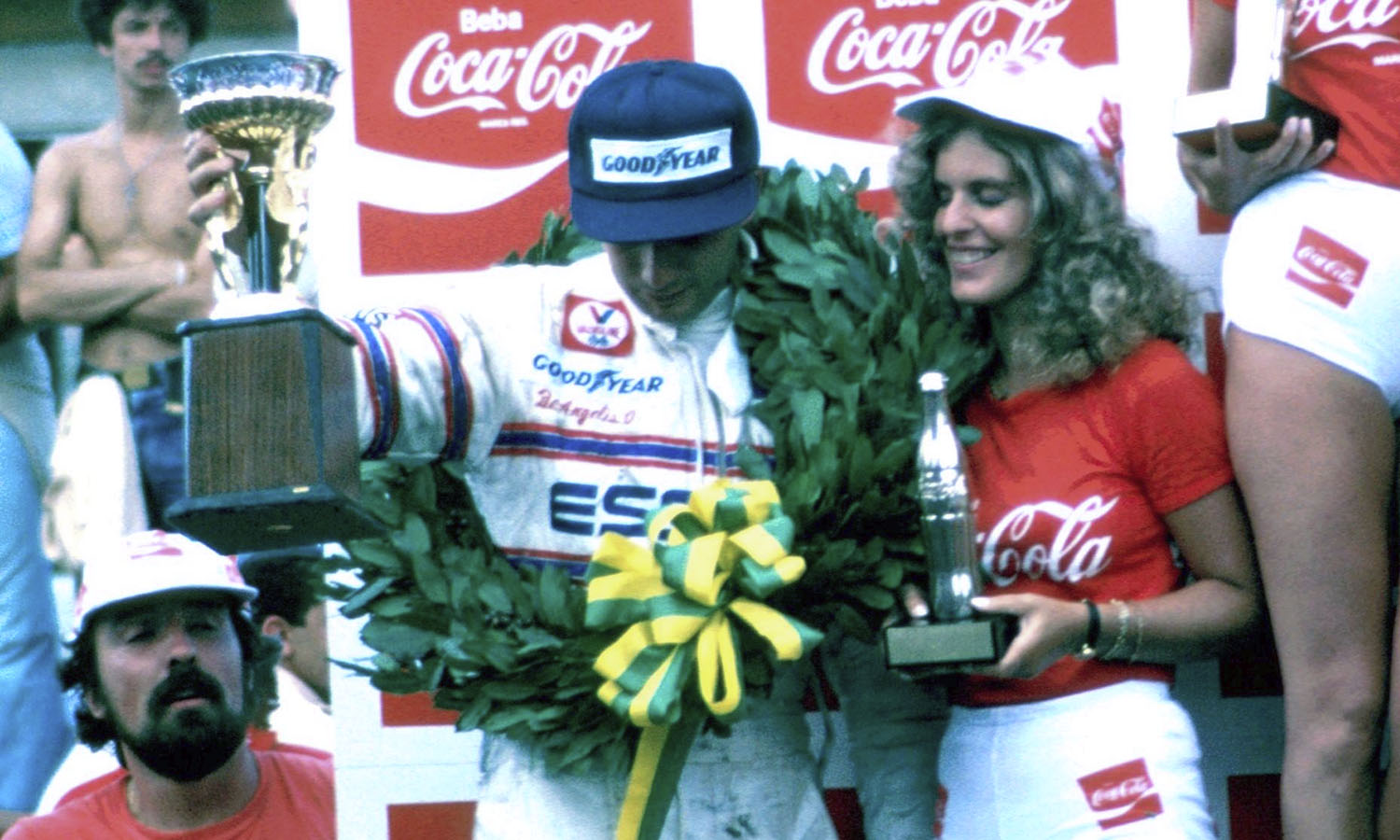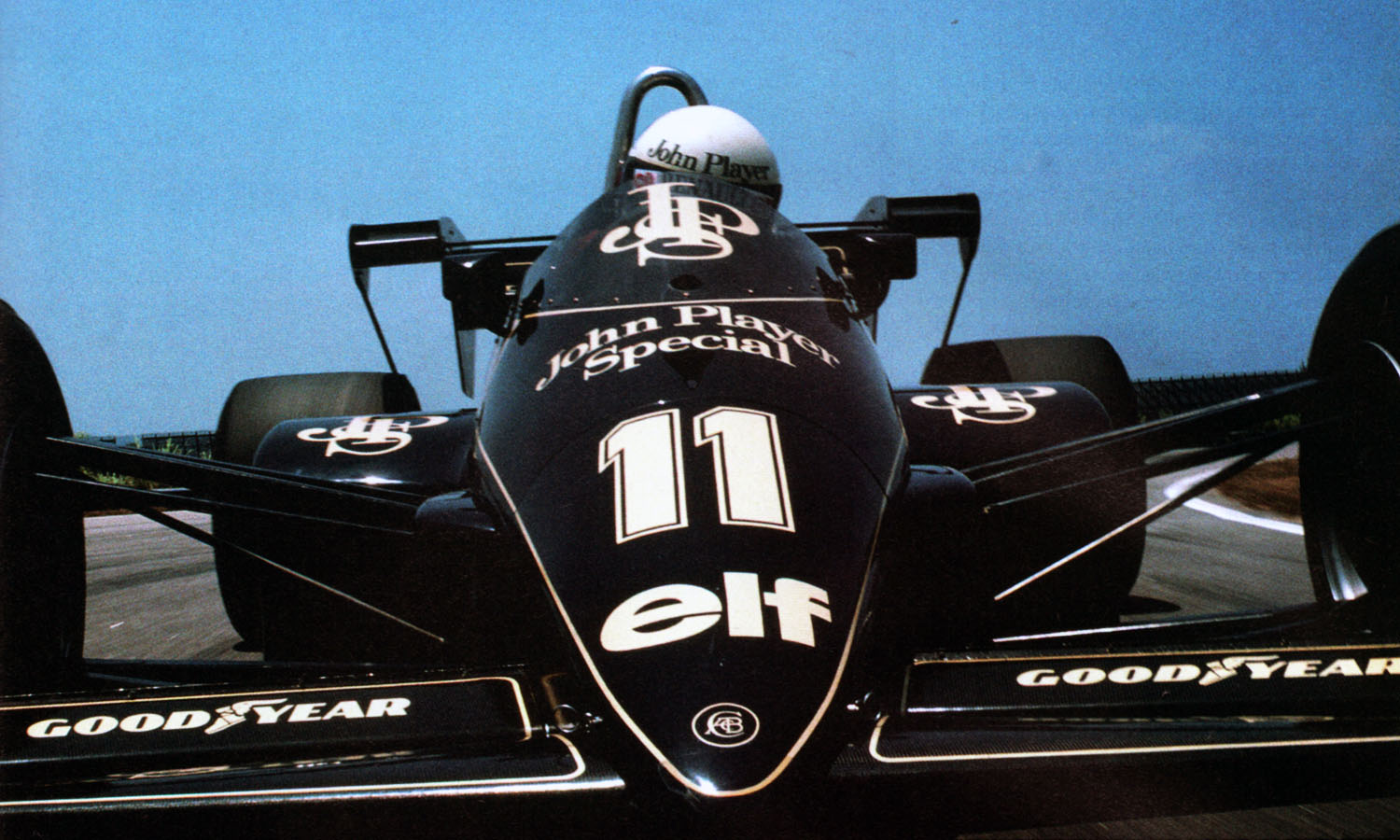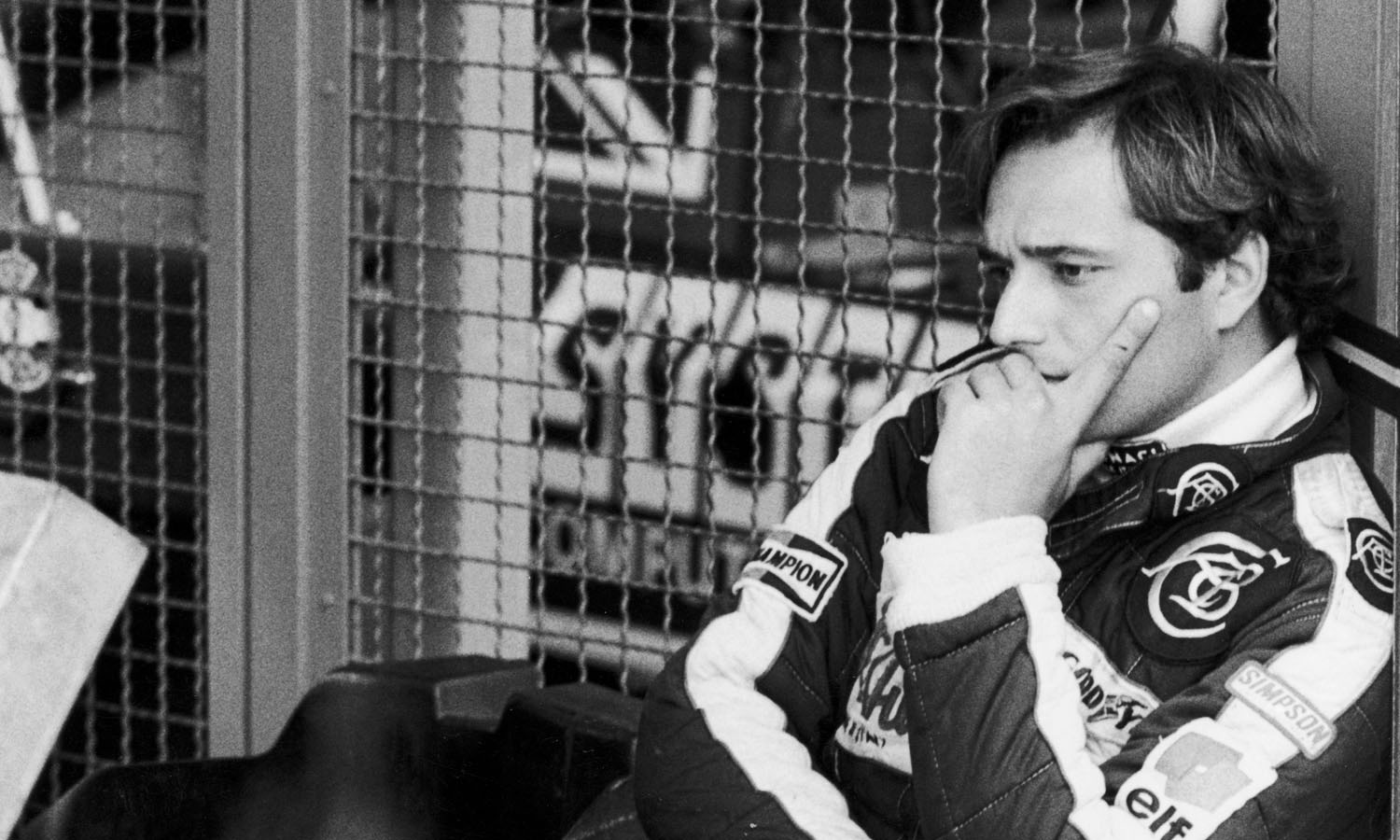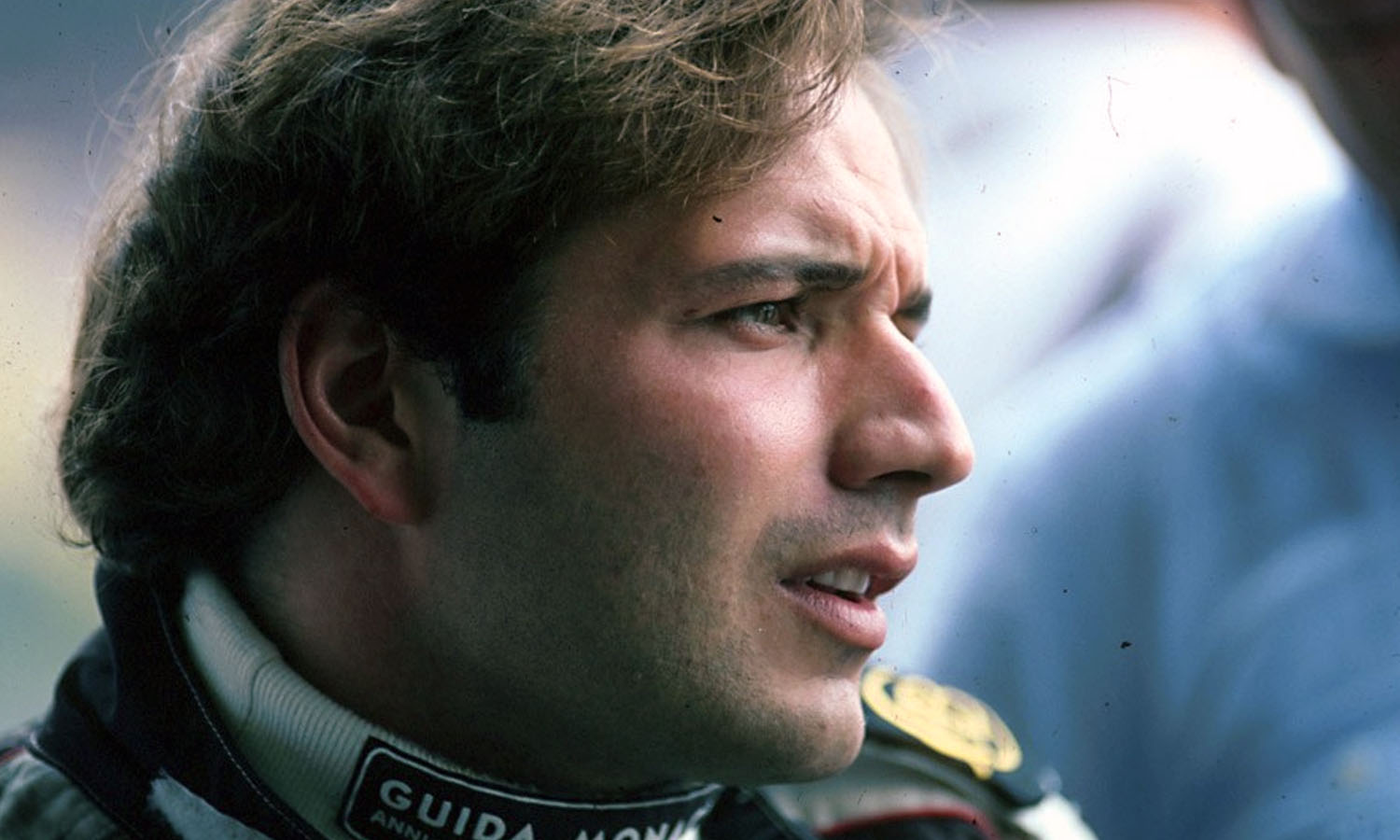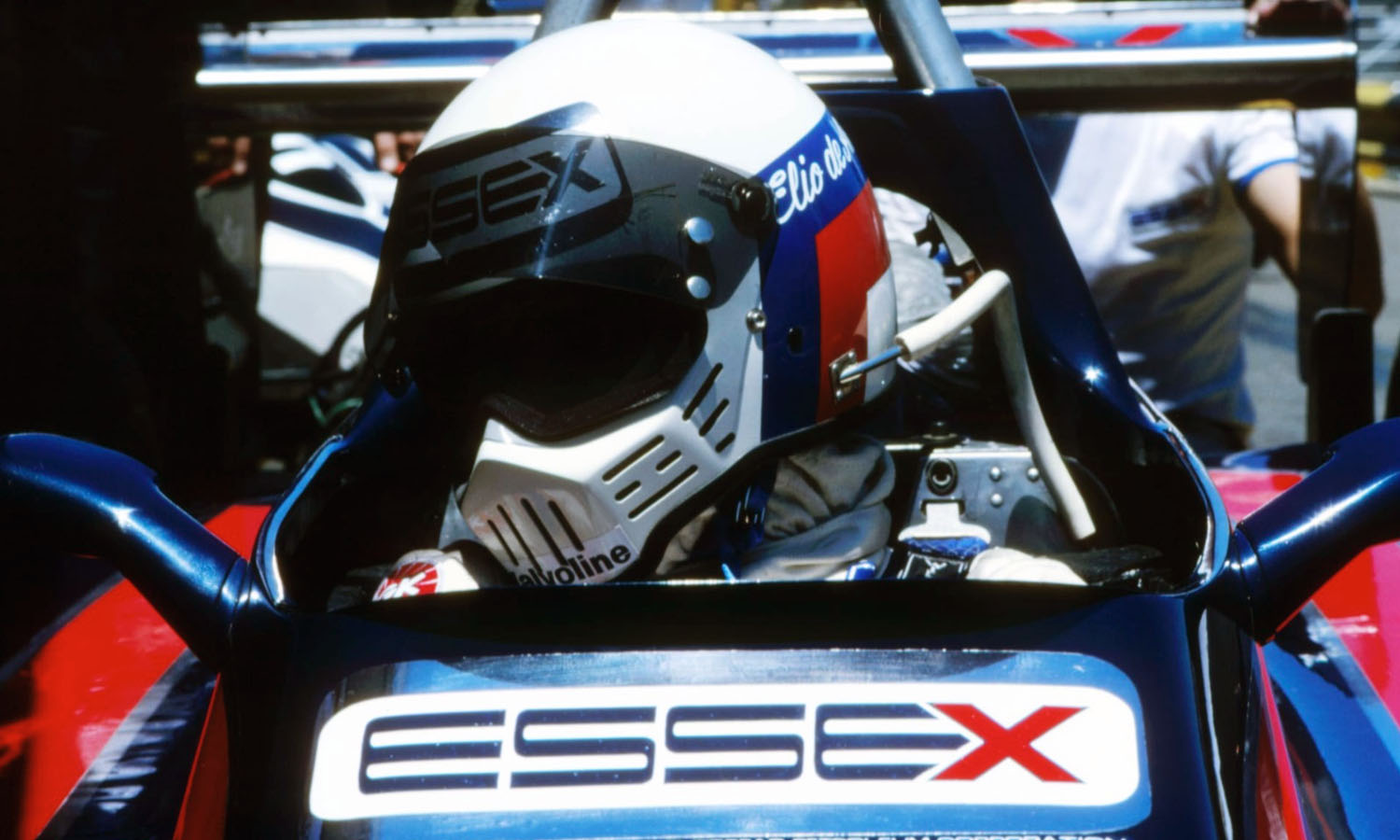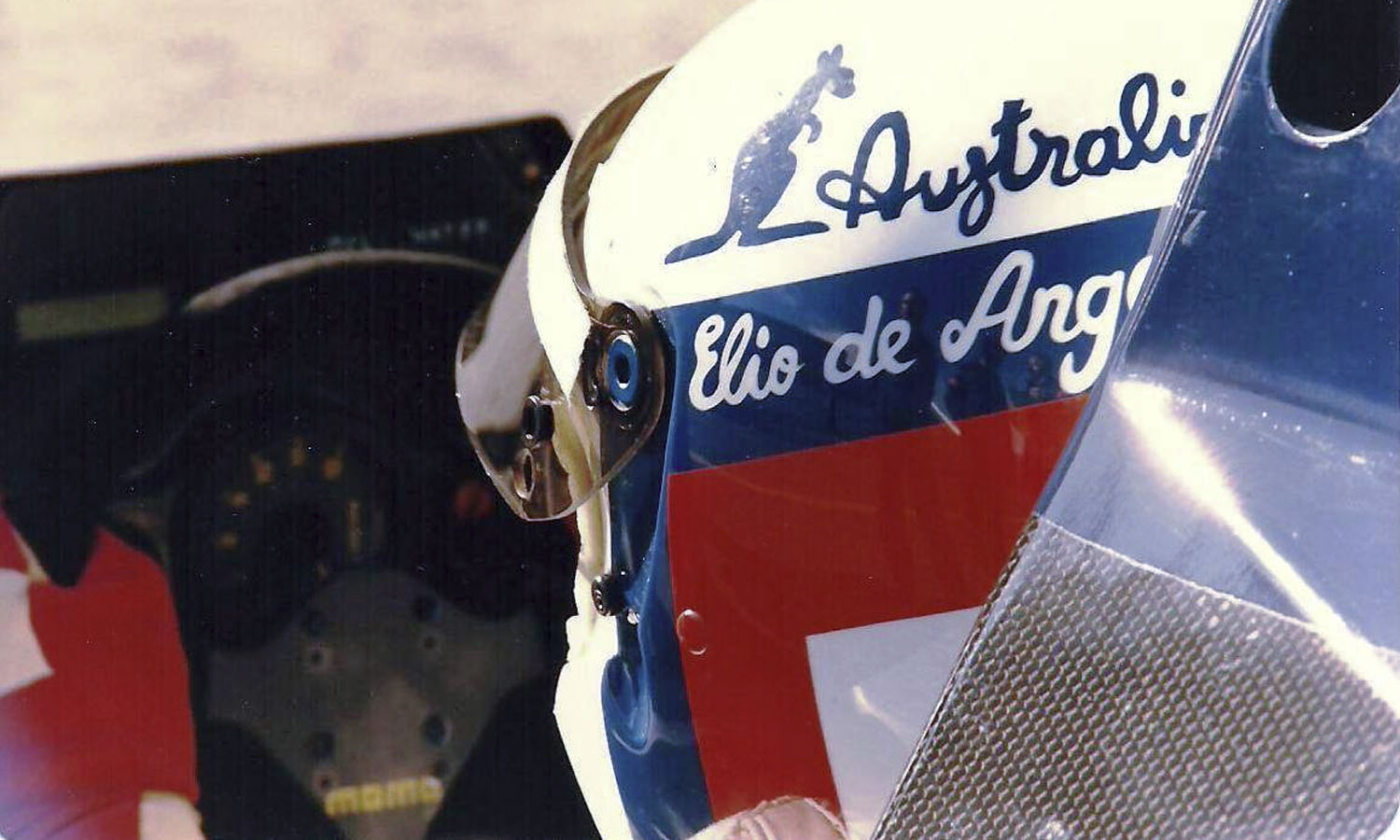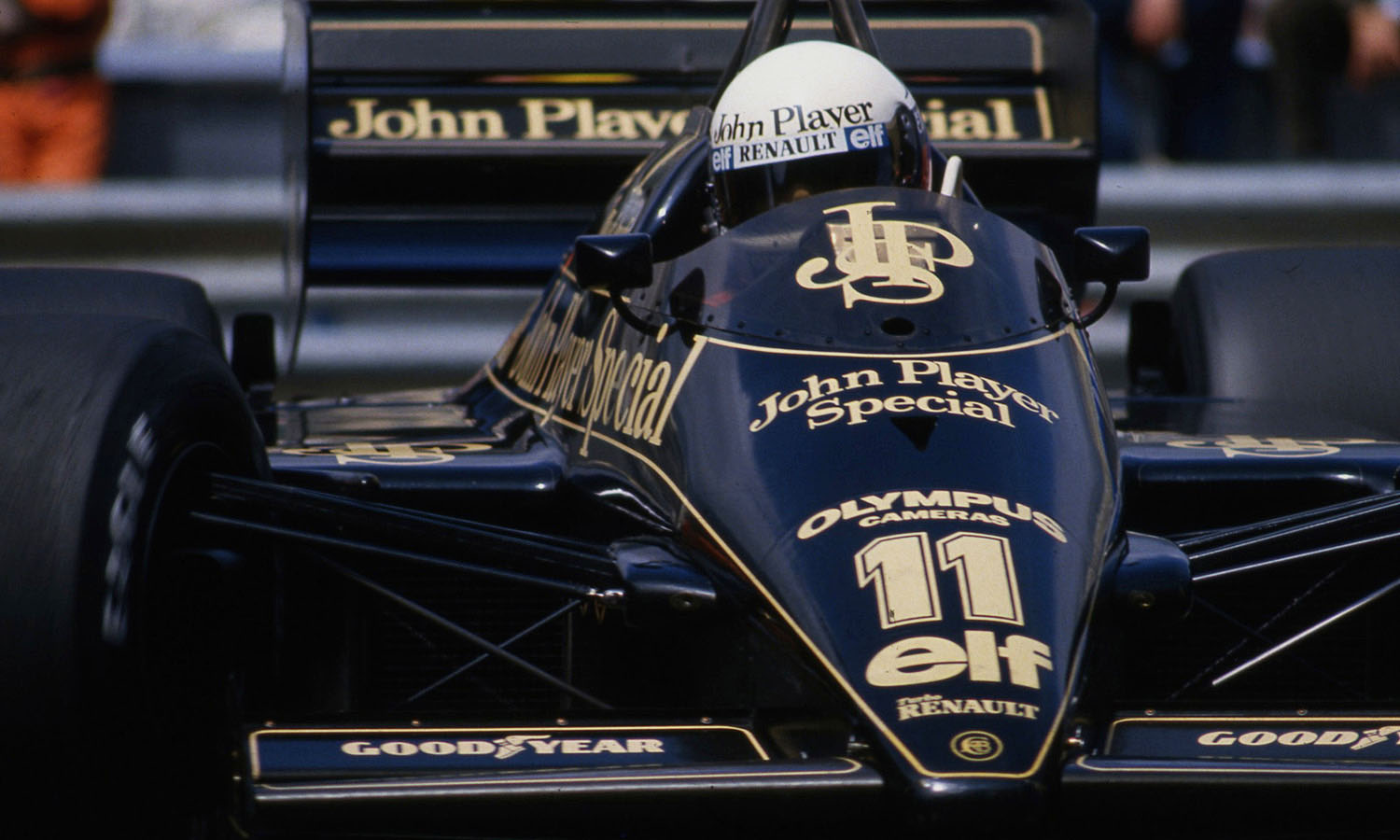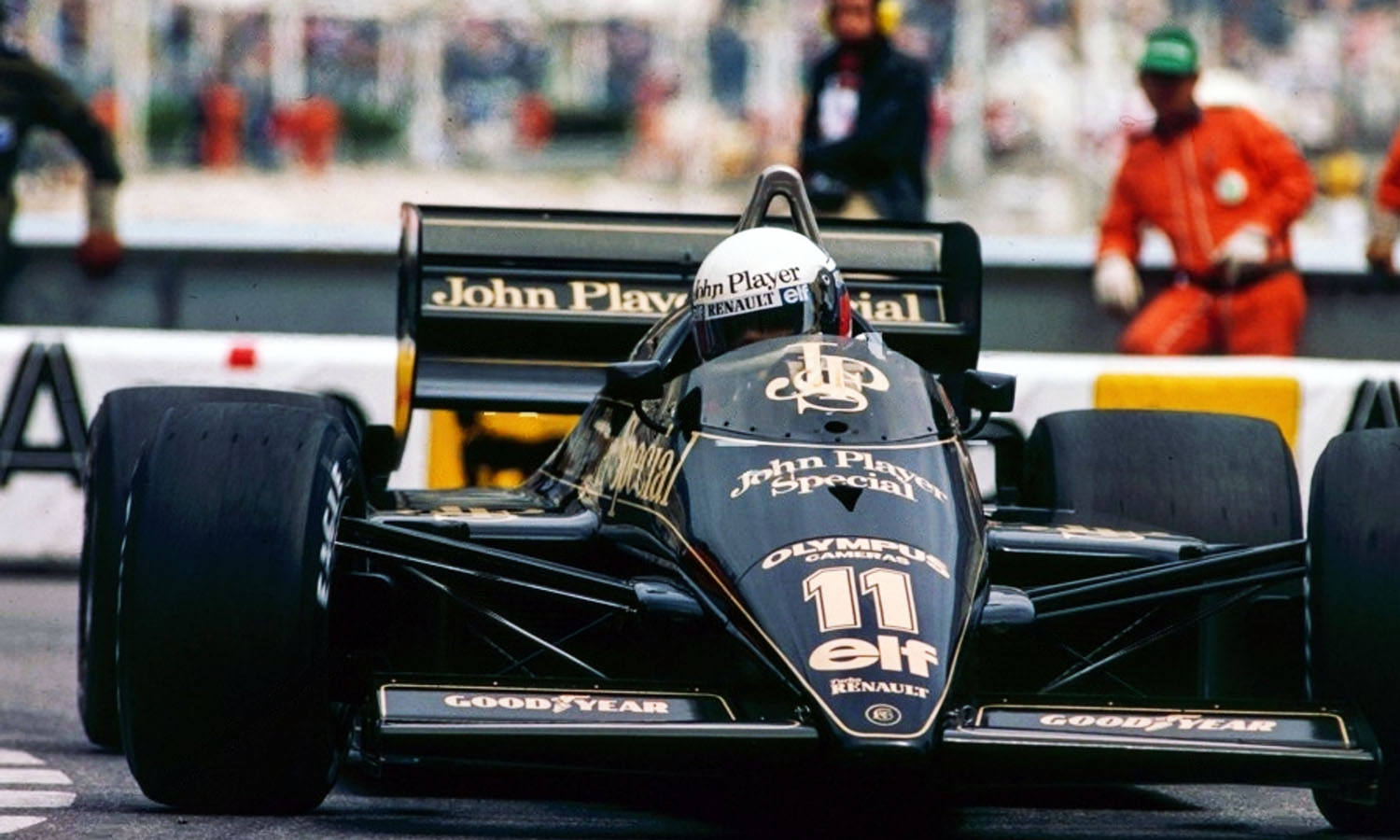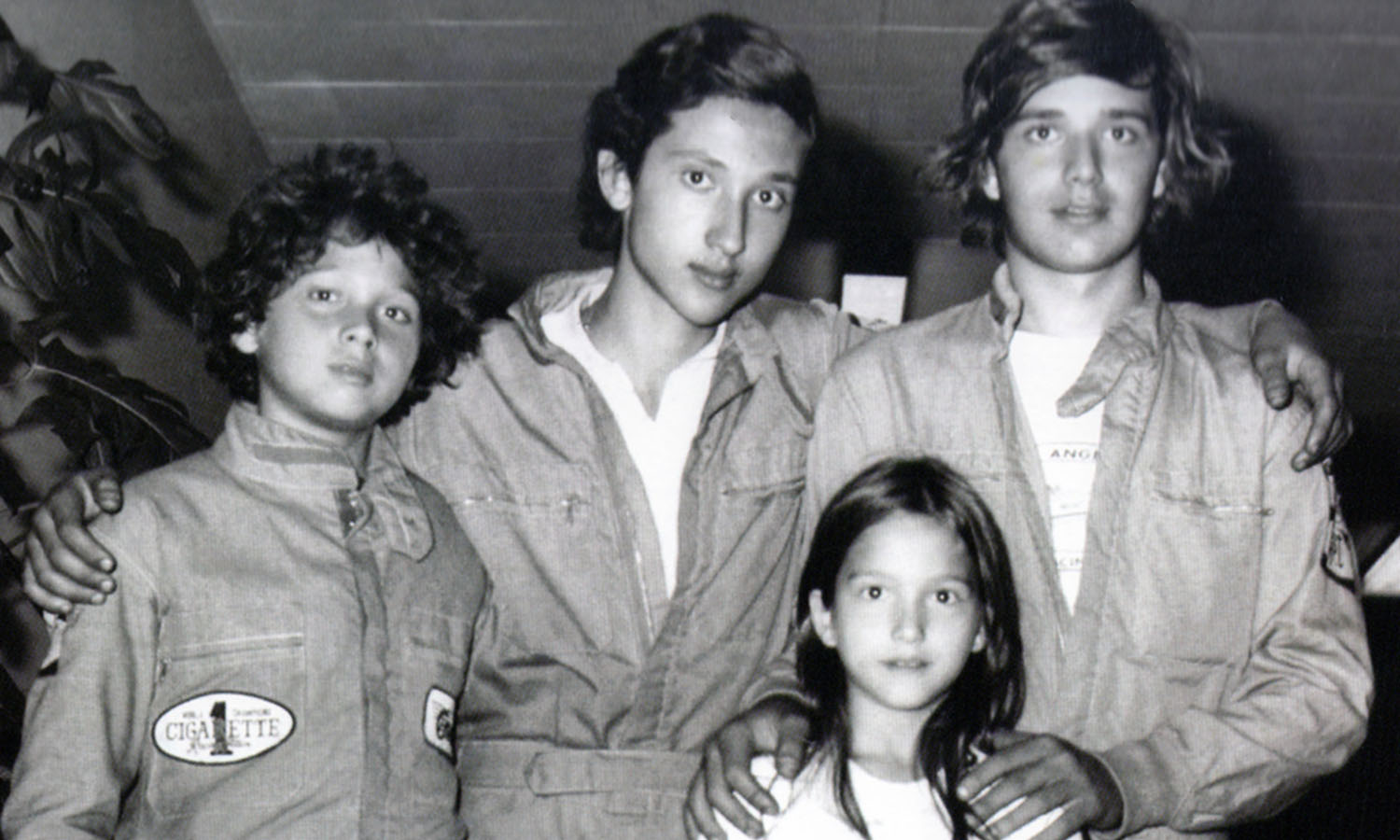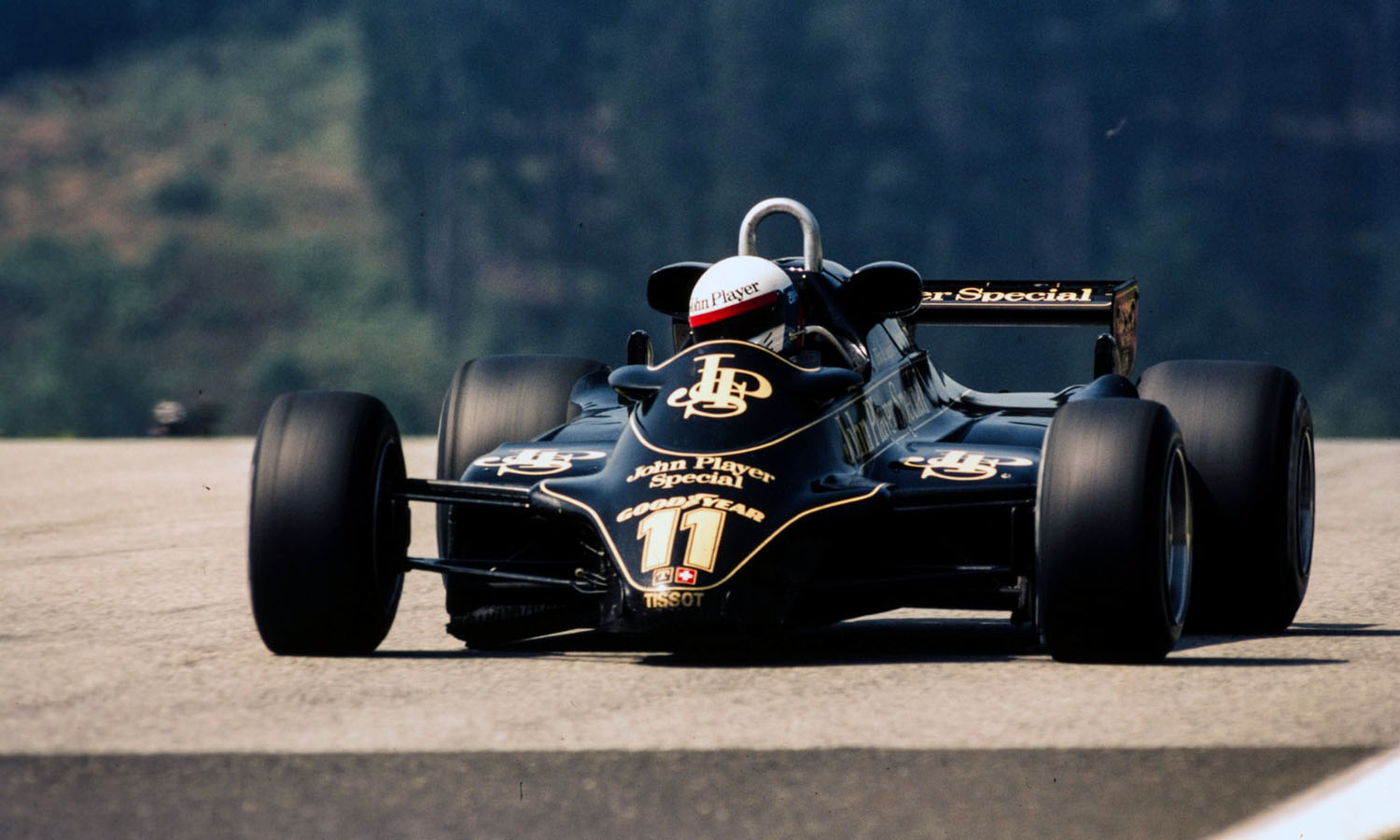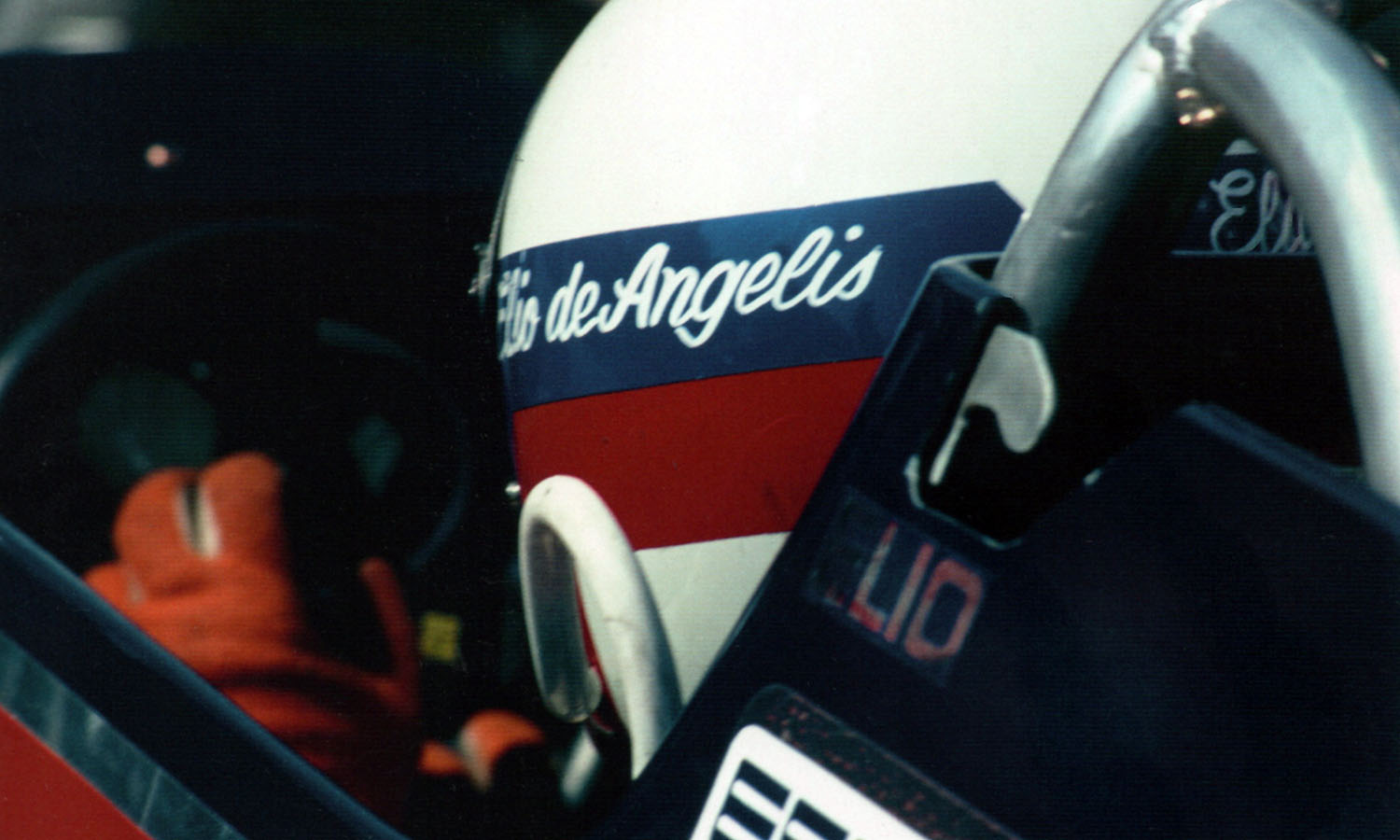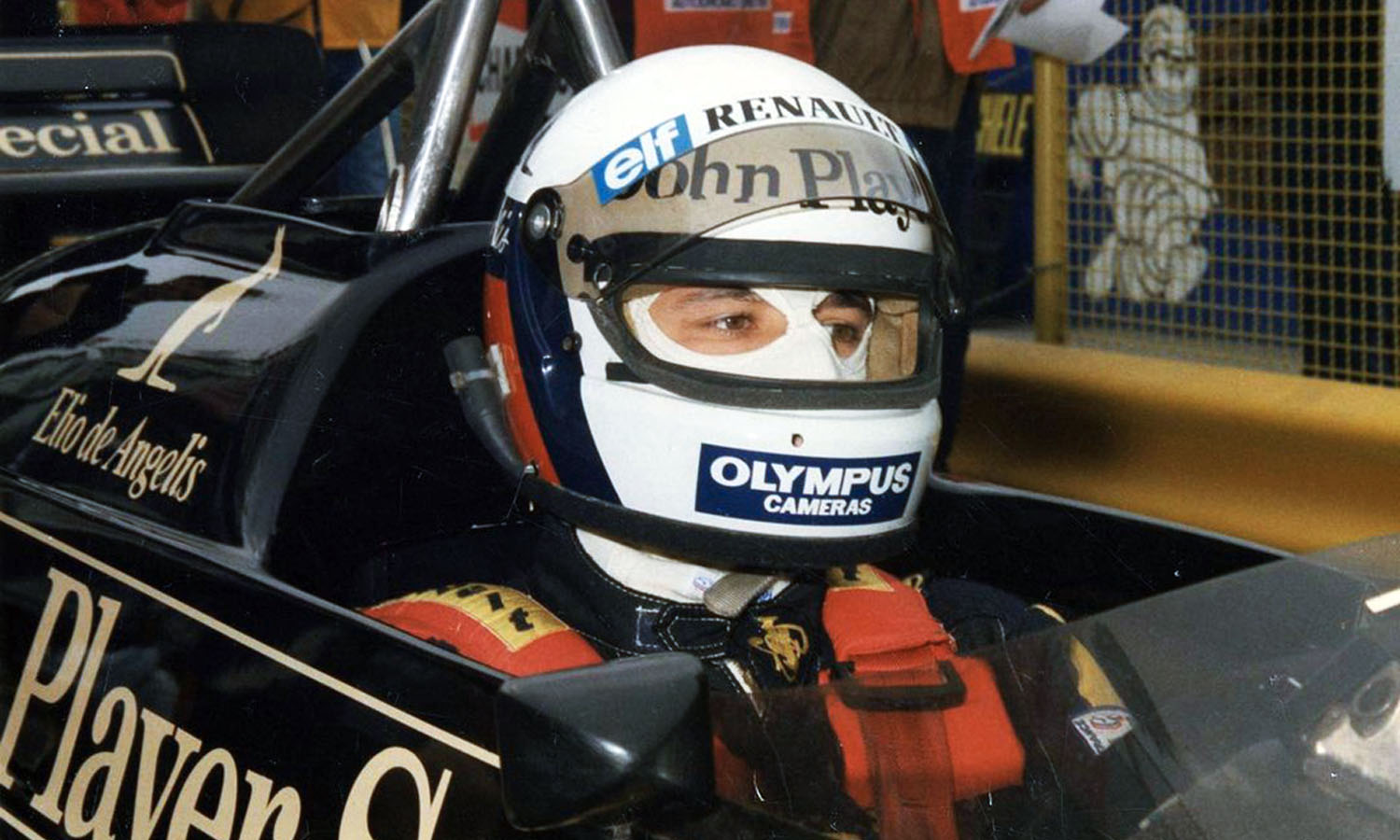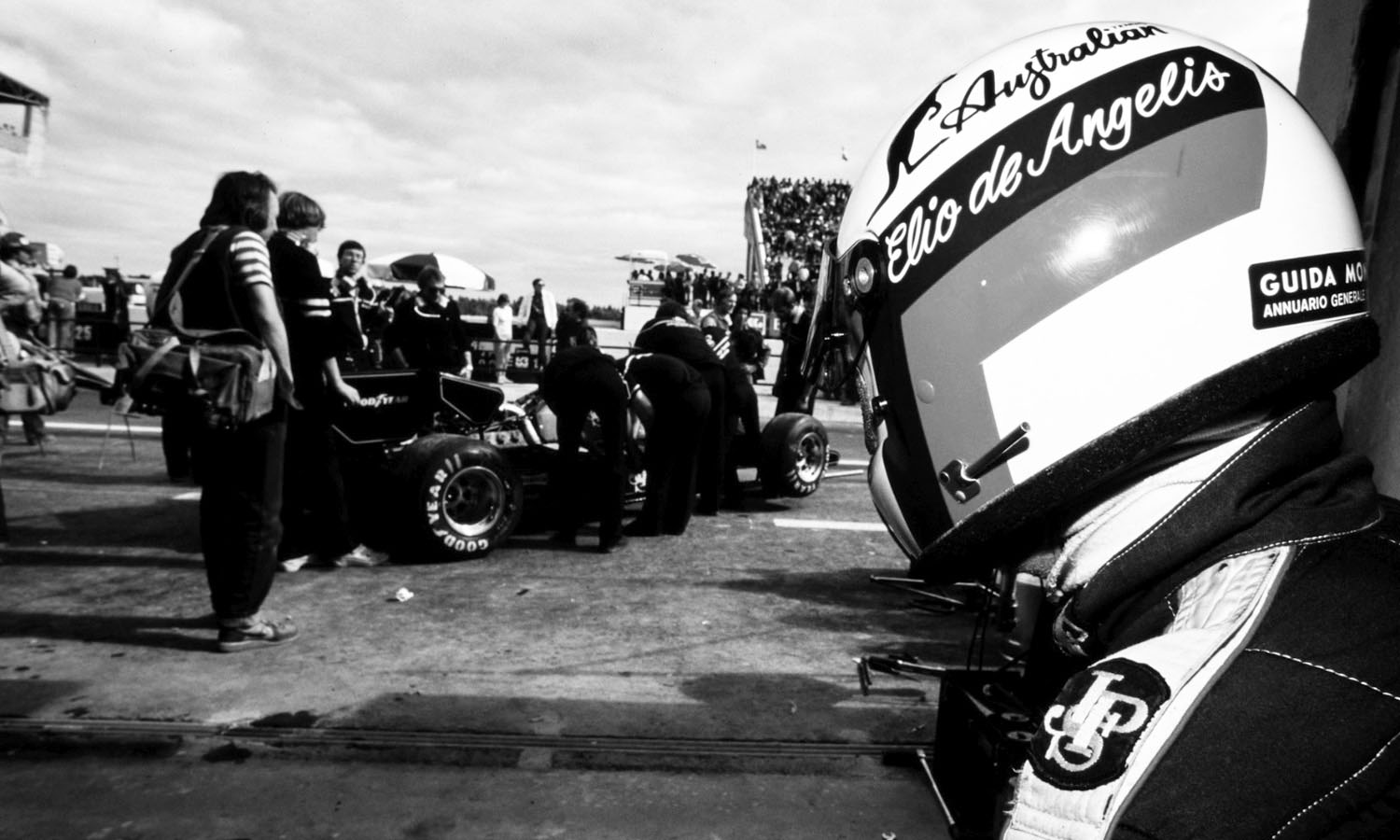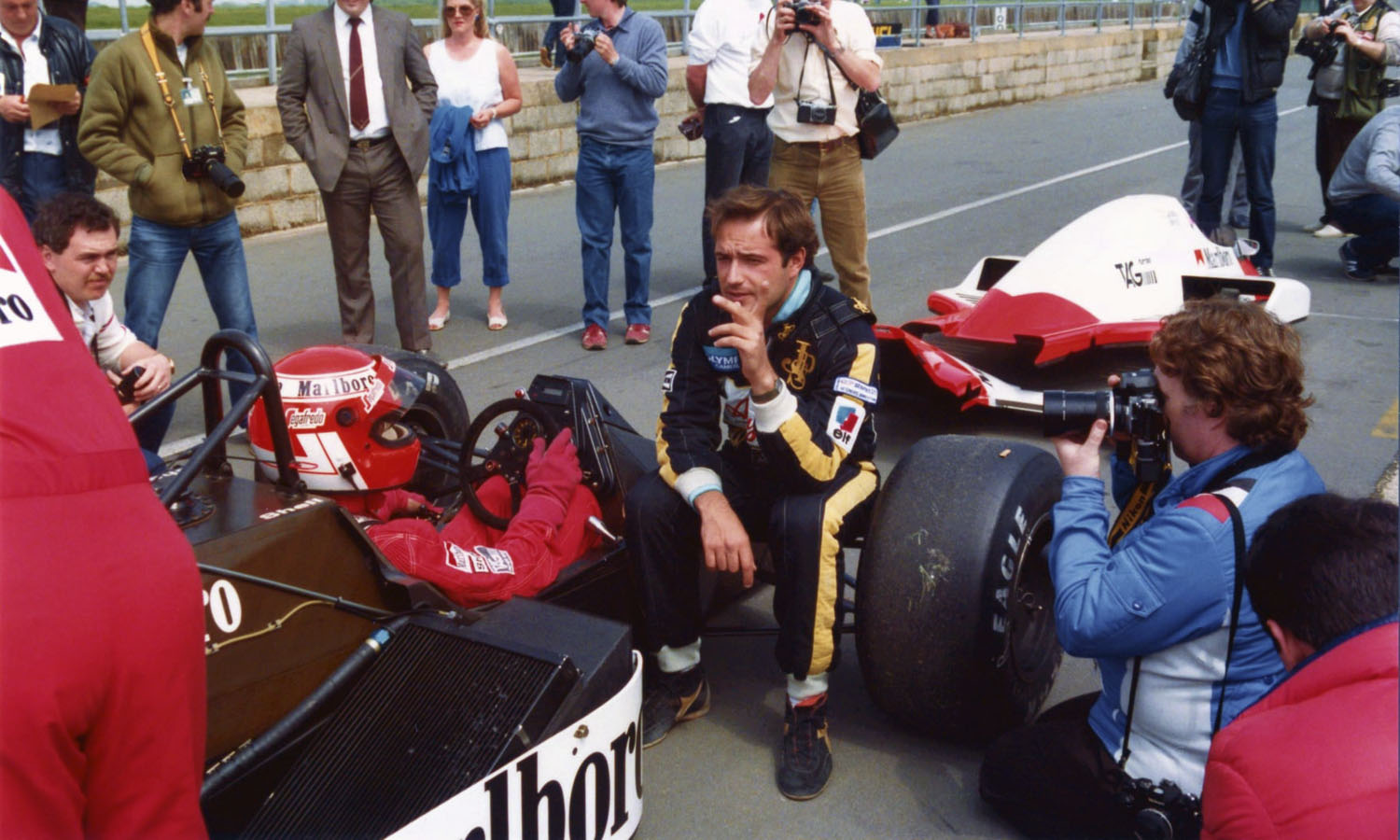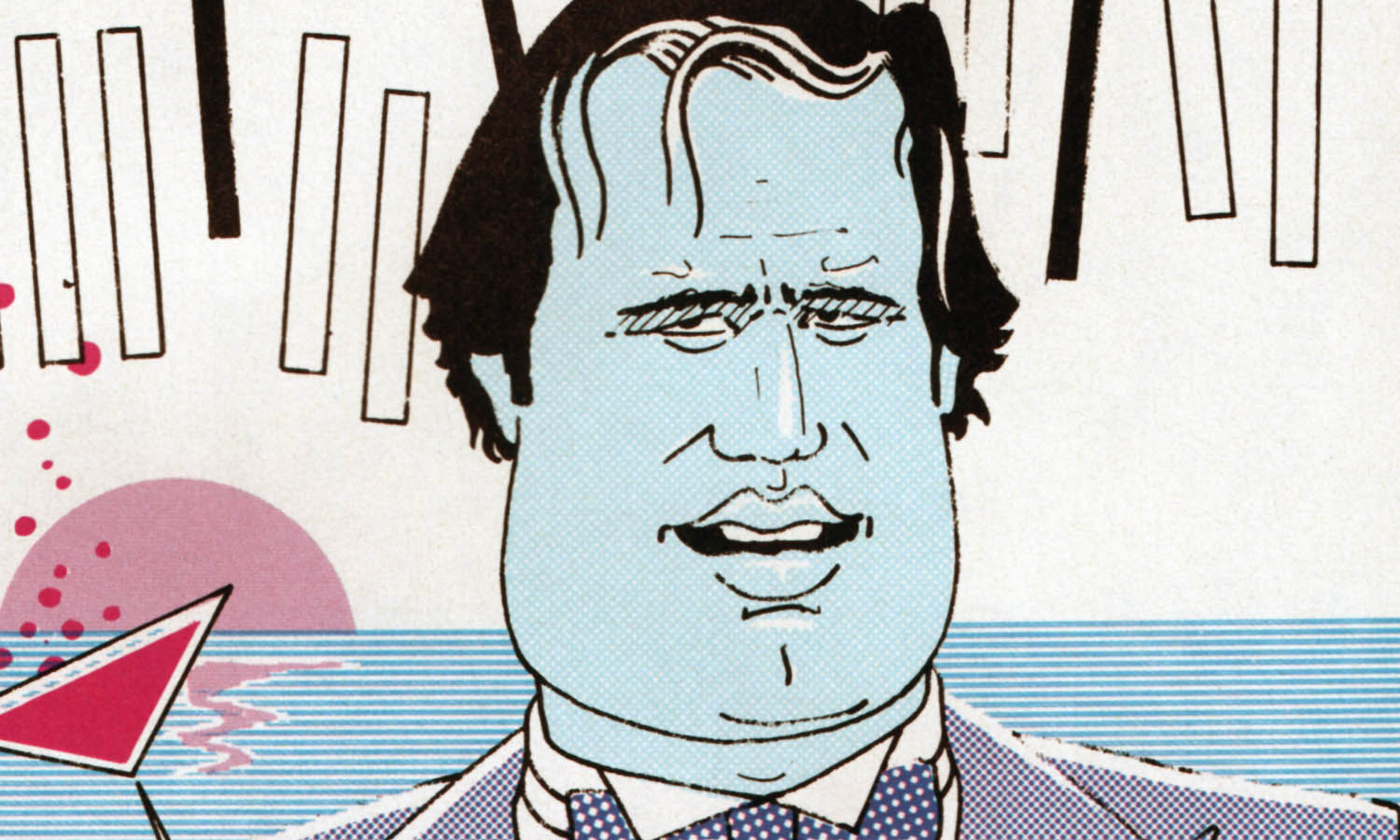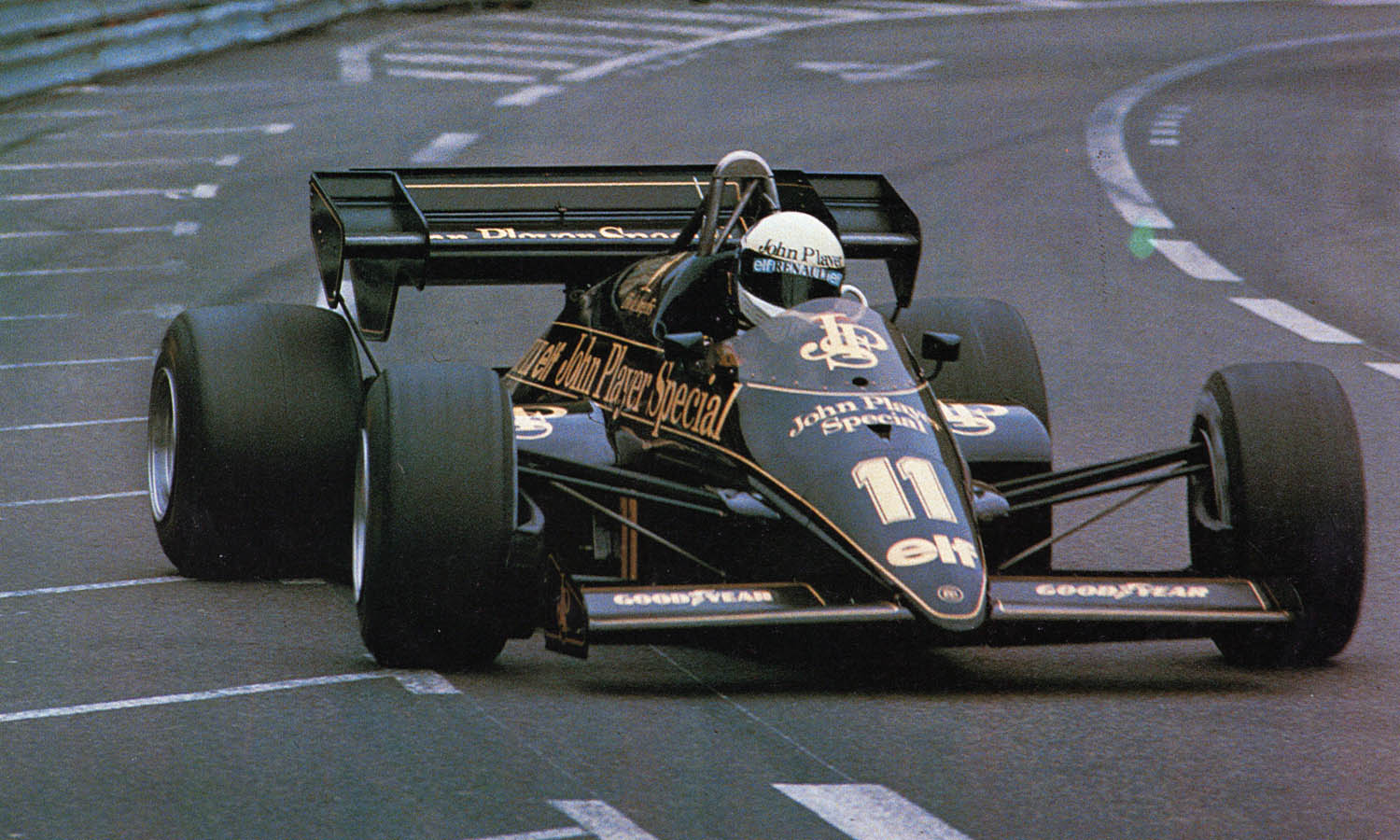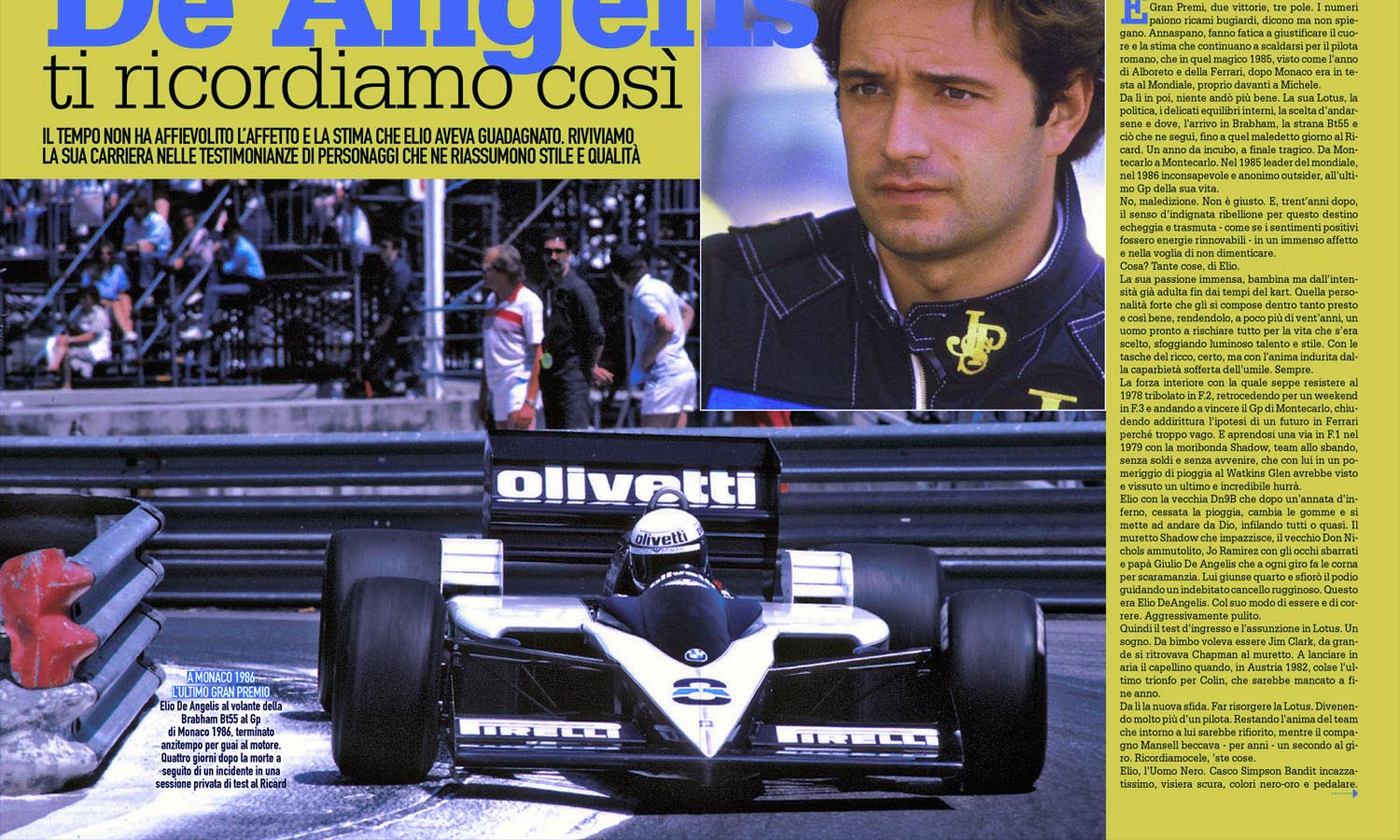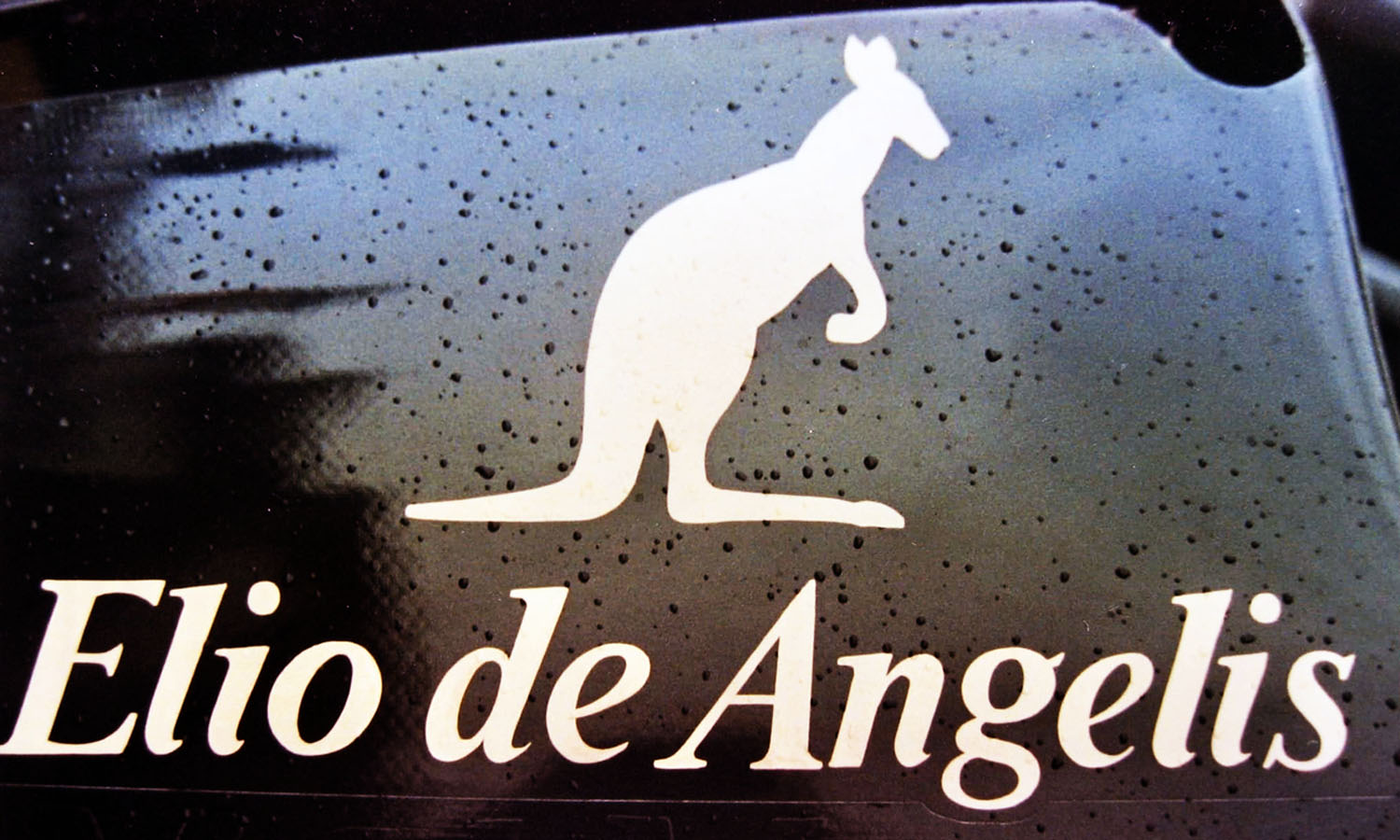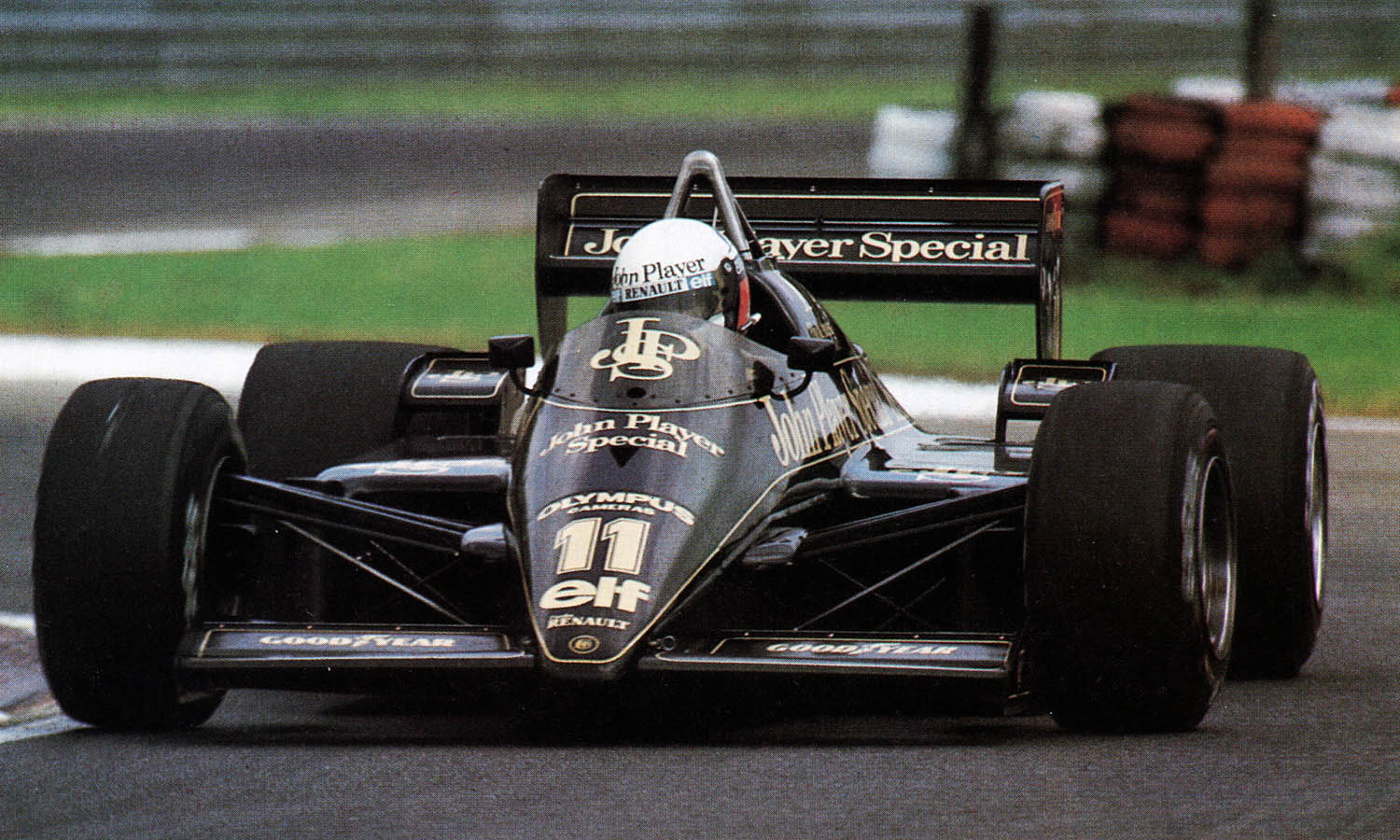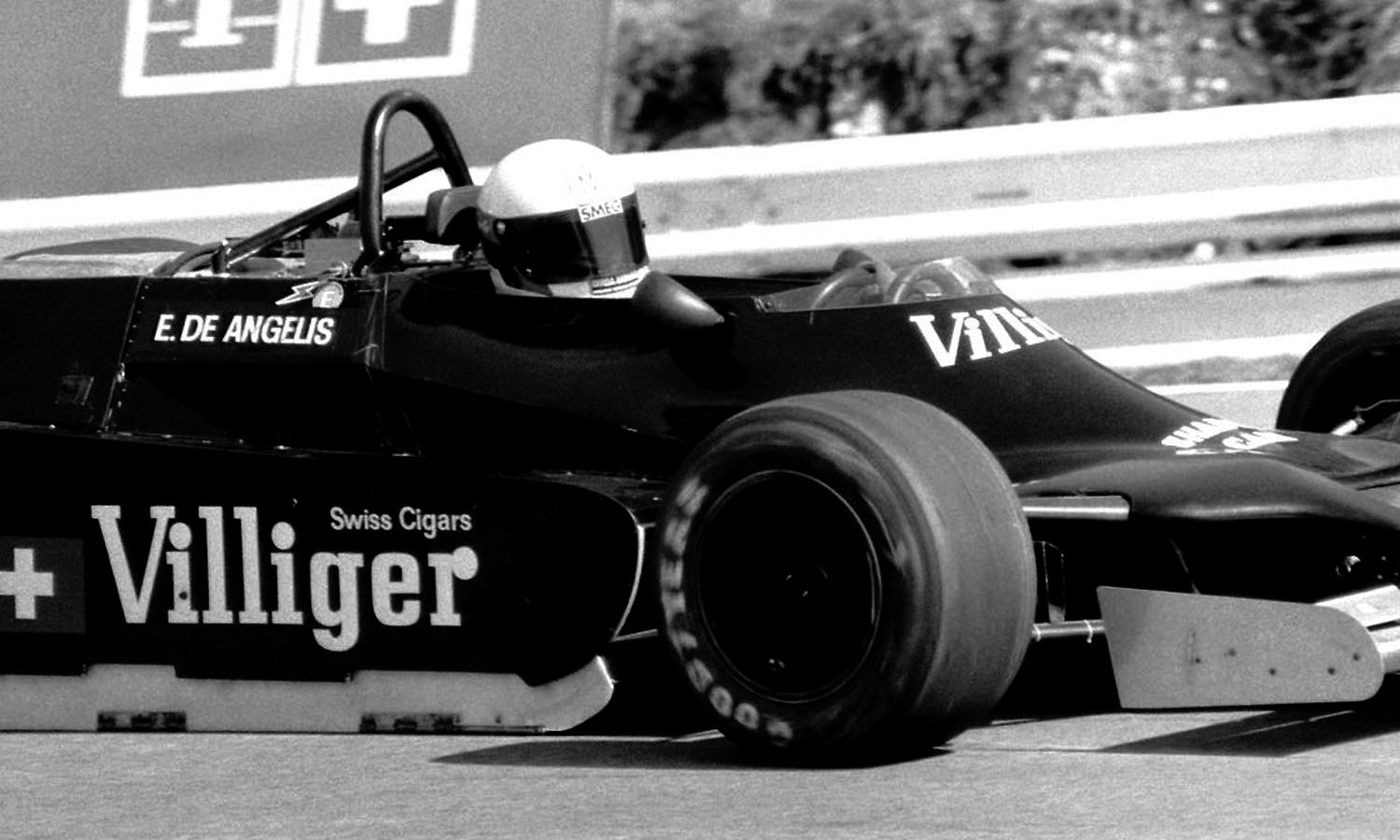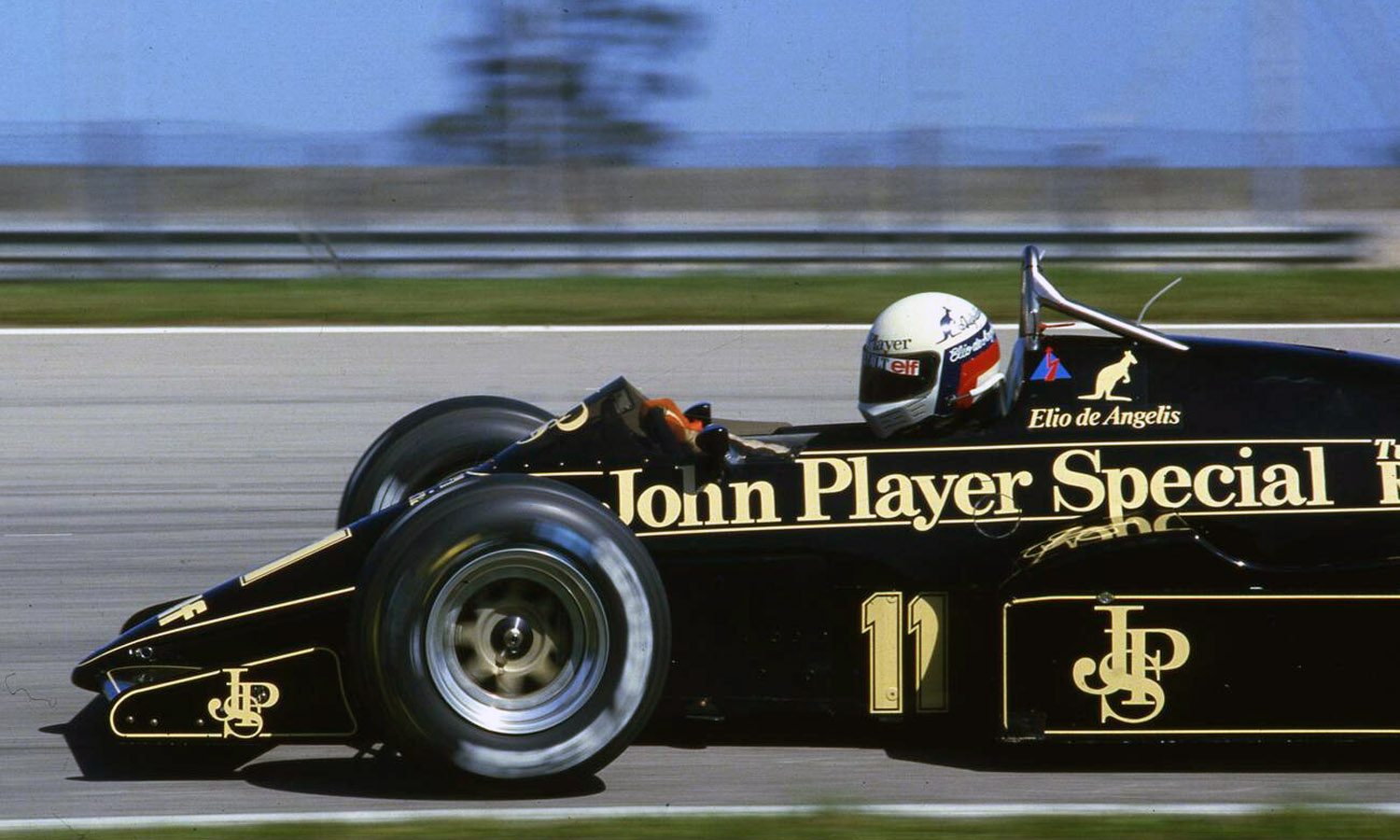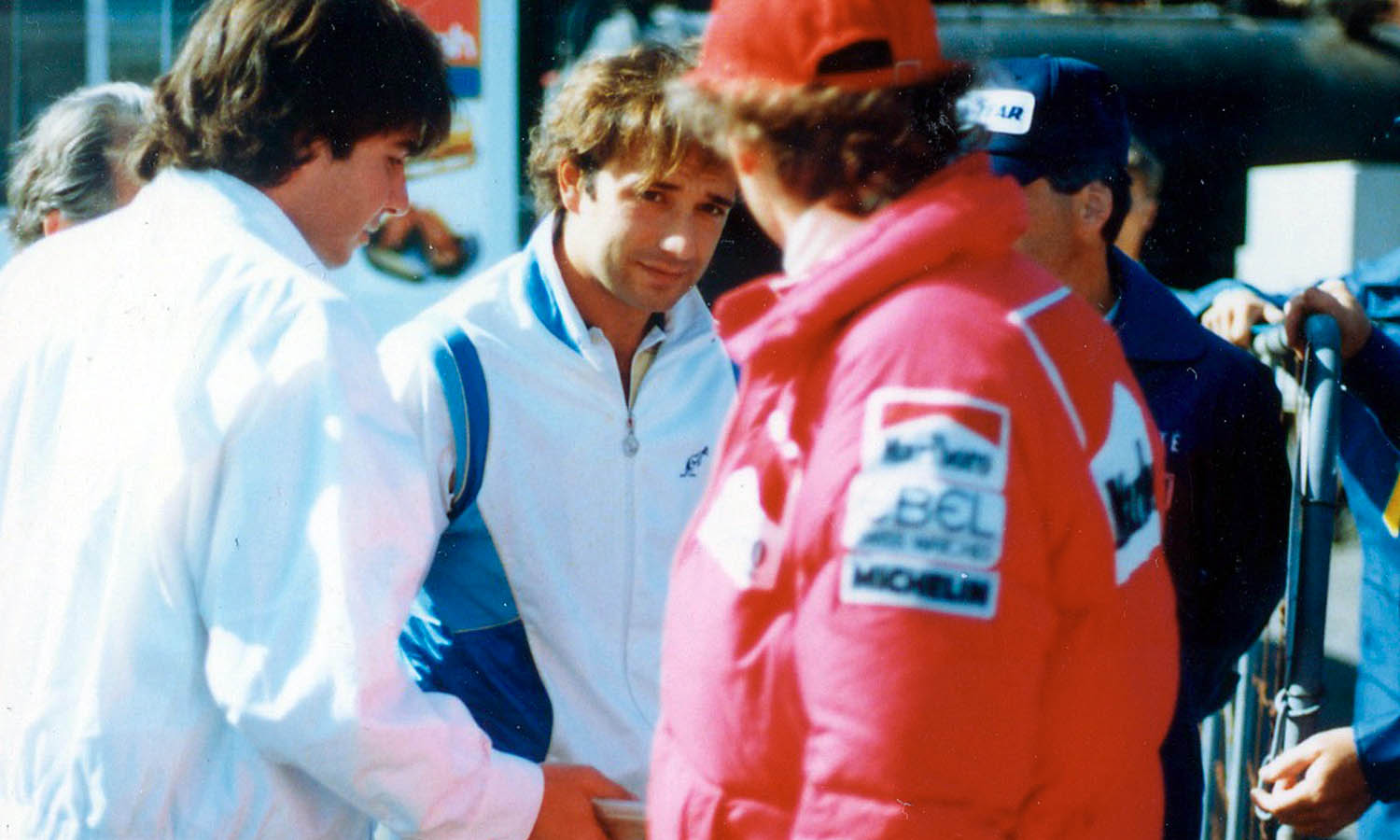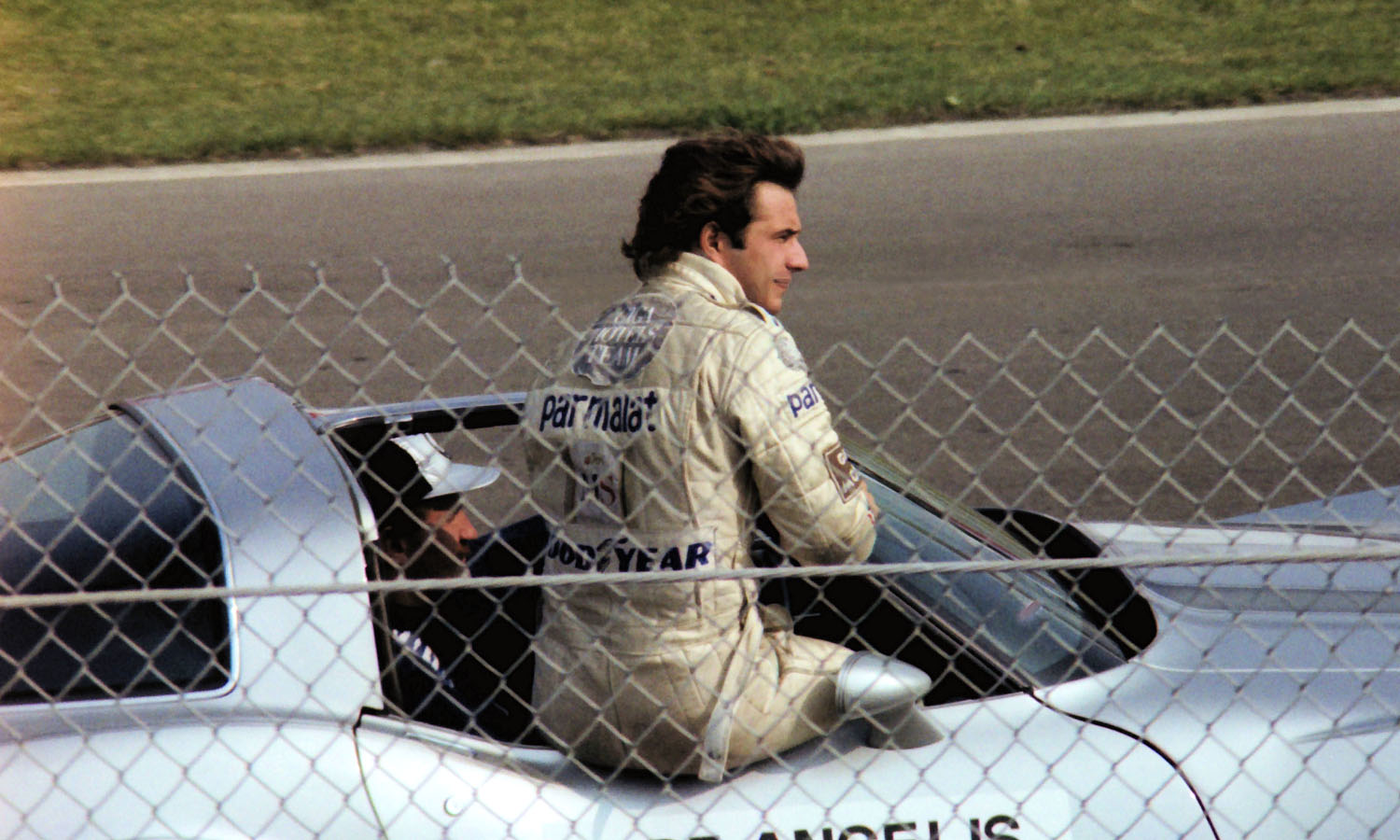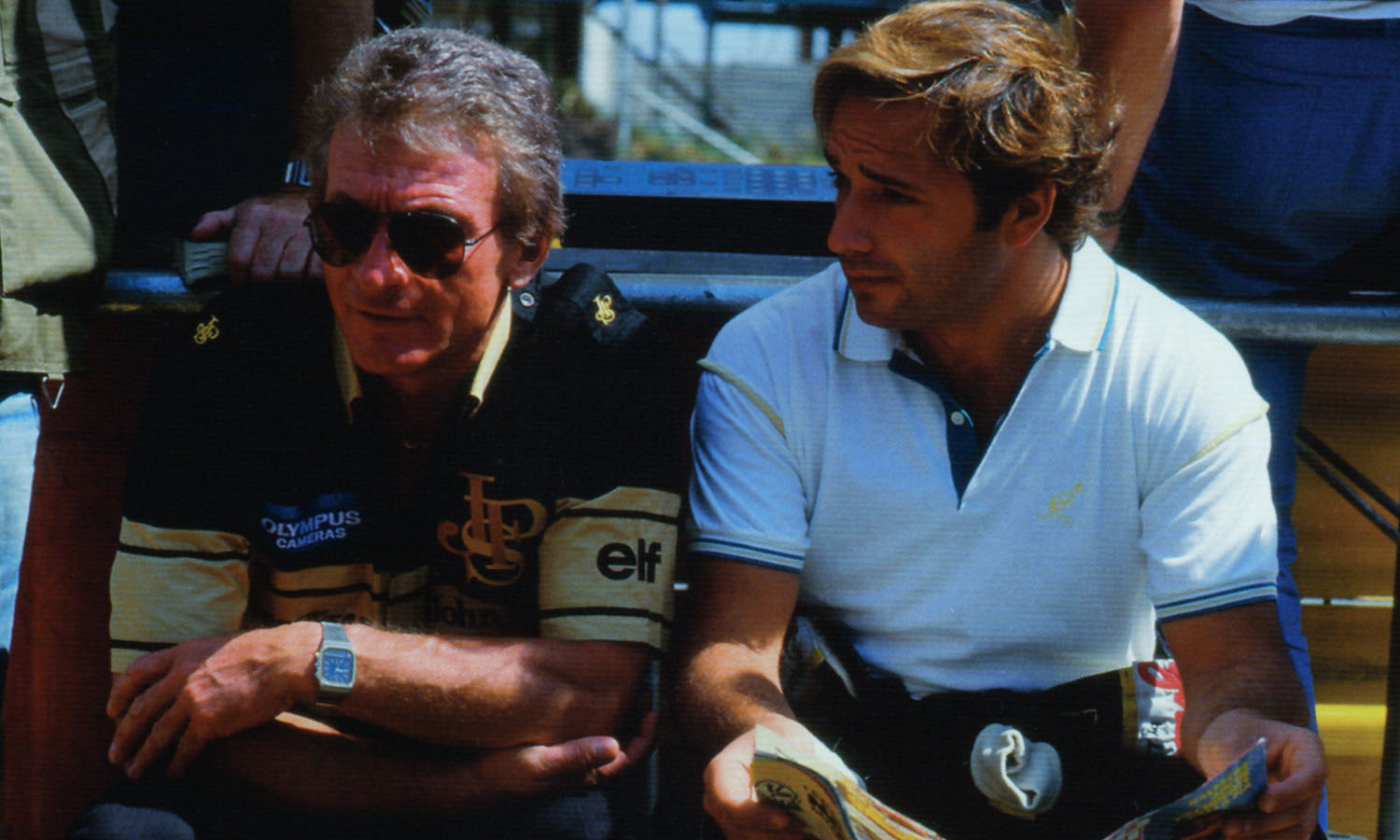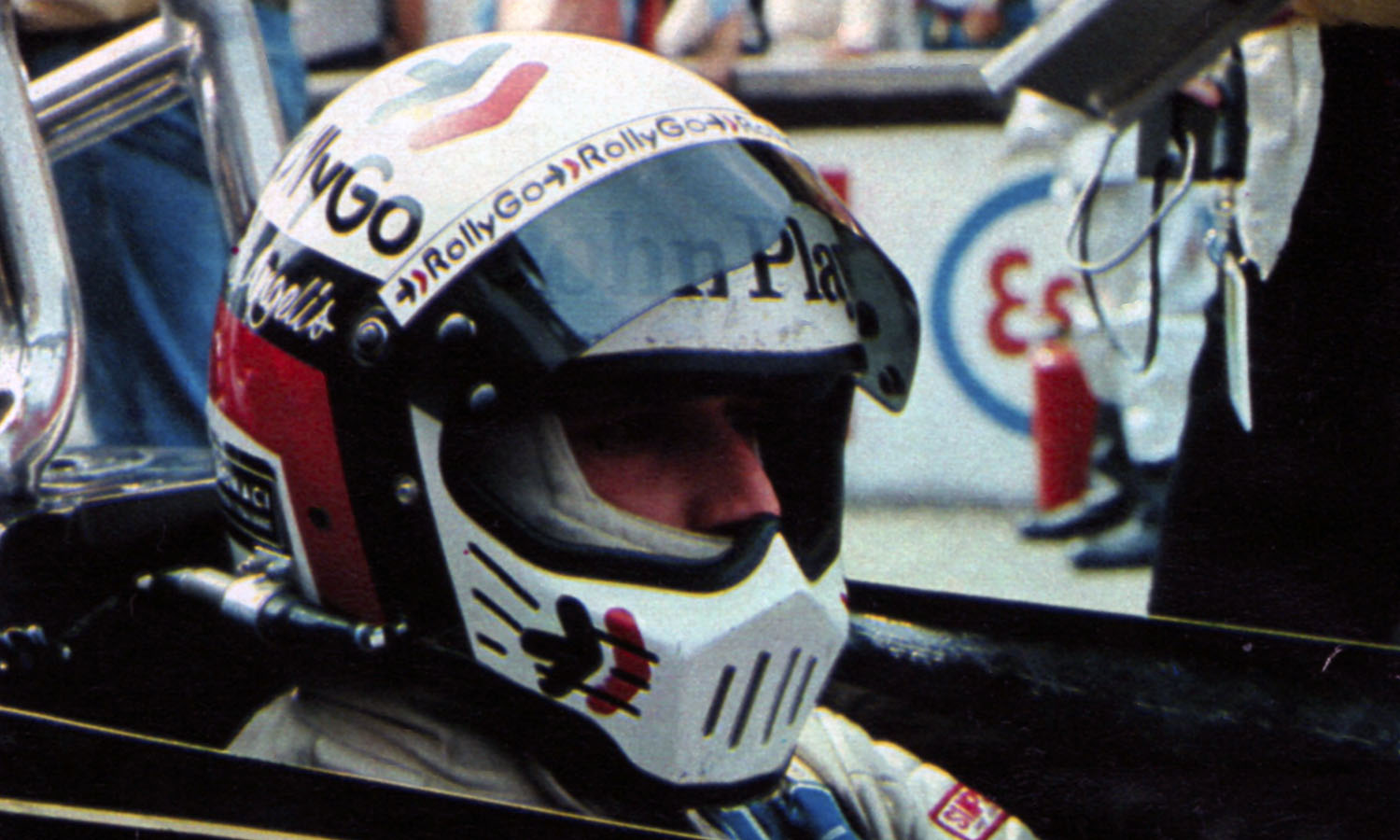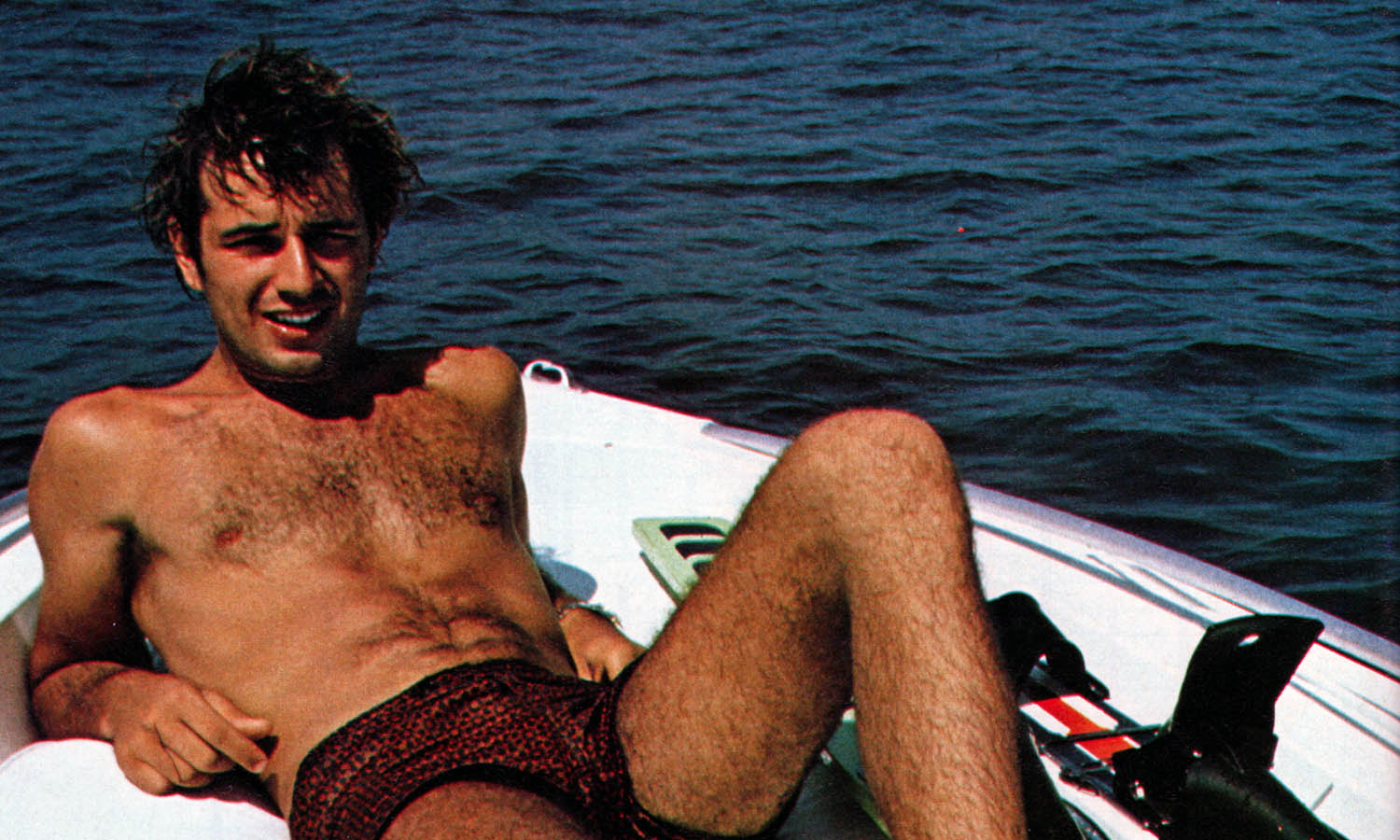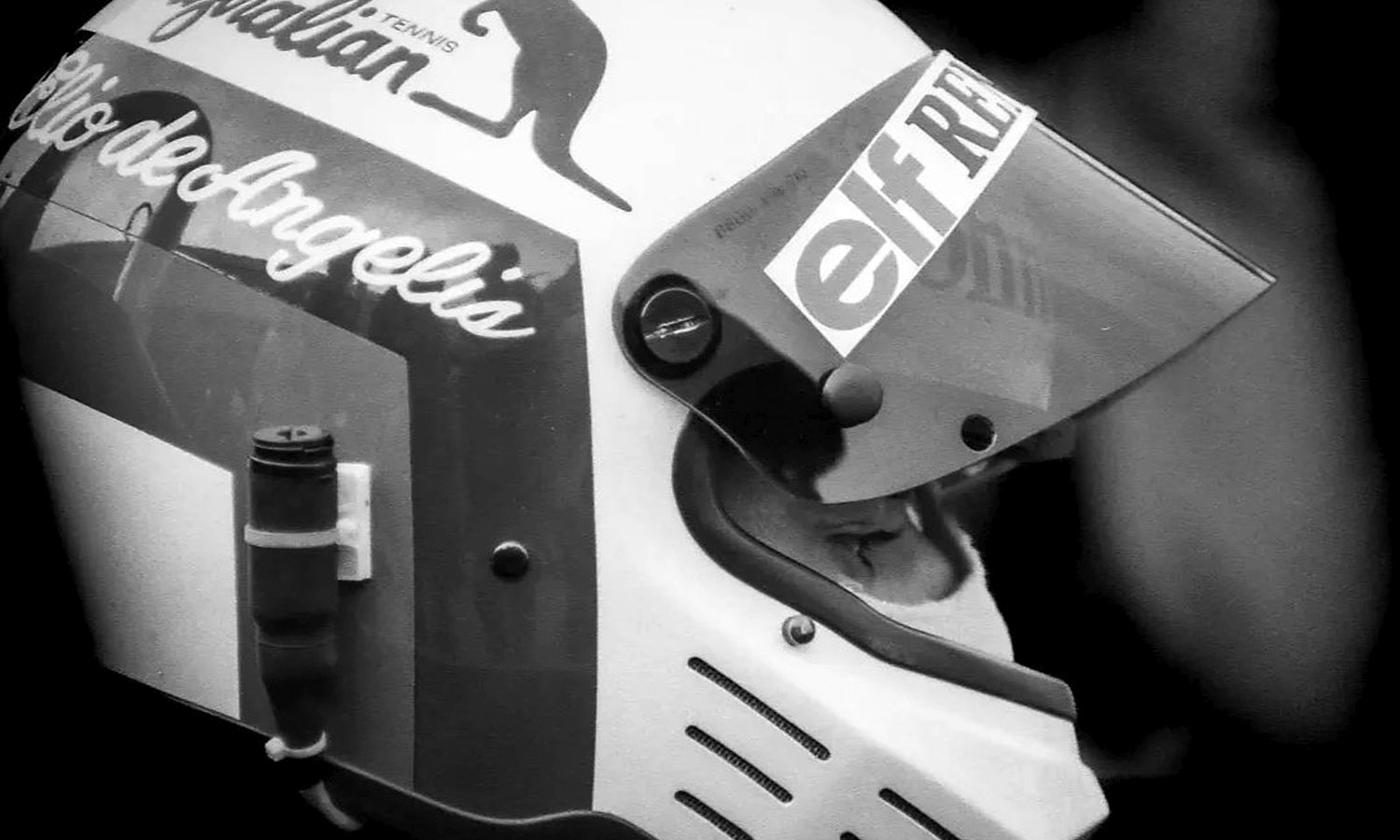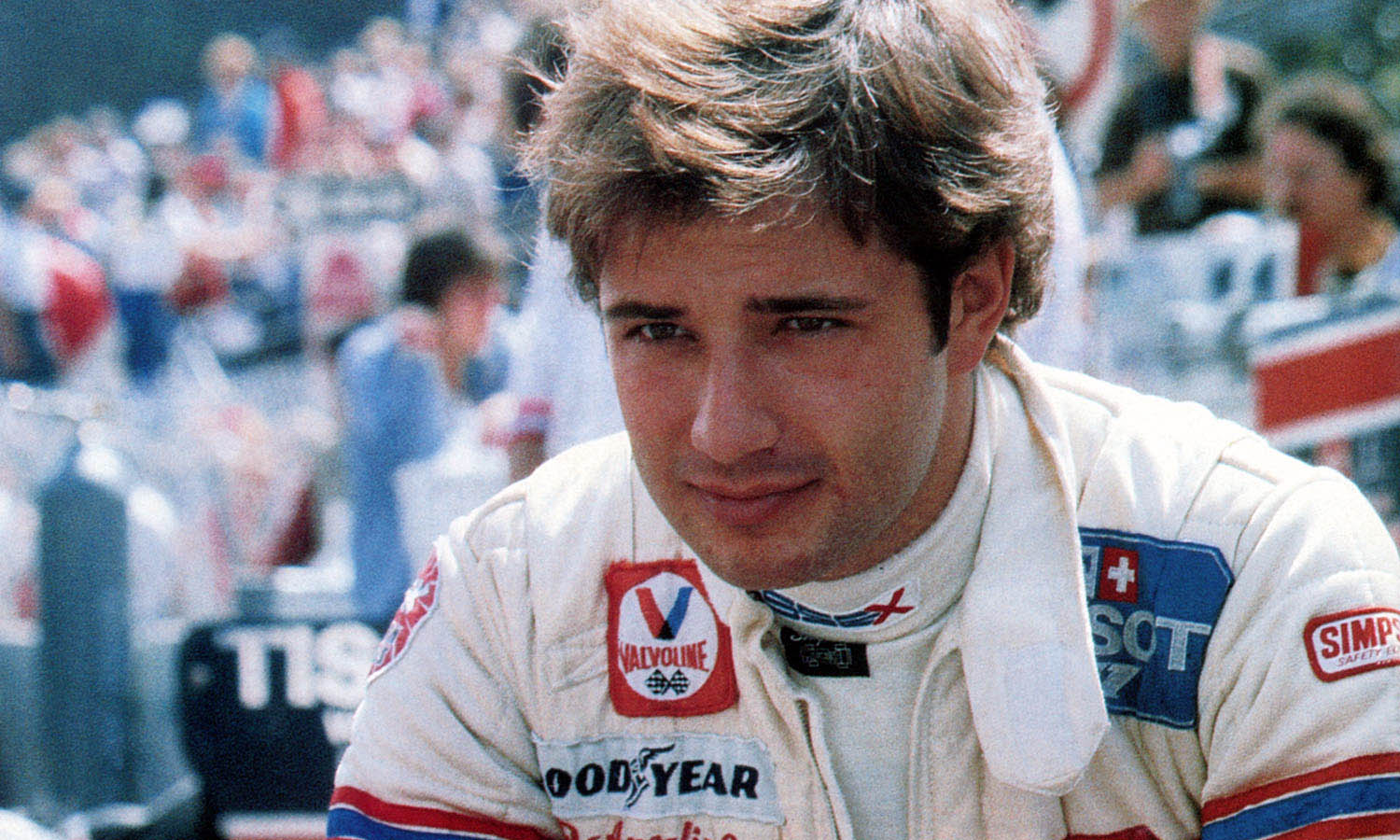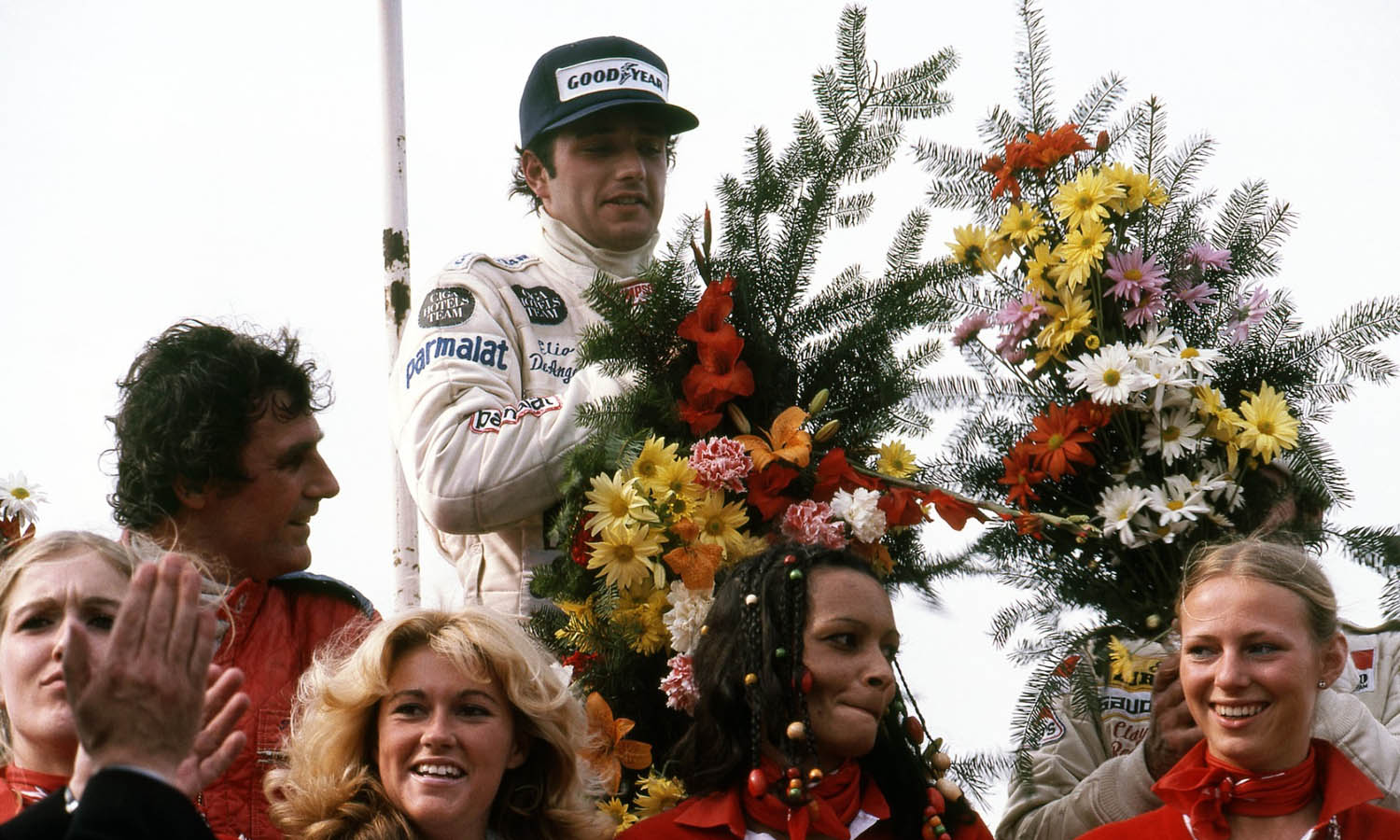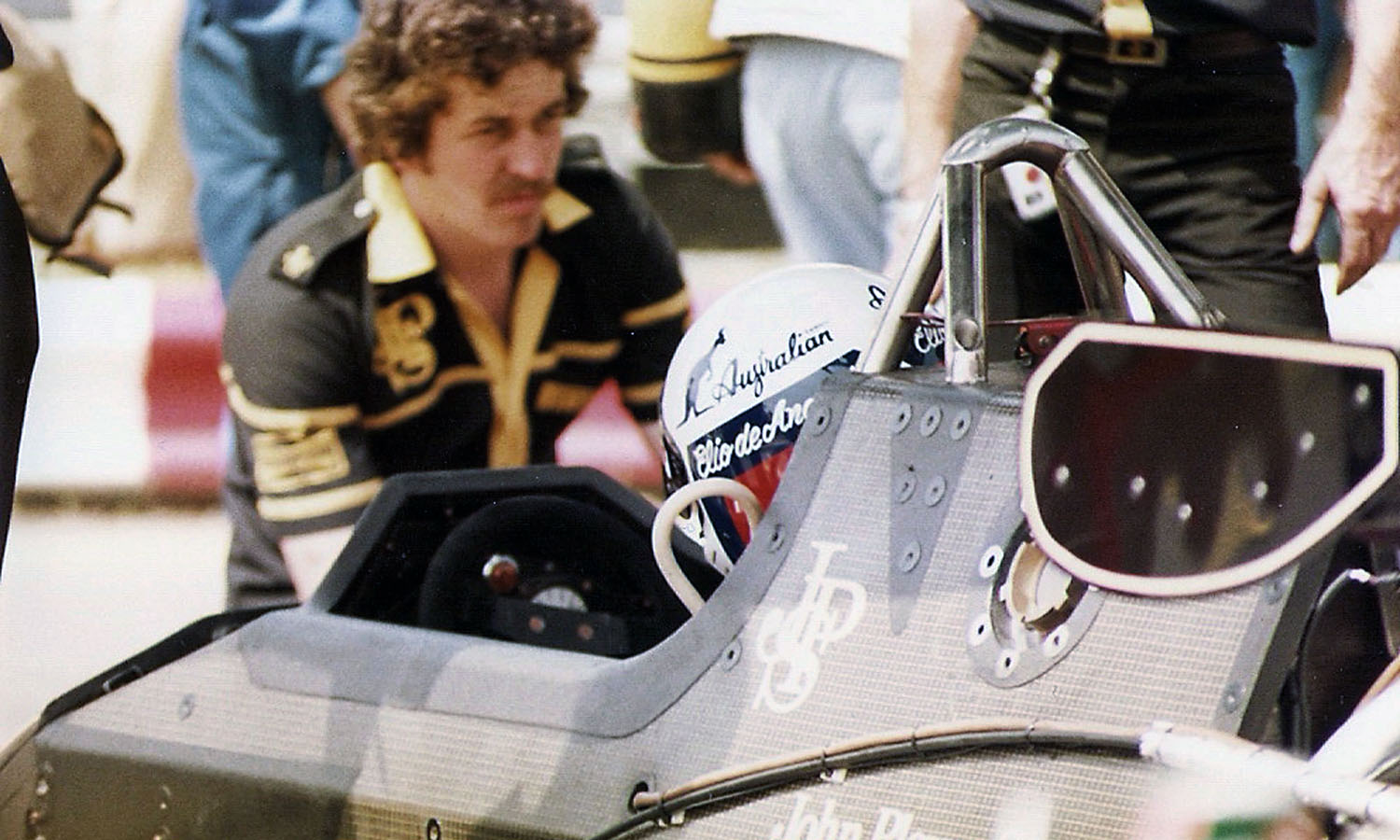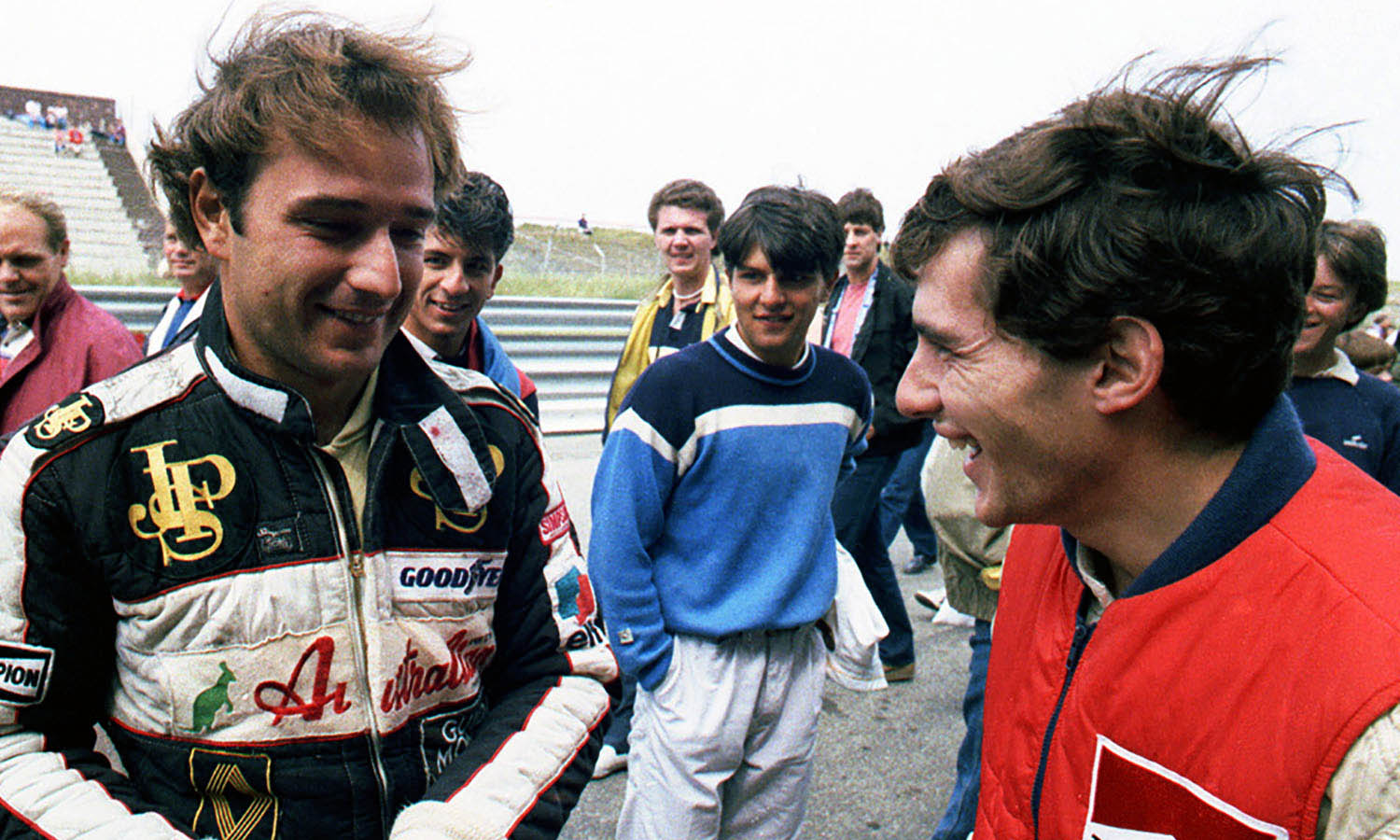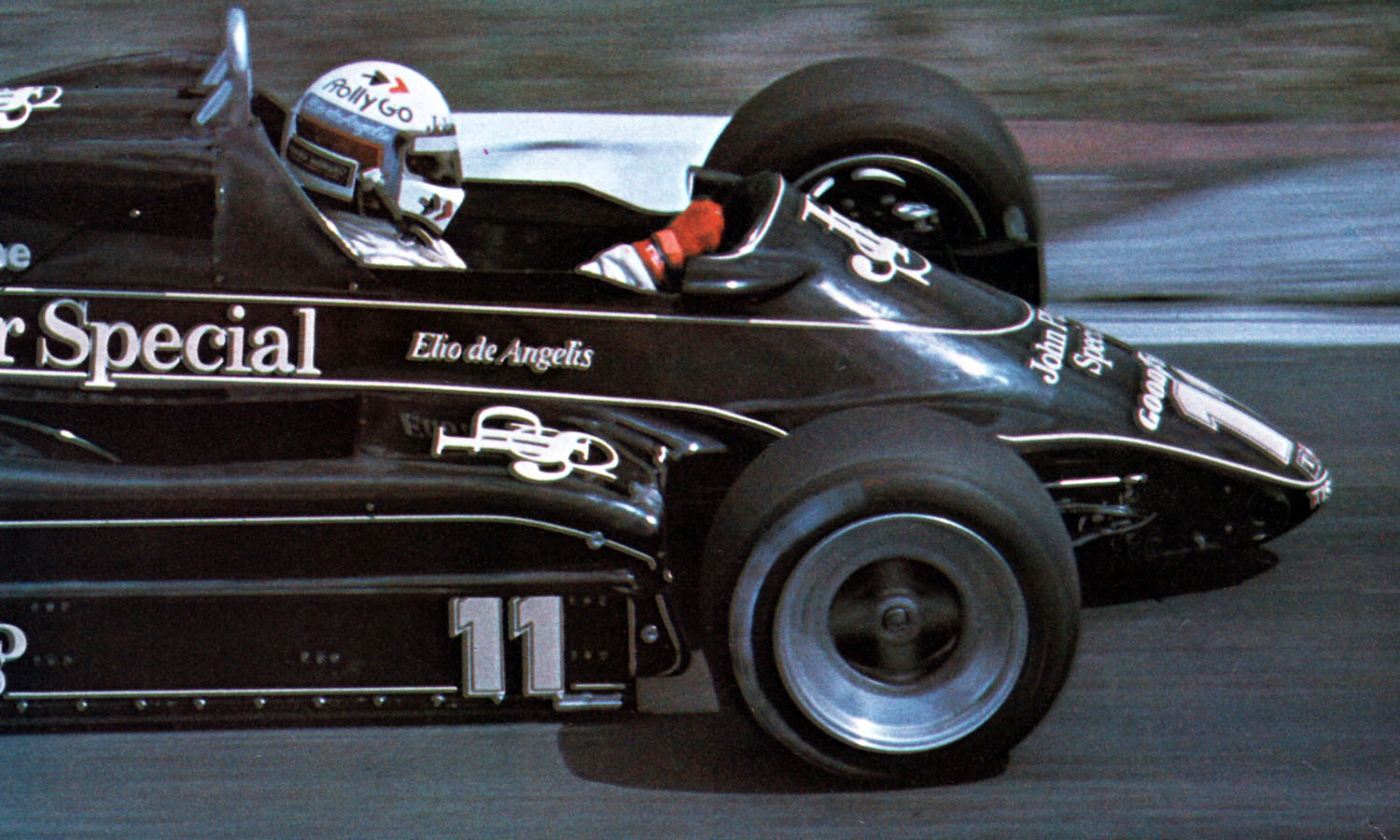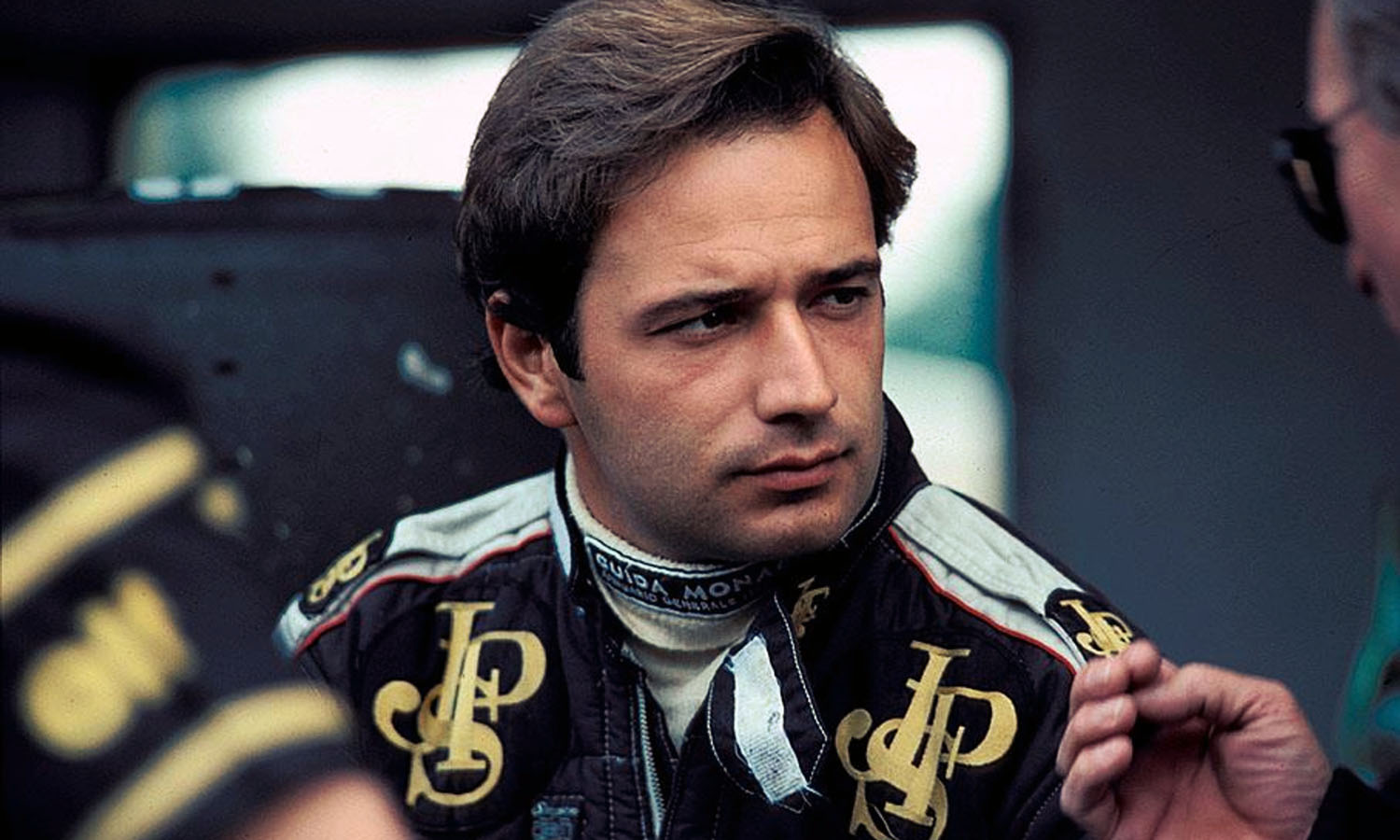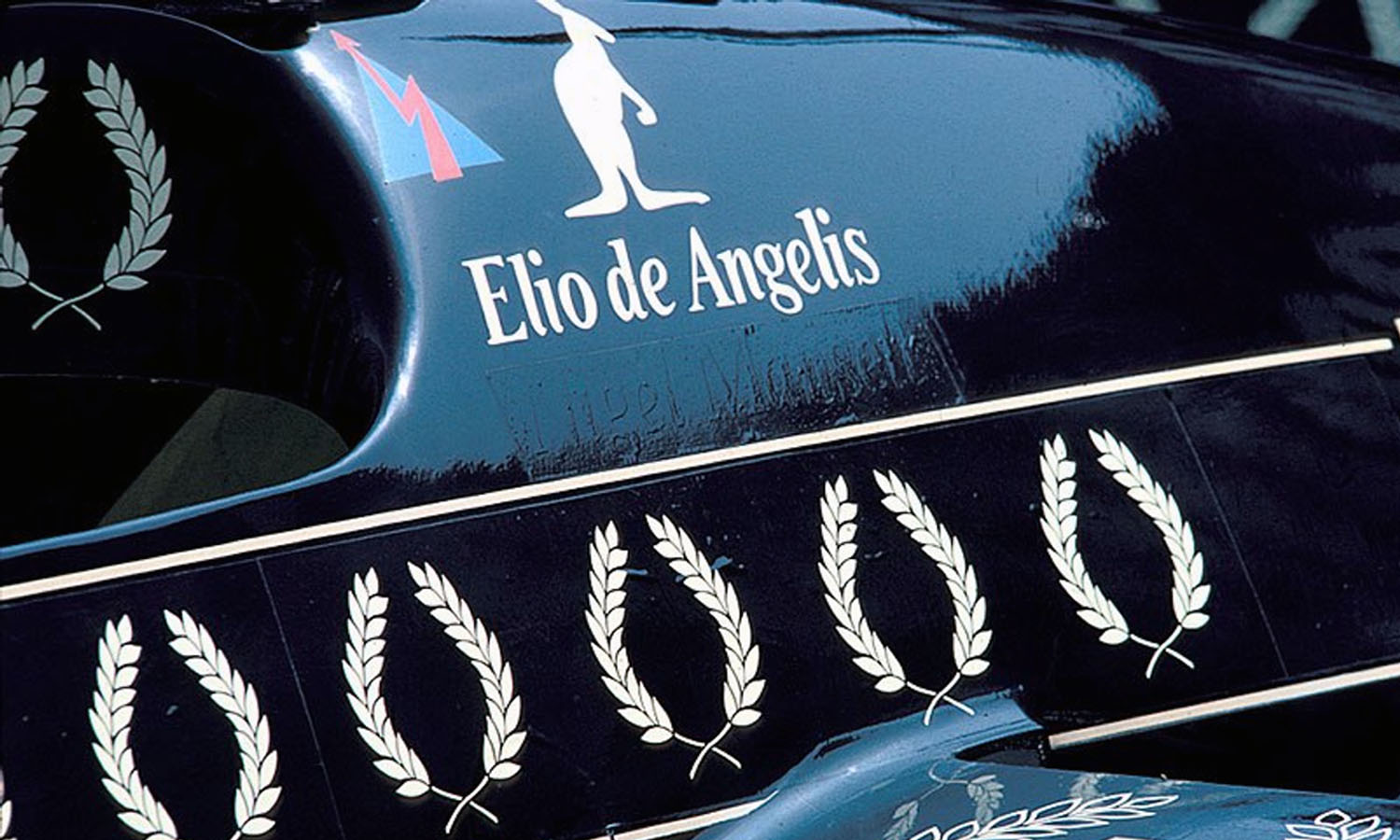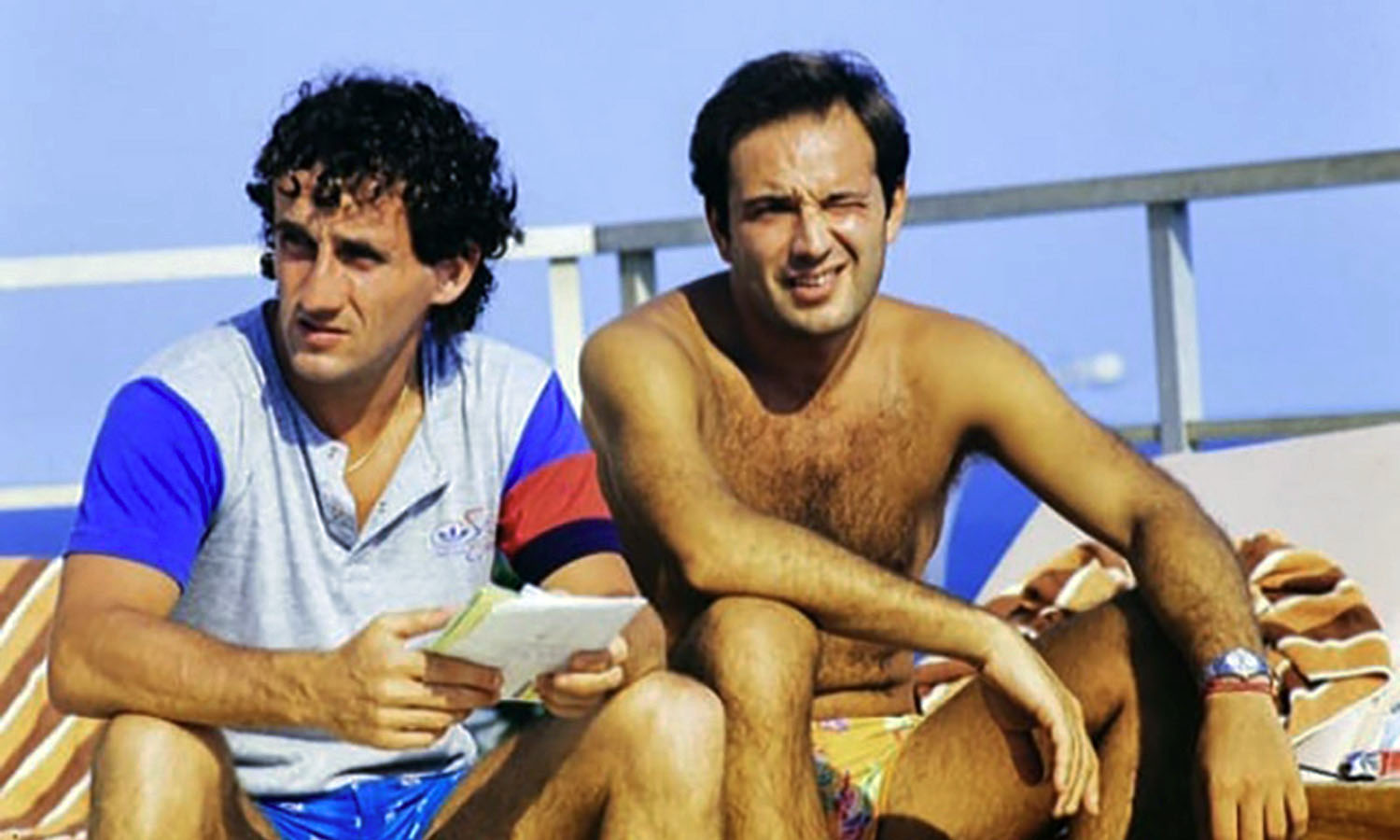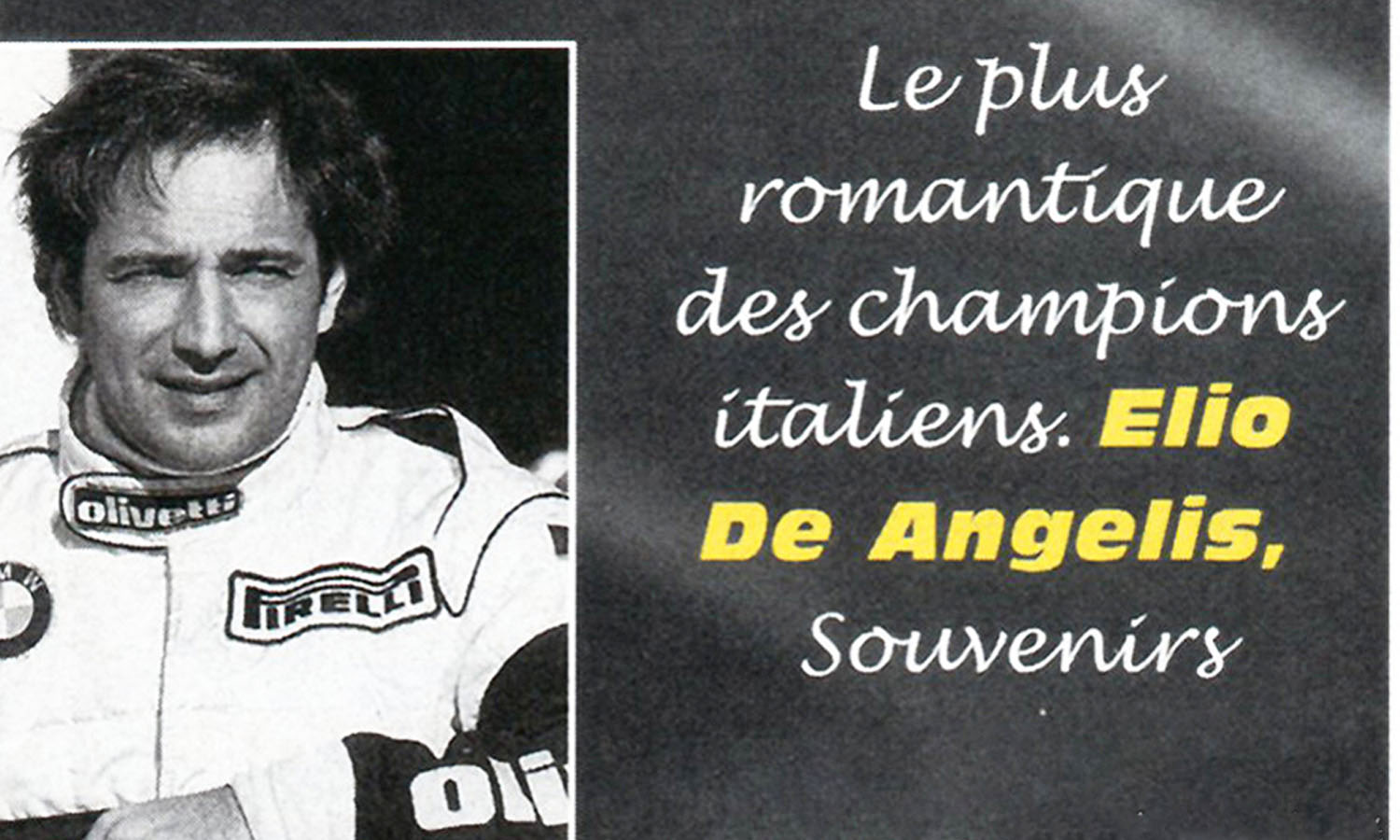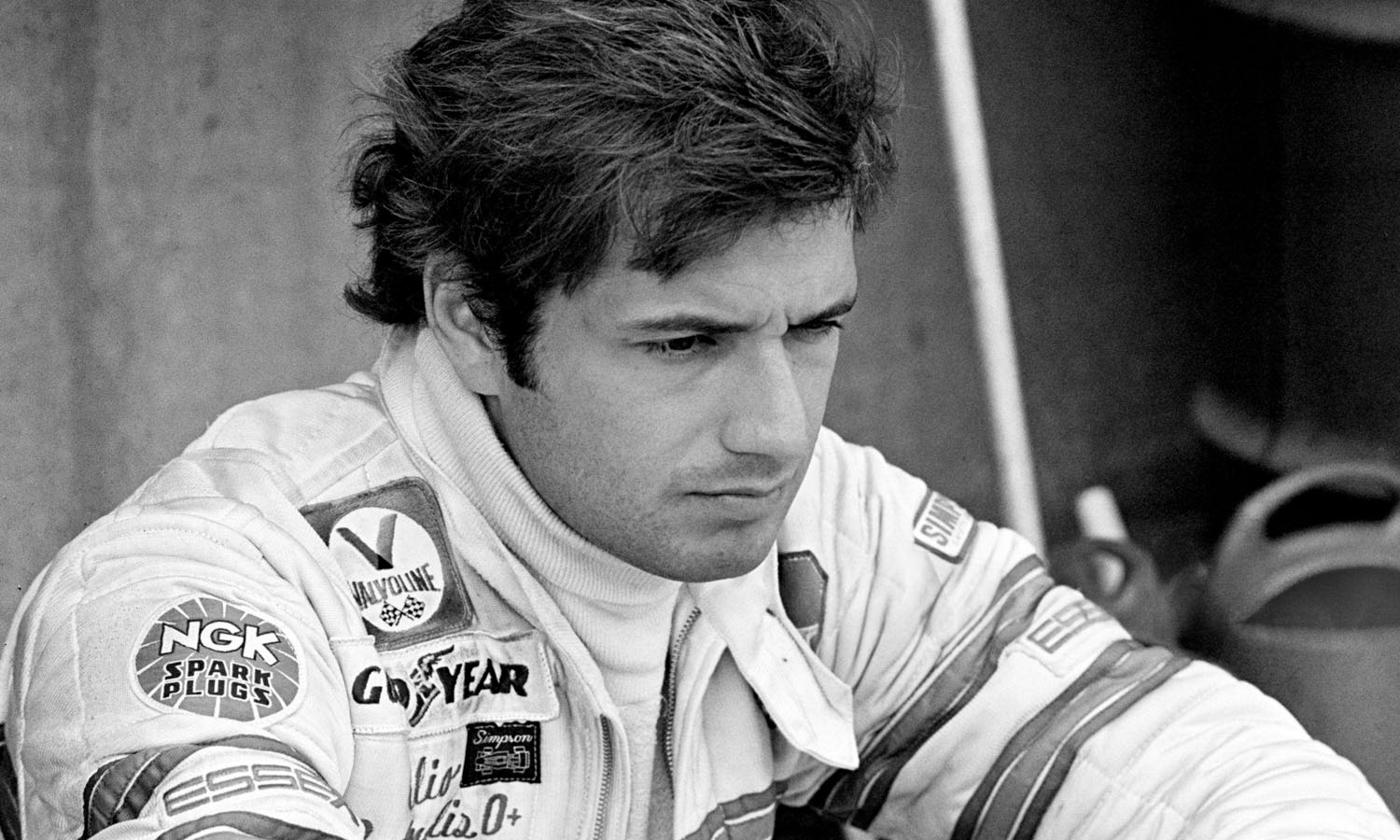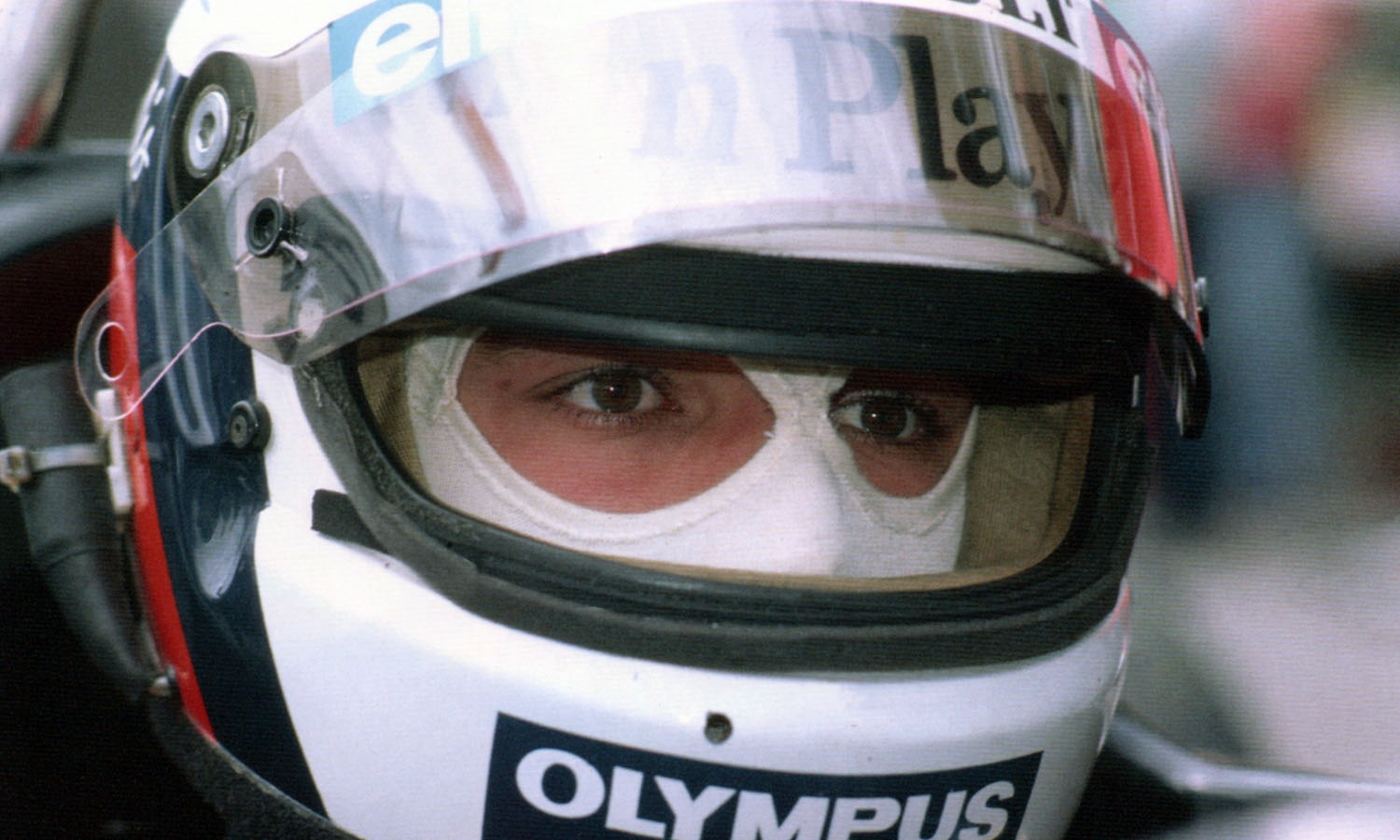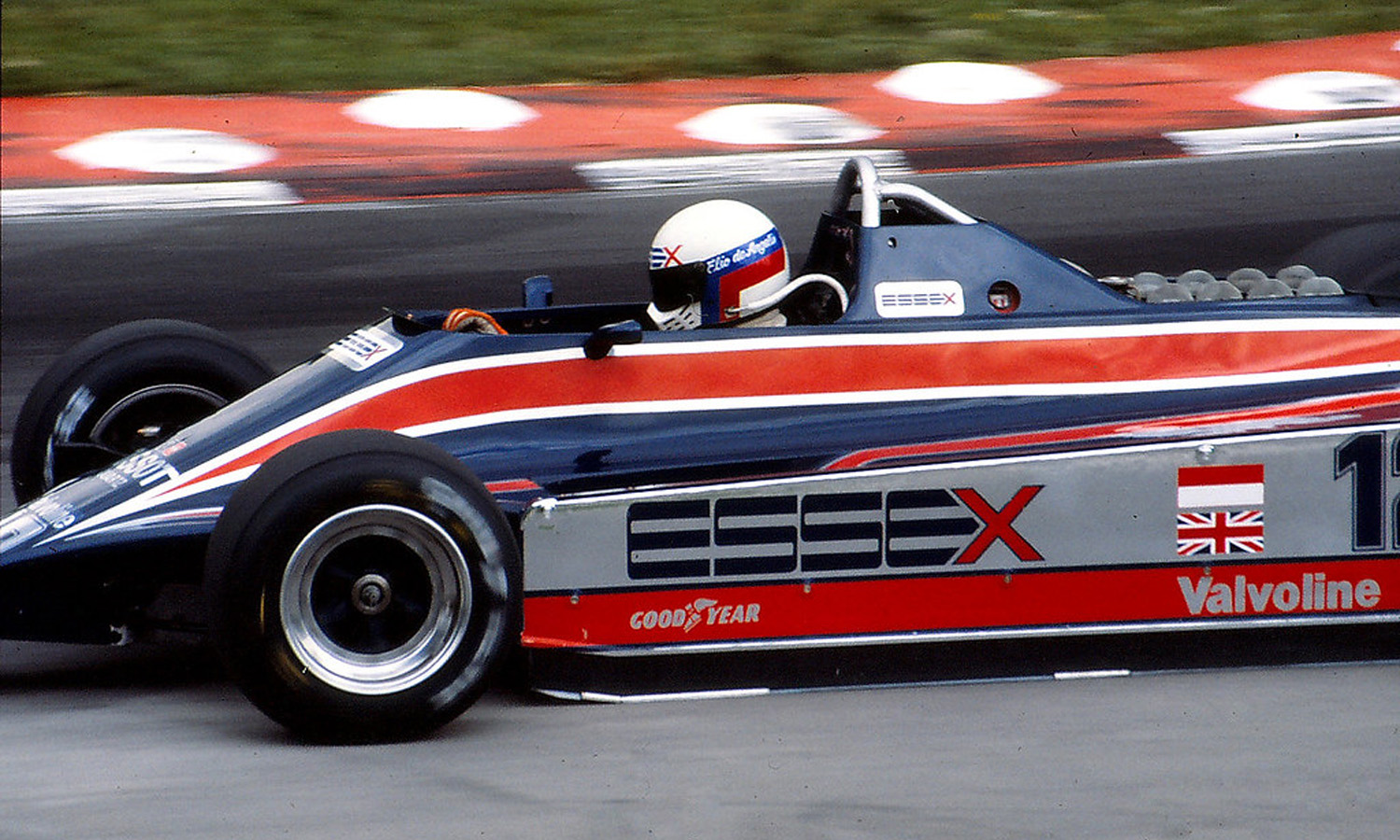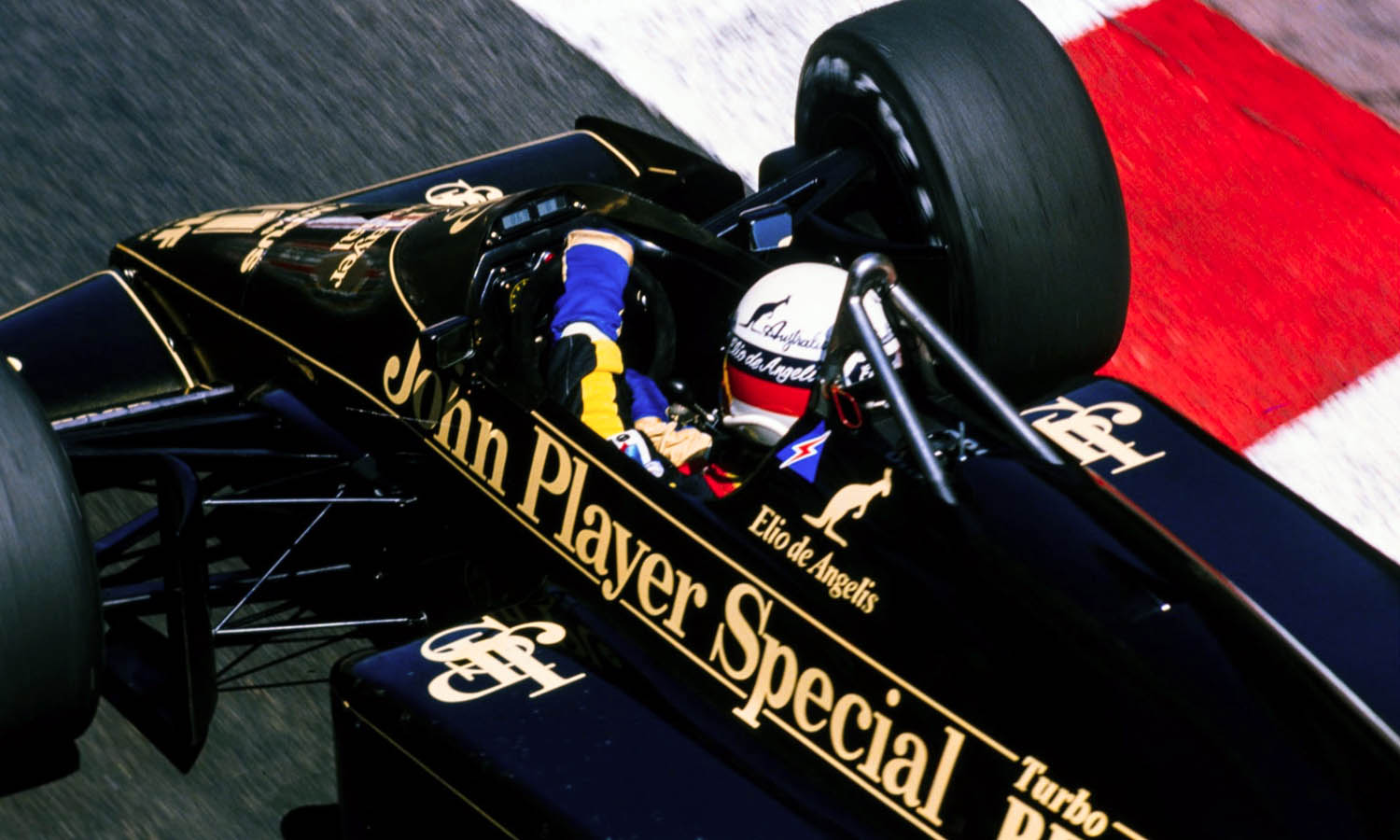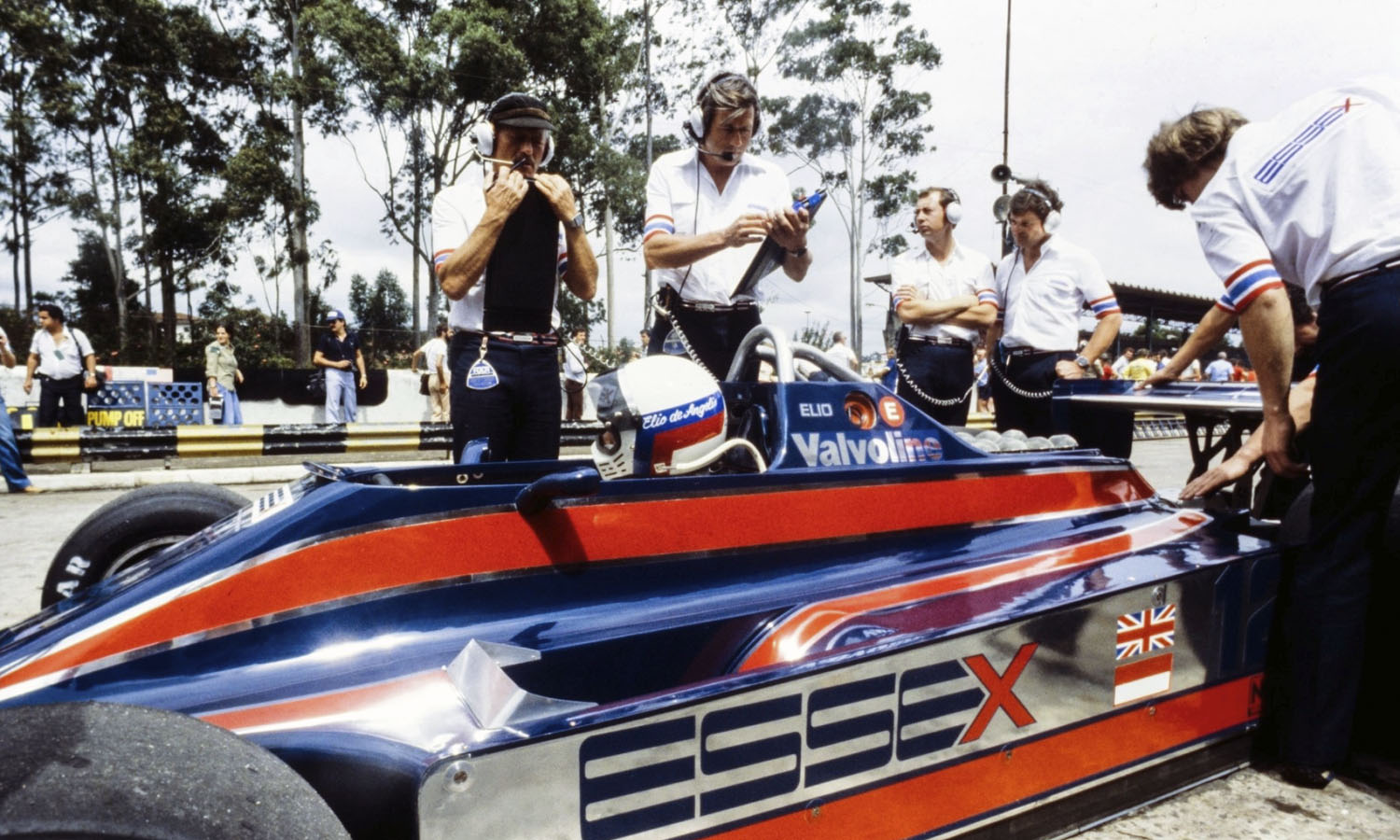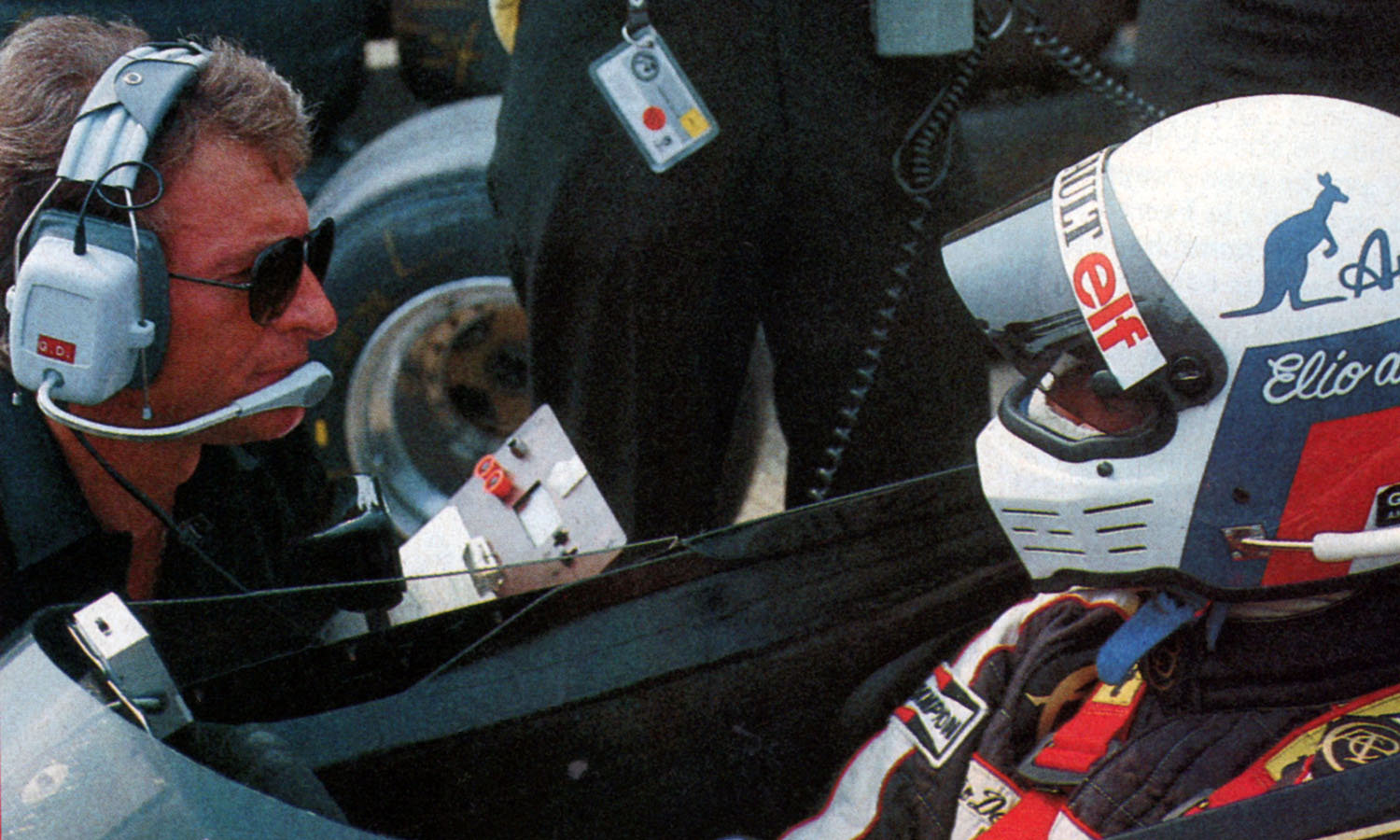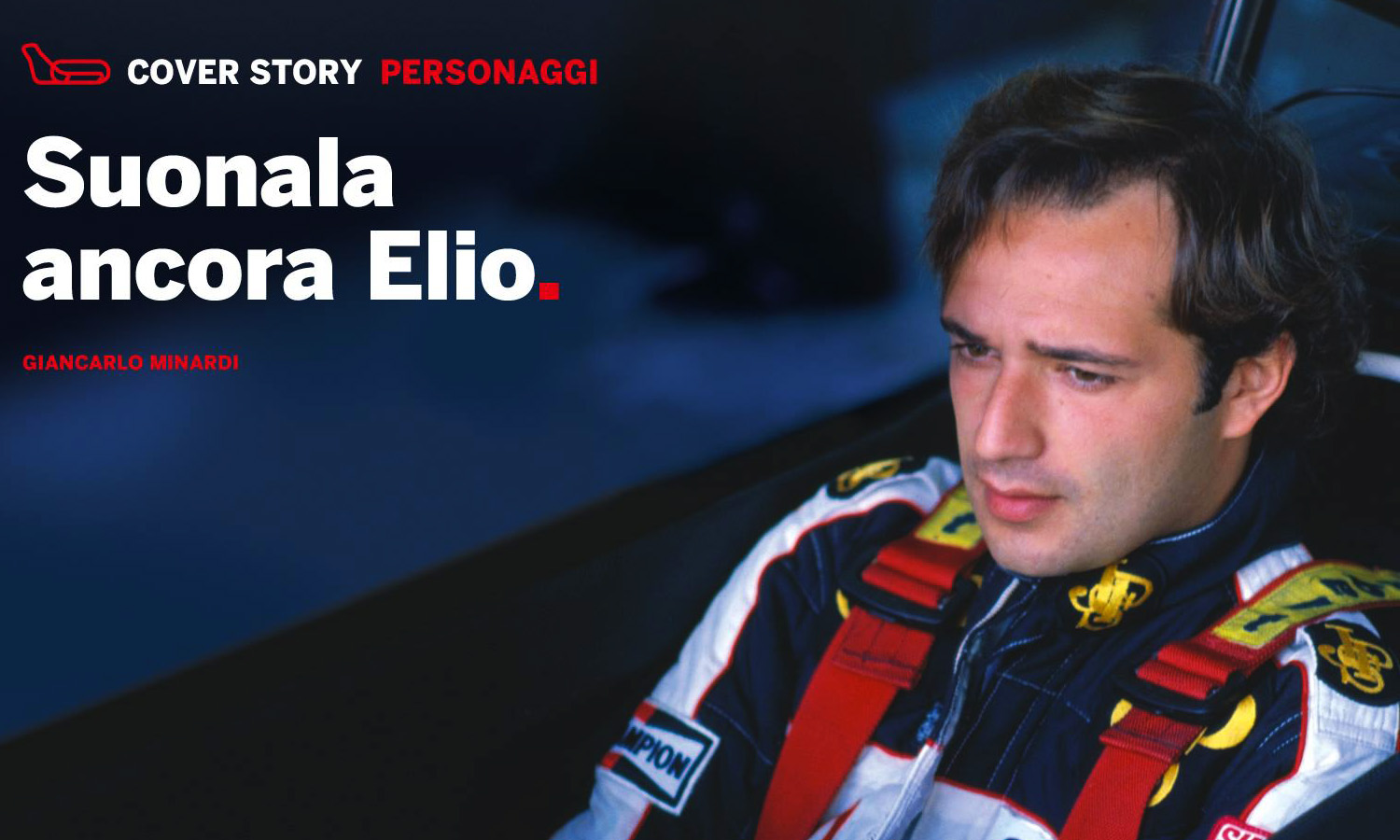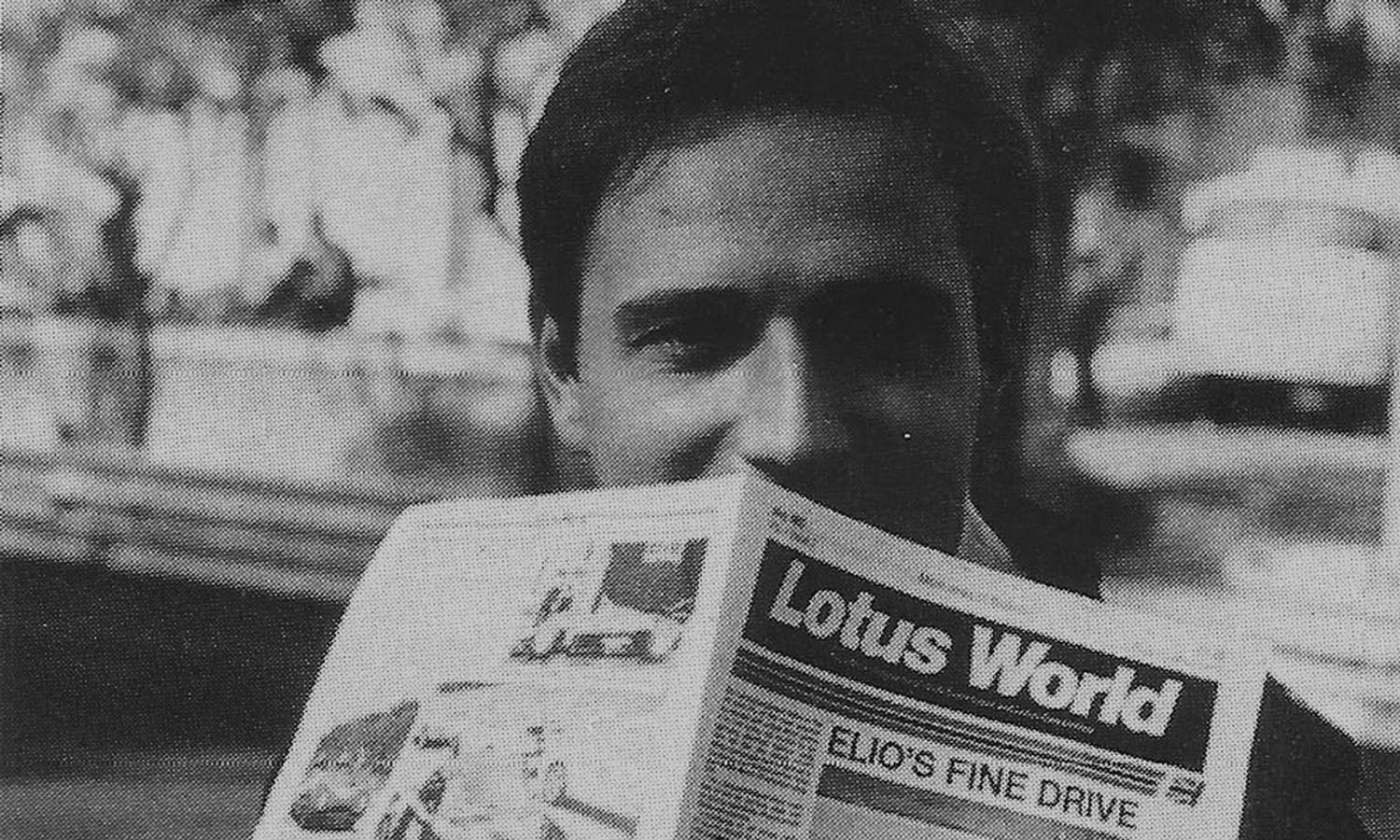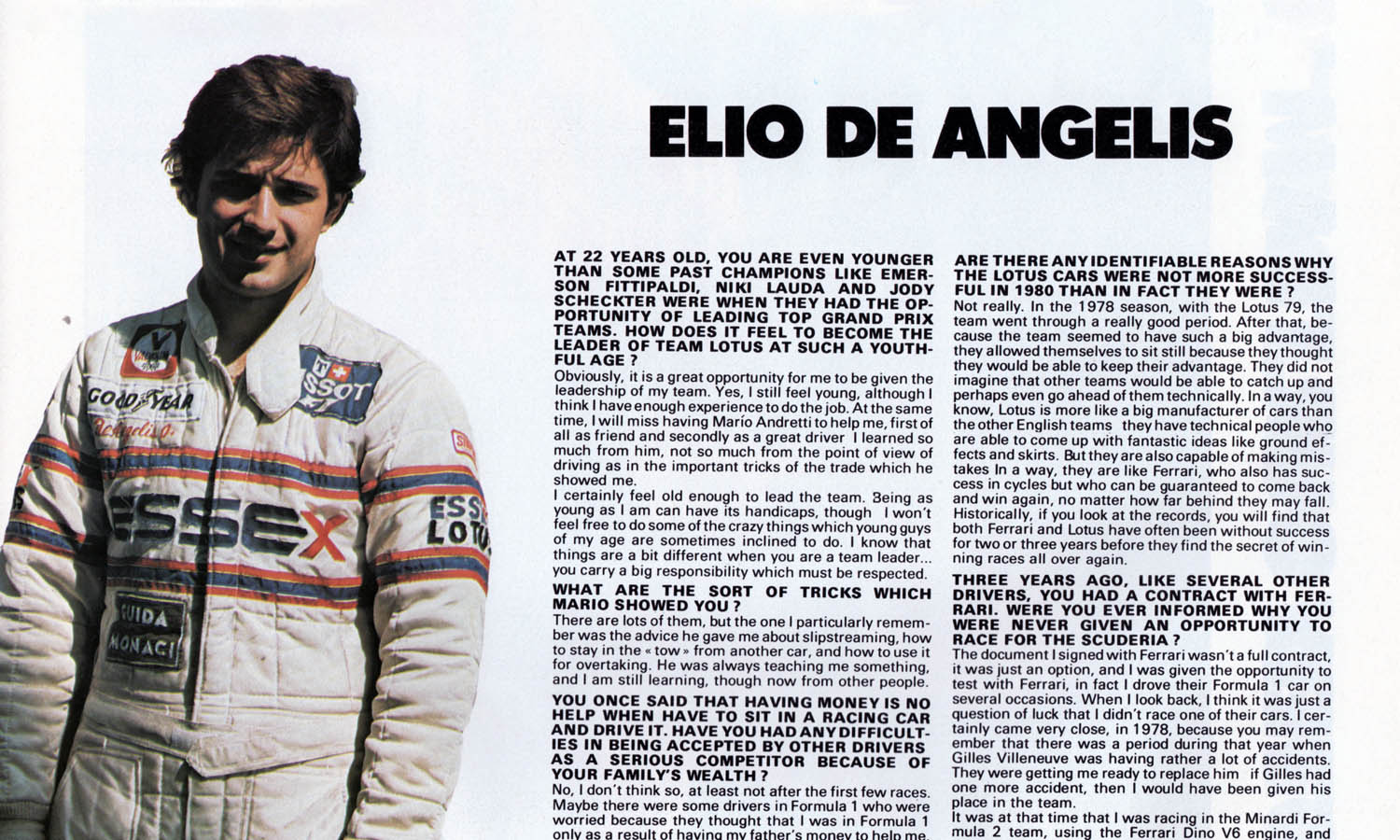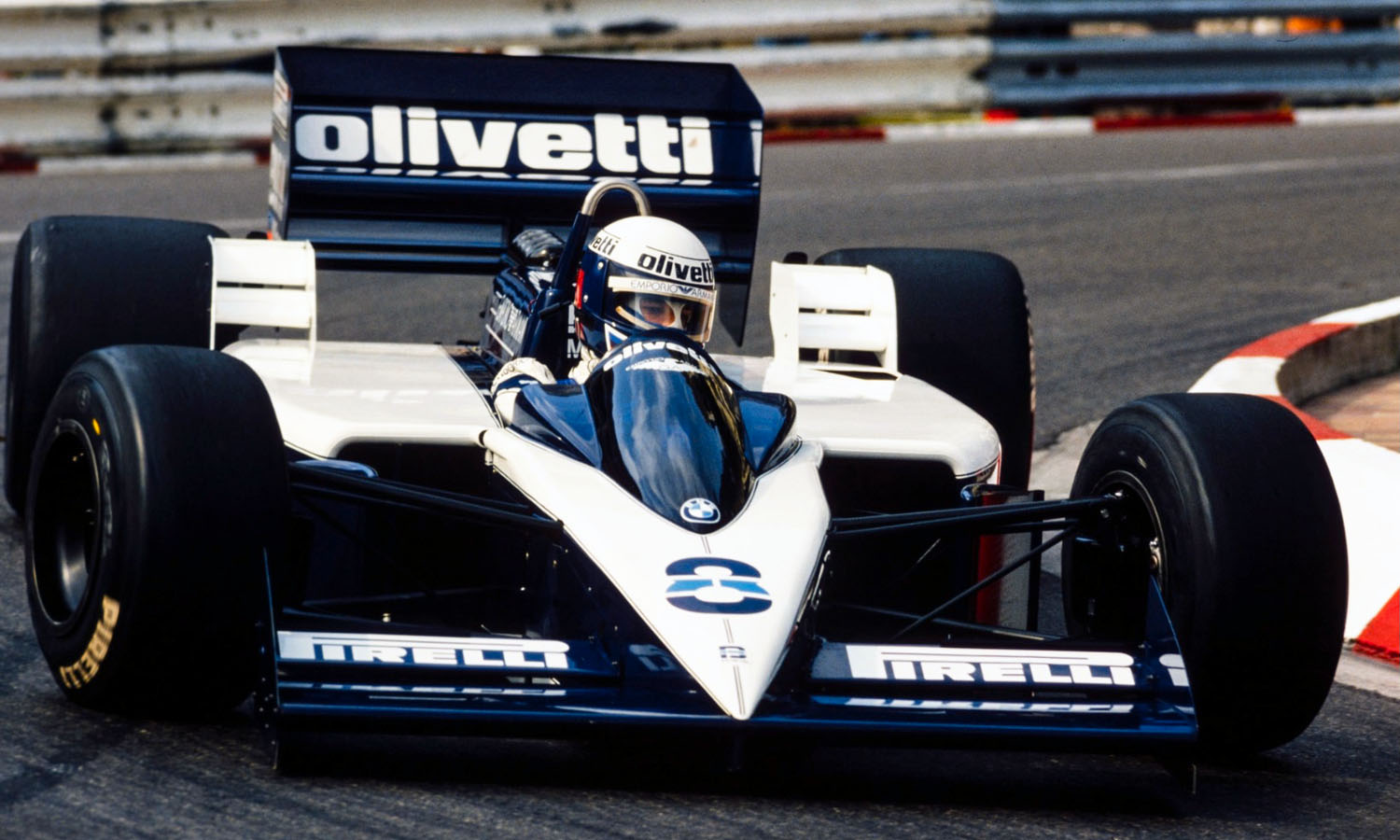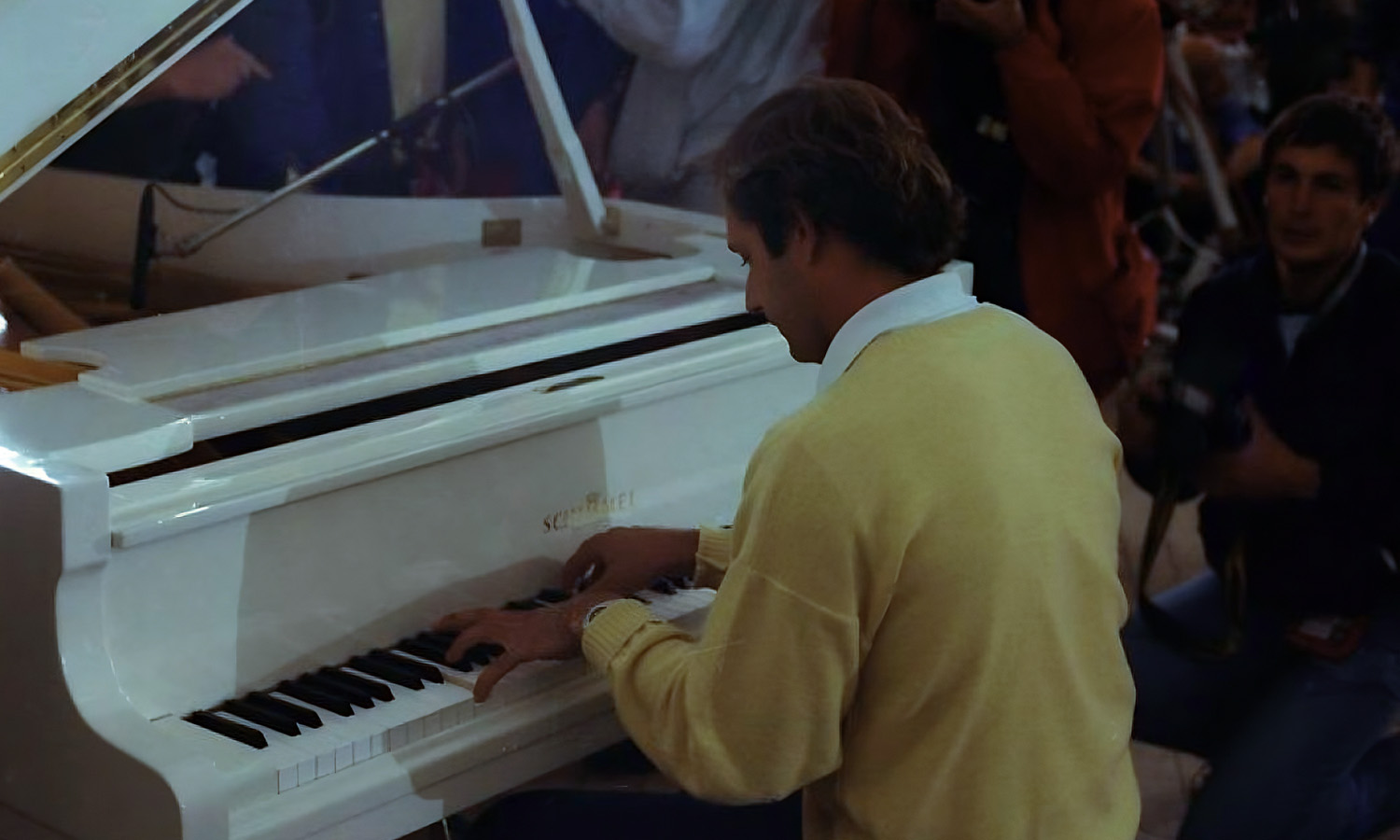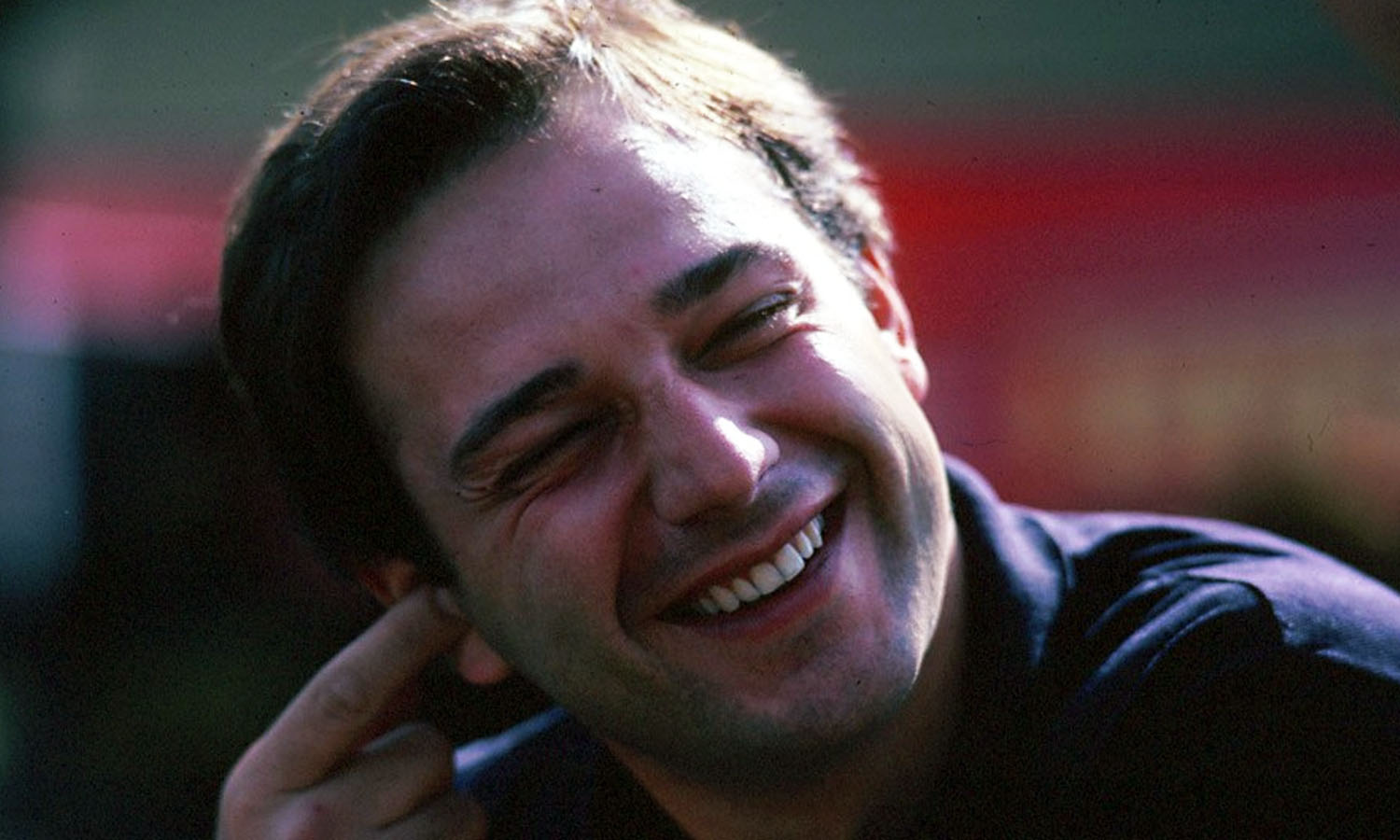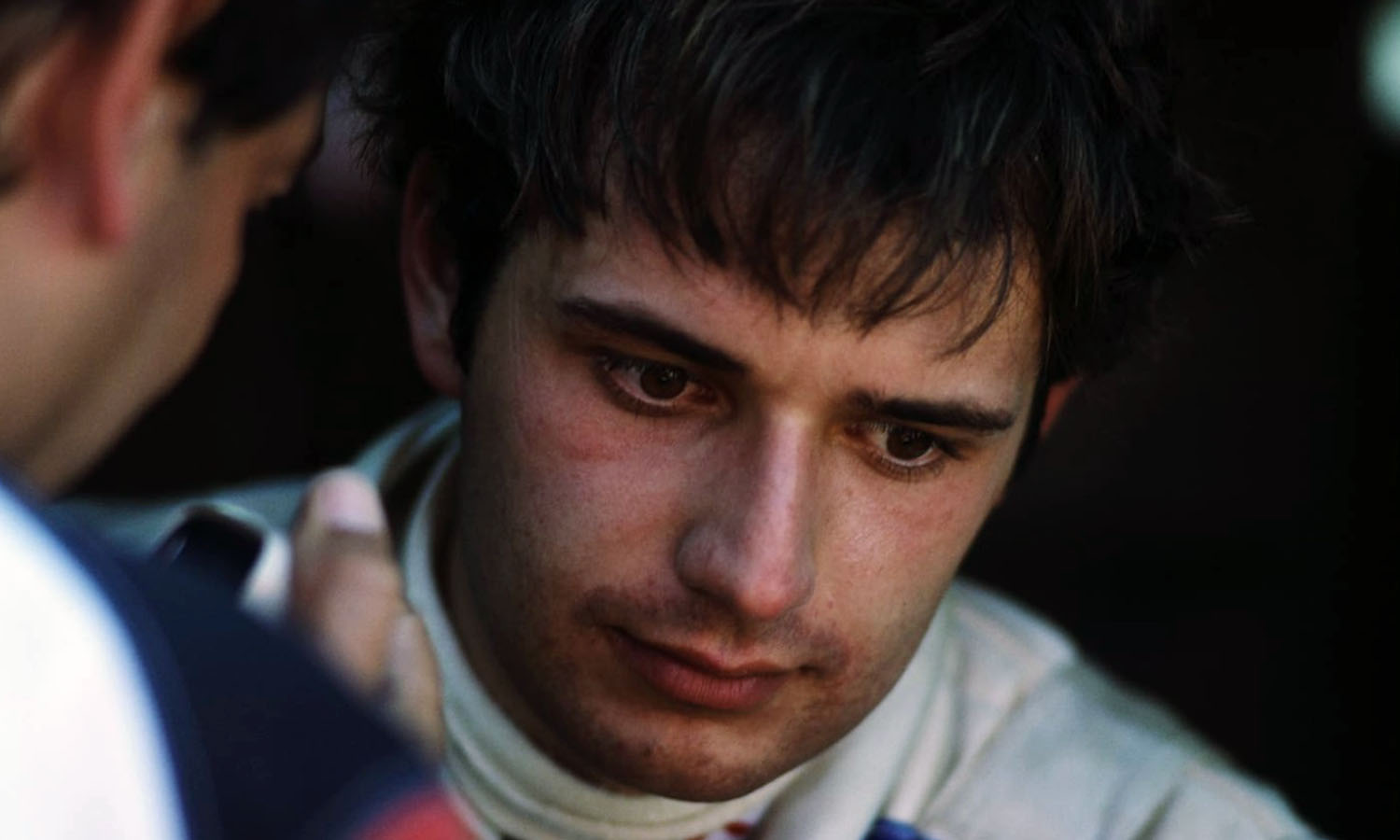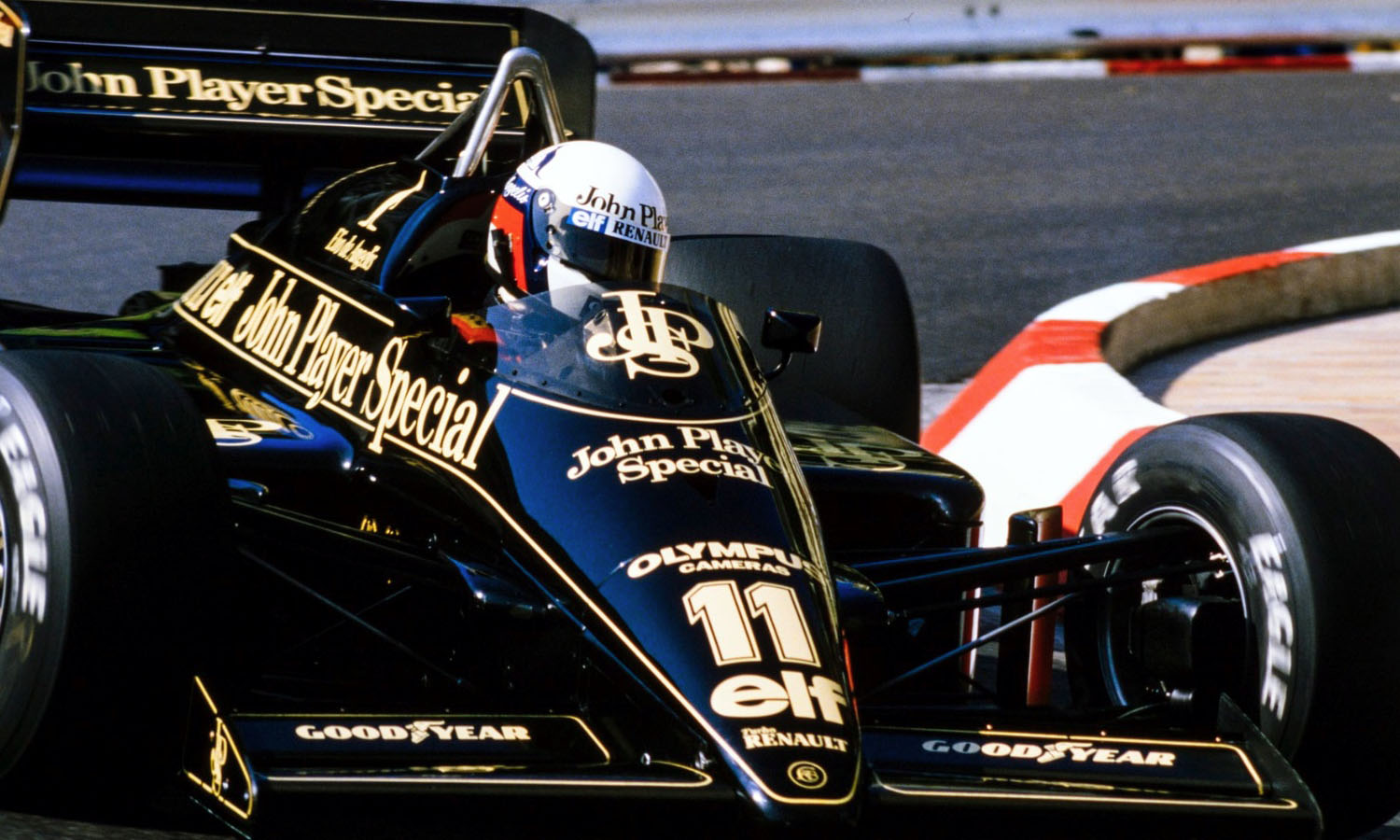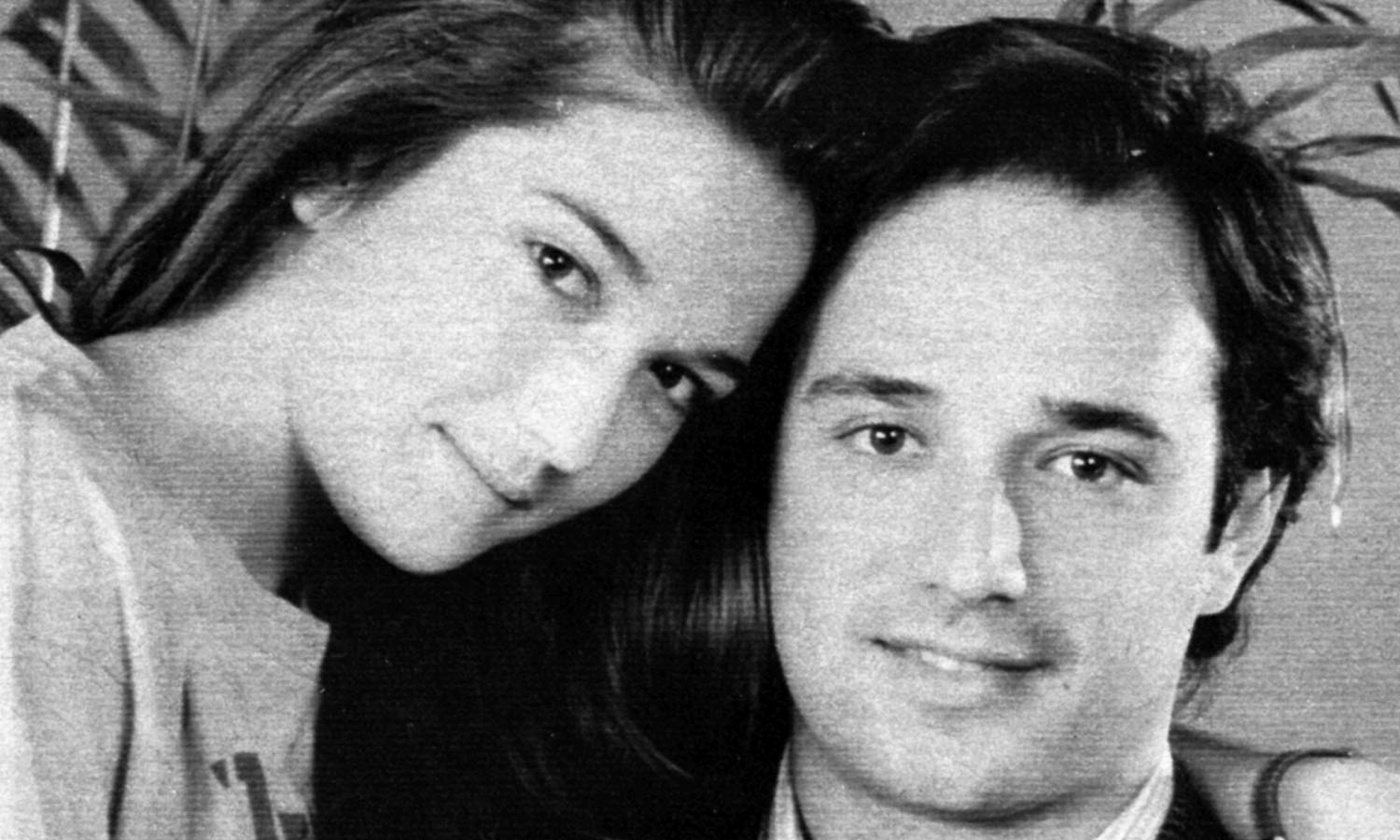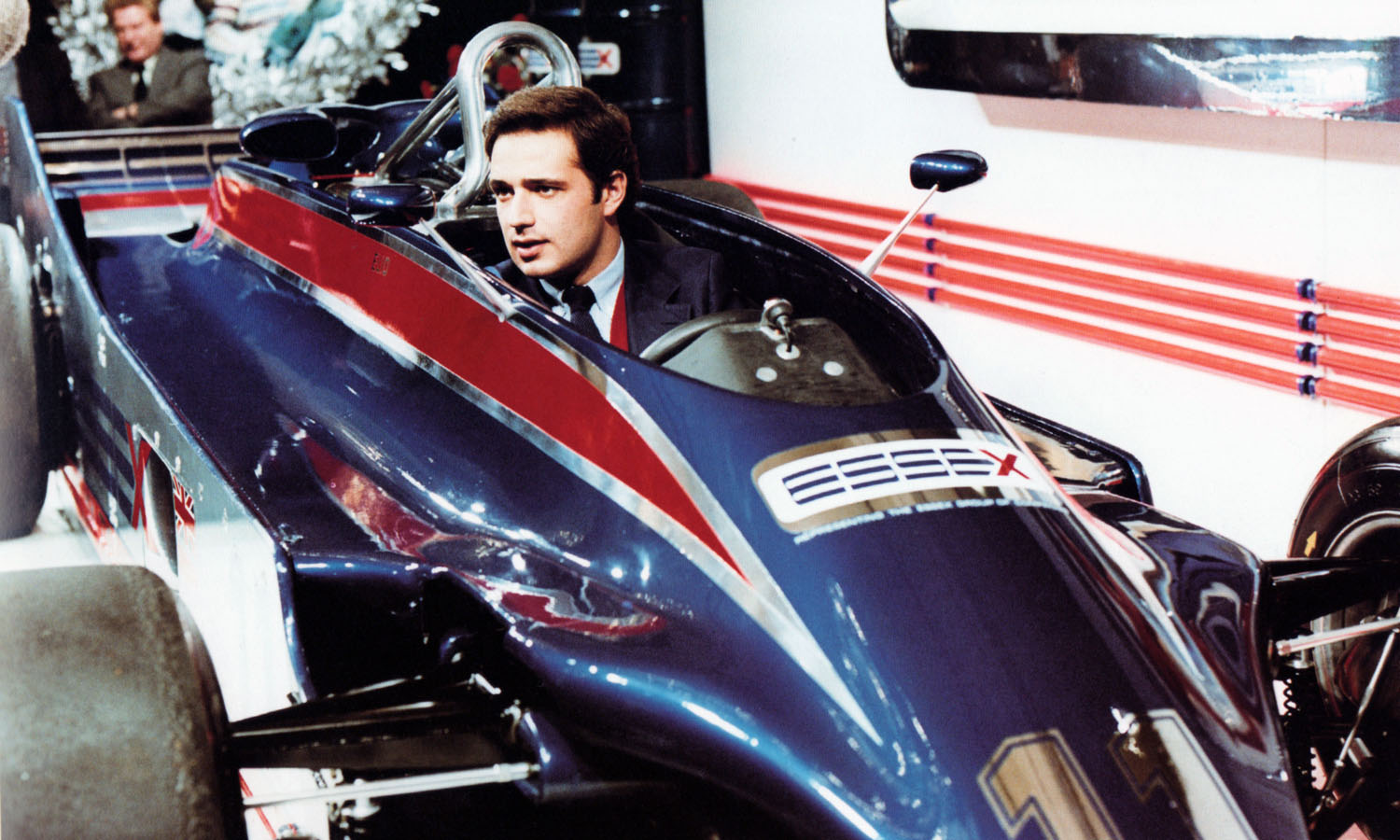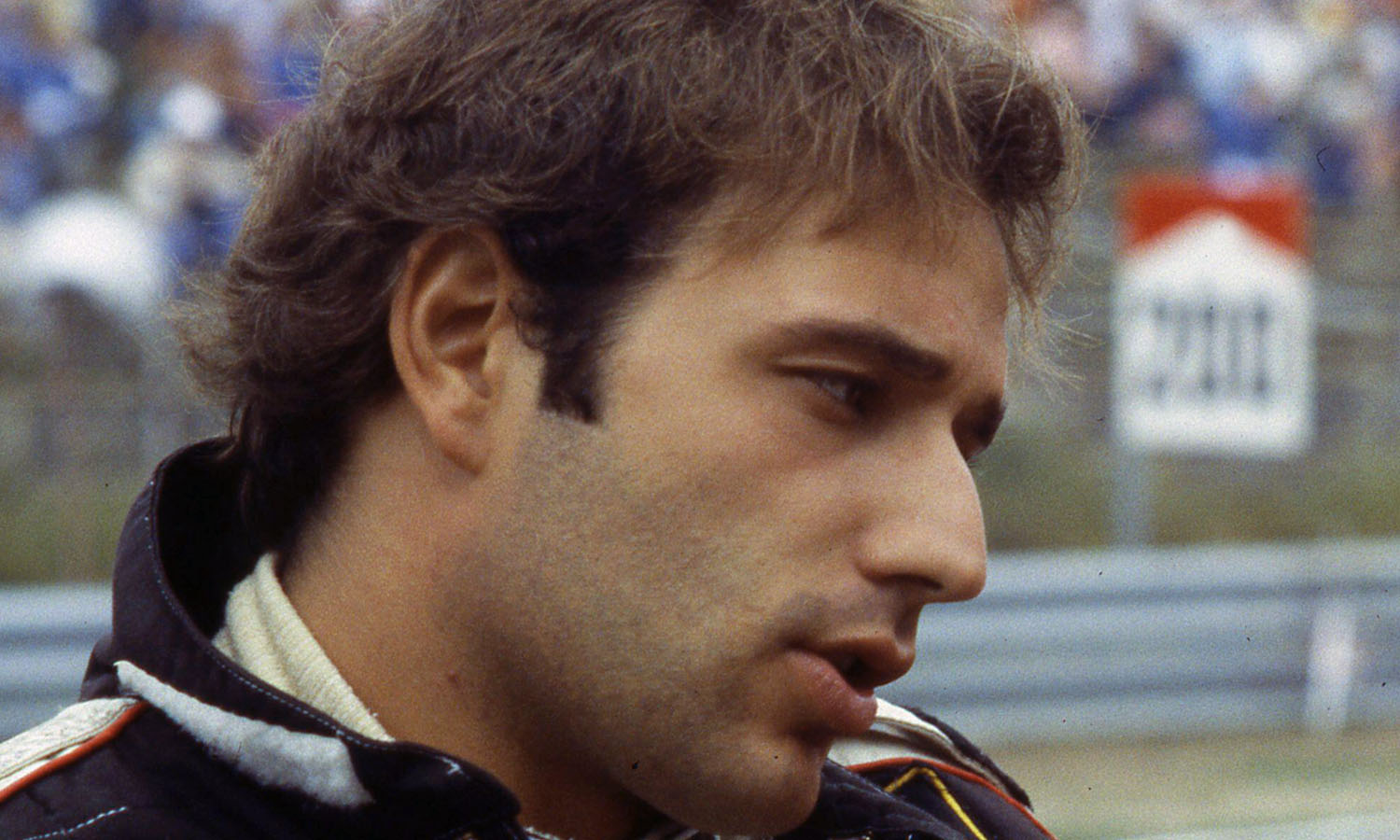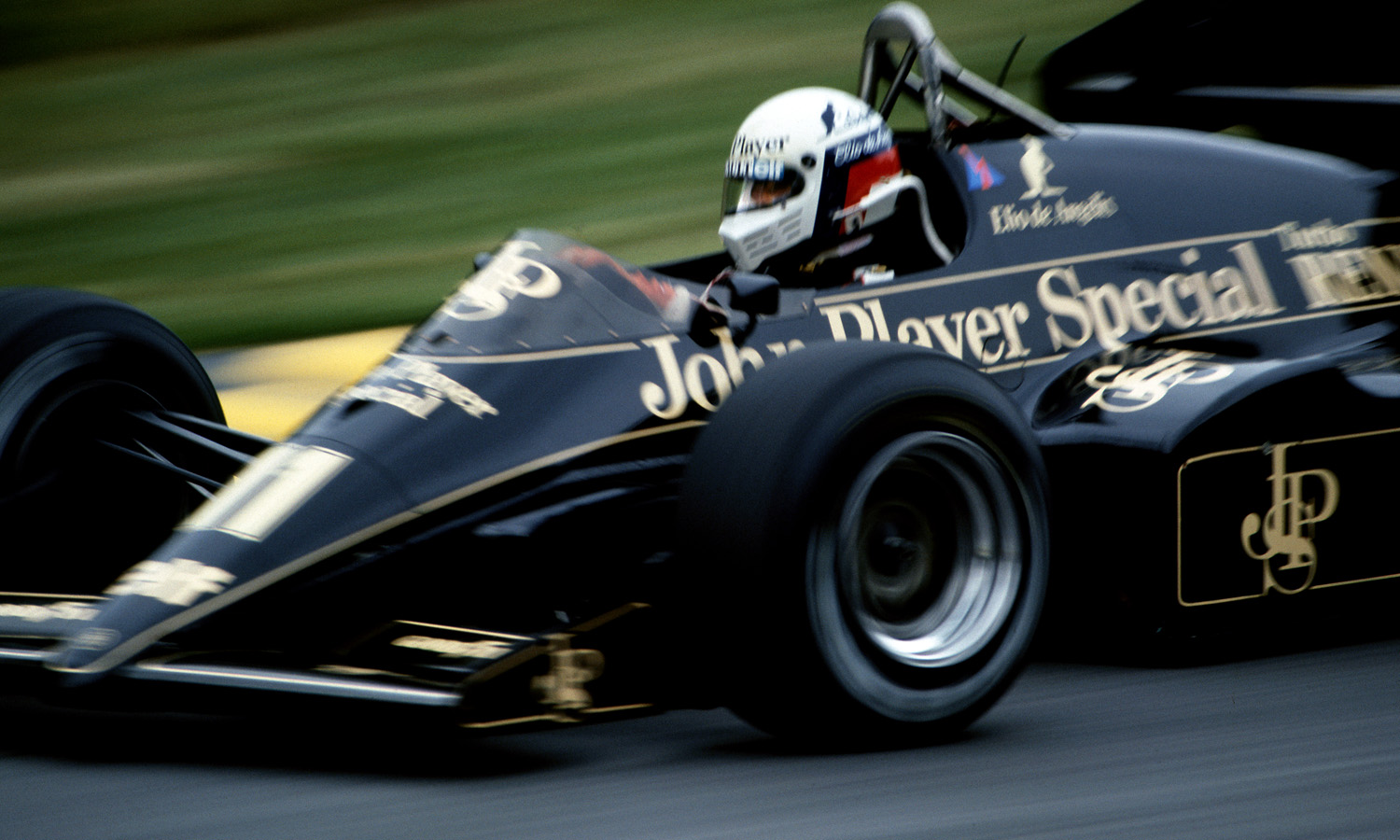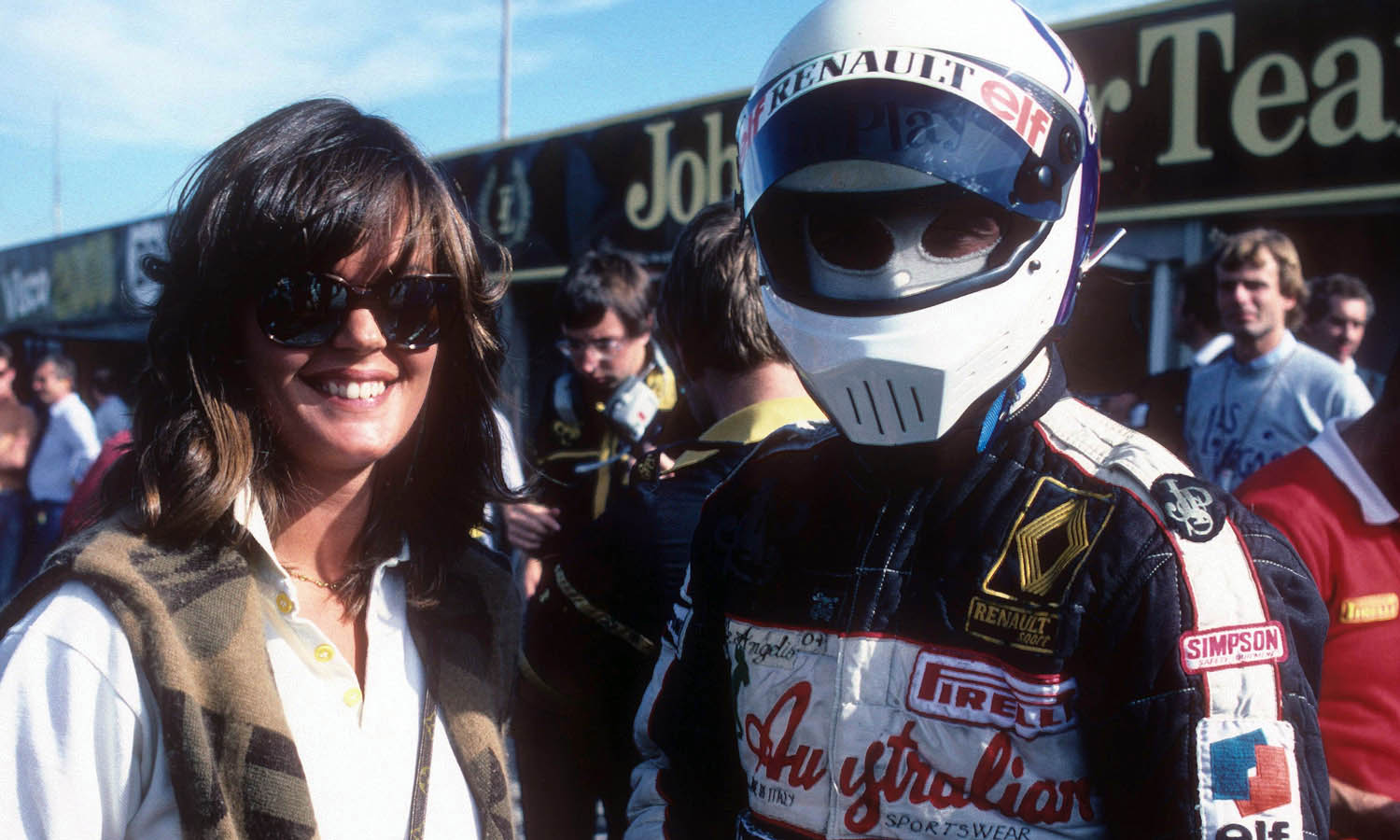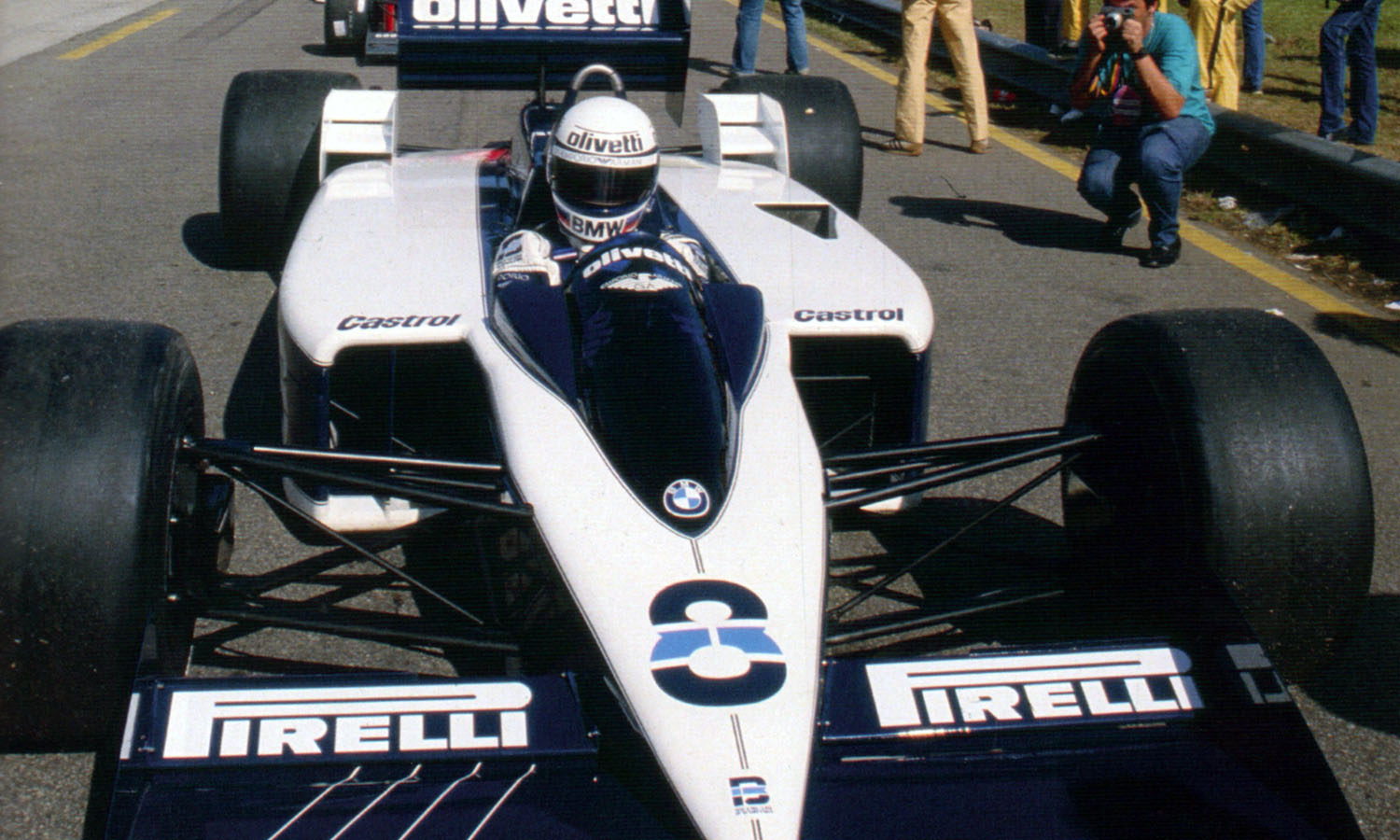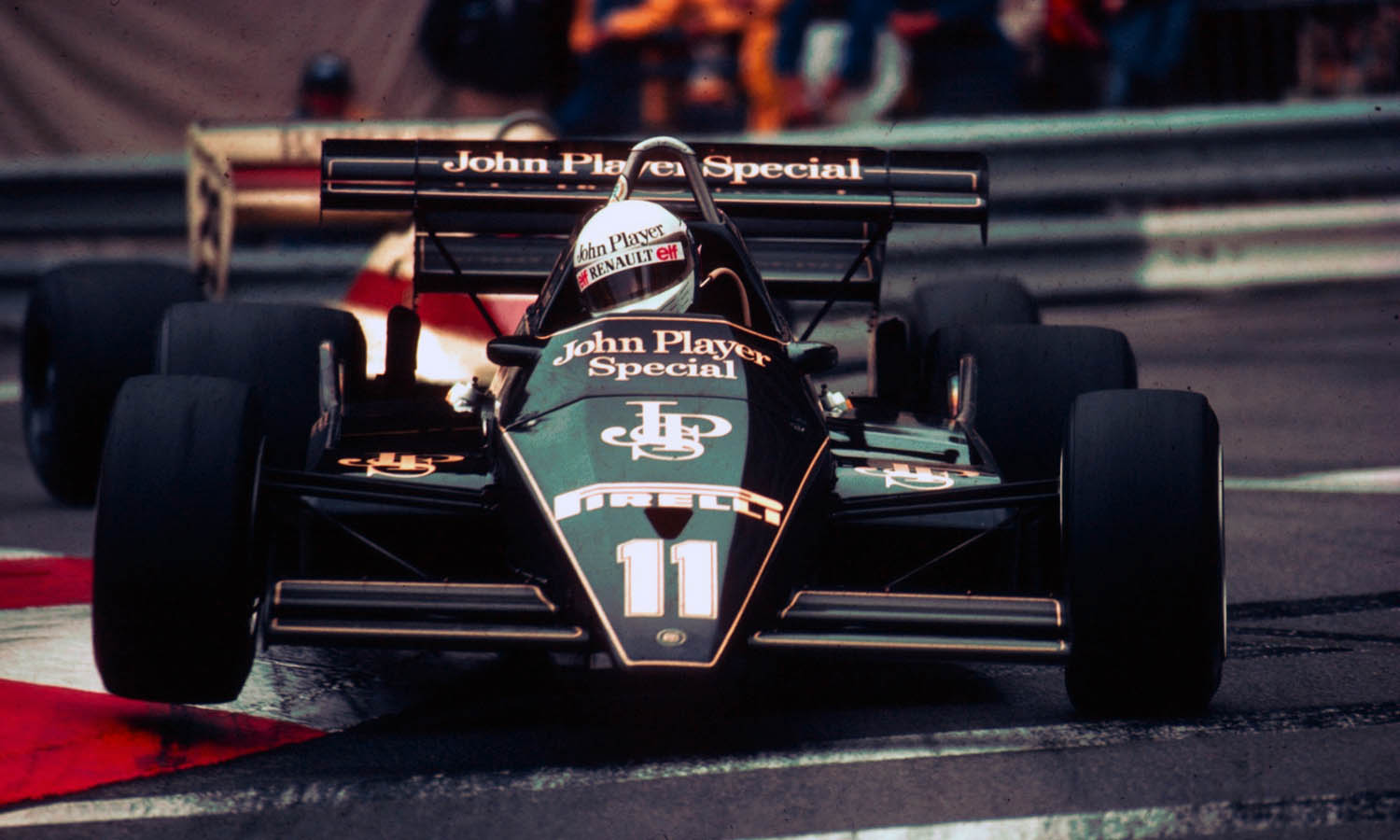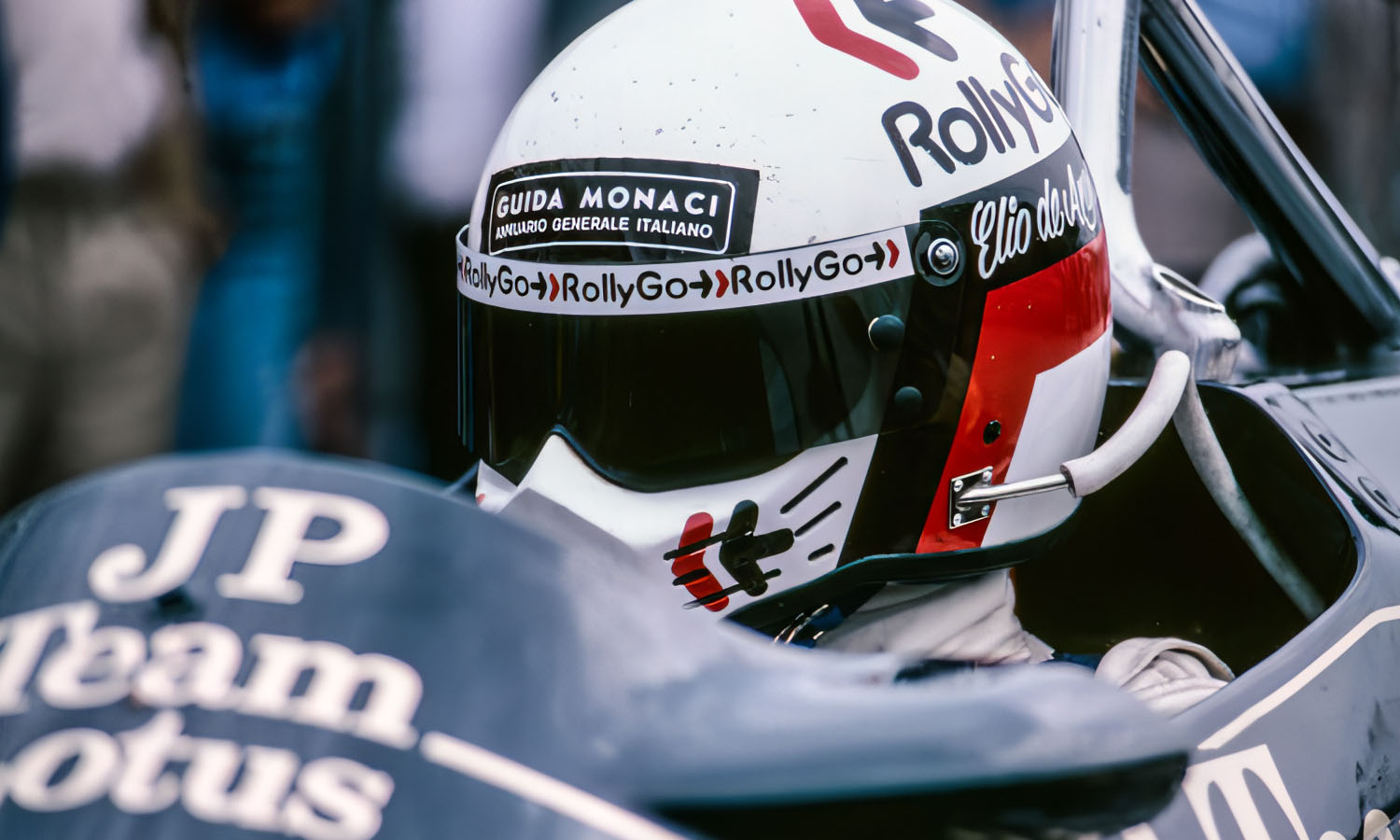On May 15, 1986, after an accident in a test, died an Italian driver full of talent and elegance, even away from the tracks. Here we tell you who he was, with the fond memory of Nigel Mansell, his team mate at Lotus.
Translated by this website
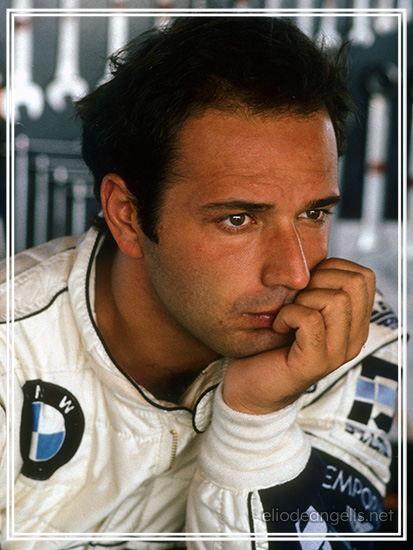
Thirty years have already passed. On May 15, 1986, Elio de Angelis, a Roman F1 driver, was the victim of an accident that occurred the day before during a test on the Paul Ricard track in France. He was 28, he had been racing in GPs since 1979 and had won two races, both at the wheel of a Lotus. An absurd and avoidable death, if analyzed with current safety standards. His departure from the track was caused by the detachment of the rear wing on his Brabham at the very fast esse of Verriere: the car overturned several times and ended its run upside down near the guardrail slowly catching fire. In the flight Elio had only broken a collarbone, but he was trapped in the cockpit for 10 long minutes: there were no marshals on the track and the first to arrive was wearing a T-shirt and shorts. Other drivers immediately arrived, Alan Jones and Alain Prost. Then Nigel Mansell and Keke Rosberg came running from the pits. But without fire extinguishers, due to the enormous heat, they could not get the driver out of the car. It then took another half hour before a helicopter landed capable of taking him to the hospital in Marseille. But the lack of oxygen and the gases he breathed in those 10 minutes were fatal. De Angelis was a great driver and a uncommon character:
From a good family, elegant, refined, he had earned the F1 thanks to the grit and speed shown in the minor formulas and certainly not for the economic means linked to his origins.
After his debut with the Shadow, he was chosen by the Lotus of the genius Colin Chapman, with whom he raced from 1980 to 1985, winning the Austrian GP in 1982 and that of San Marino in 1985. The following year he moved to Brabham, with whom his career ended tragically. Nigel Mansell, F1 world champion in 1992, his friend and team mate for four seasons in Lotus, wrote for us in memory of Elio.
Gianluca Gasparini
I met Elio for the first time – true I mean – in 1979, while he was doing a test at Paul Ricard, in France, which was used to assign a seat in Colin Chapman’s Lotus. I say true because I had already crossed paths with him, but without speaking to him, when he had turned up at Donington the year before to play a race in F.2, in which I had also raced exceptionally. Instead, in that practice session in France, it was December, we had more time: I was there too and he was playing, along with five other drivers, for a place in the team to become Mario Andretti’s team mate. A place he obviously conquered.
Our personal relationship began when Colin Chapman and Lotus – precisely as a result of that test – hired me too, first as a test driver and then as a regular driver. I did not find any problems in dealing with Elio because, when I joined him in the team for the 1981 World Championship, it was quite clear that he was the number 1 at that moment and I was the number 2 within the team. But it was not just that: in those years he was always direct and sincere with me and above all I found him a nice and charming character, which at that time was certainly not the norm for an F1 driver. Over time, we got closer and closer and in the last few months we understood each other very well and in a really profound way.
Elio was an excellent driver. He had a very precise and elegant driving style, to which he added the great passion that came from being Italian. If I have to compare our characteristics, I was driving a little more aggressively.
The best memories I have of the two of us are linked to the fun and the jokes because of what we were up to in those years, adventures I can’t write about here… But it was a beautiful and intense period. I liked Elio a lot as a person when we were team mates and we got even closer when I left Lotus and he started to suffer because of Peter Warr (who became head of the team after Chapman’s death at the end of ’82; ed):

The team hired Ayrton Senna and he suddenly understood what kind of situation I had to face before him, with Warr himself. So, he asked me for help and some advice in a difficult time for him.
But there was not only work: he was a guy full of charm, charismatic, he played the piano very well. For this reason, I liked the Elio driver, but the Elio man was even better. The incredible day, and I mean it from the most horrible of points of view, in which he had the accident that cost him his life at Paul Ricard is imprinted on my brain very clearly still today. And probably the same thing goes for Keke (Rosberg, F1 world champion in 1982 and father of Nico, who raced with Nigel to help unnecessarily de Angelis; ed). It was a moment that changed my life forever. A terrible loss for motor racing but also for humanity if you like.
He was a guy full of charm and charisma: I liked the Elio driver a lot but the Elio man was even better

Thirty years later I still miss him, but a kind of life-saving system makes me think of him still here with us. Although it was not an easy time to race, it was still races for real men: every time you entered the track you not only had to fight against the difficulties of driving but also with the real possibility that if something went wrong you could die.
Elio and I shared a lot of moments together, including the incredible experience in the ocean in Rio, Brazil, when we rescued Peter Collins, our team manager at Lotus, from drowning.
I must say that when we raced in F1 both he and I – from the final part of the 70s, during the following decade and up to the beginning of the 90s – motor racing was particularly dangerous. And I am very happy and relieved for today’s drivers: through the personal sacrifice of many people, the technology and safety of the cars have grown, and the circuits were reviewed and modernized by F1 and the International Automobile Federation. Now, by comparison, racing is much safer, even if we must never forget that it always remains potentially lethal.
© 2016 Sport Week • By Gianluca Gasparini and Nigel Mansell • Published here for entertainment and educational purposes, no copyright infringement is intended

